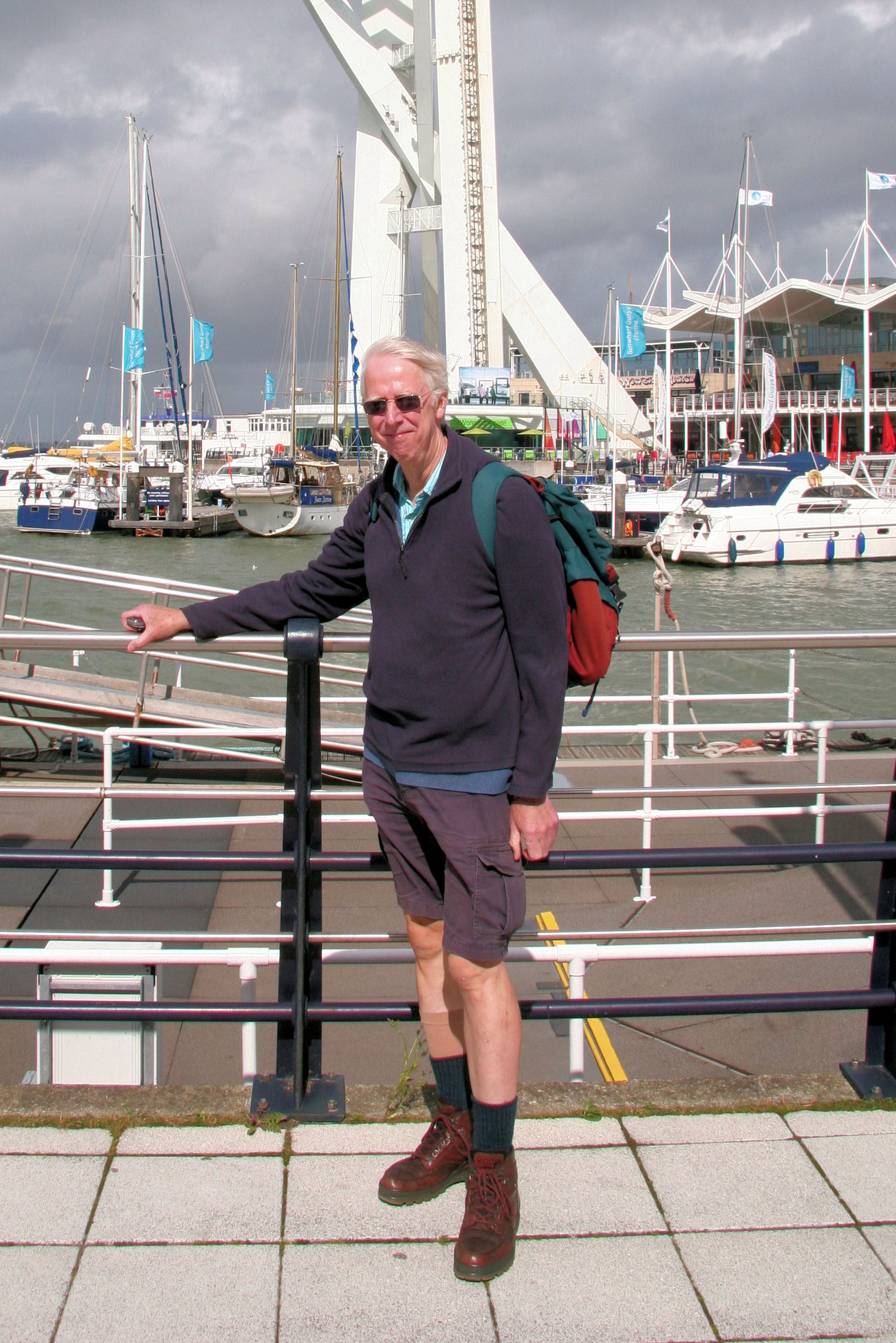
We arrive in Portsmouth and are delighted to find our official guide there to welcome us. What a fine figure of a man!
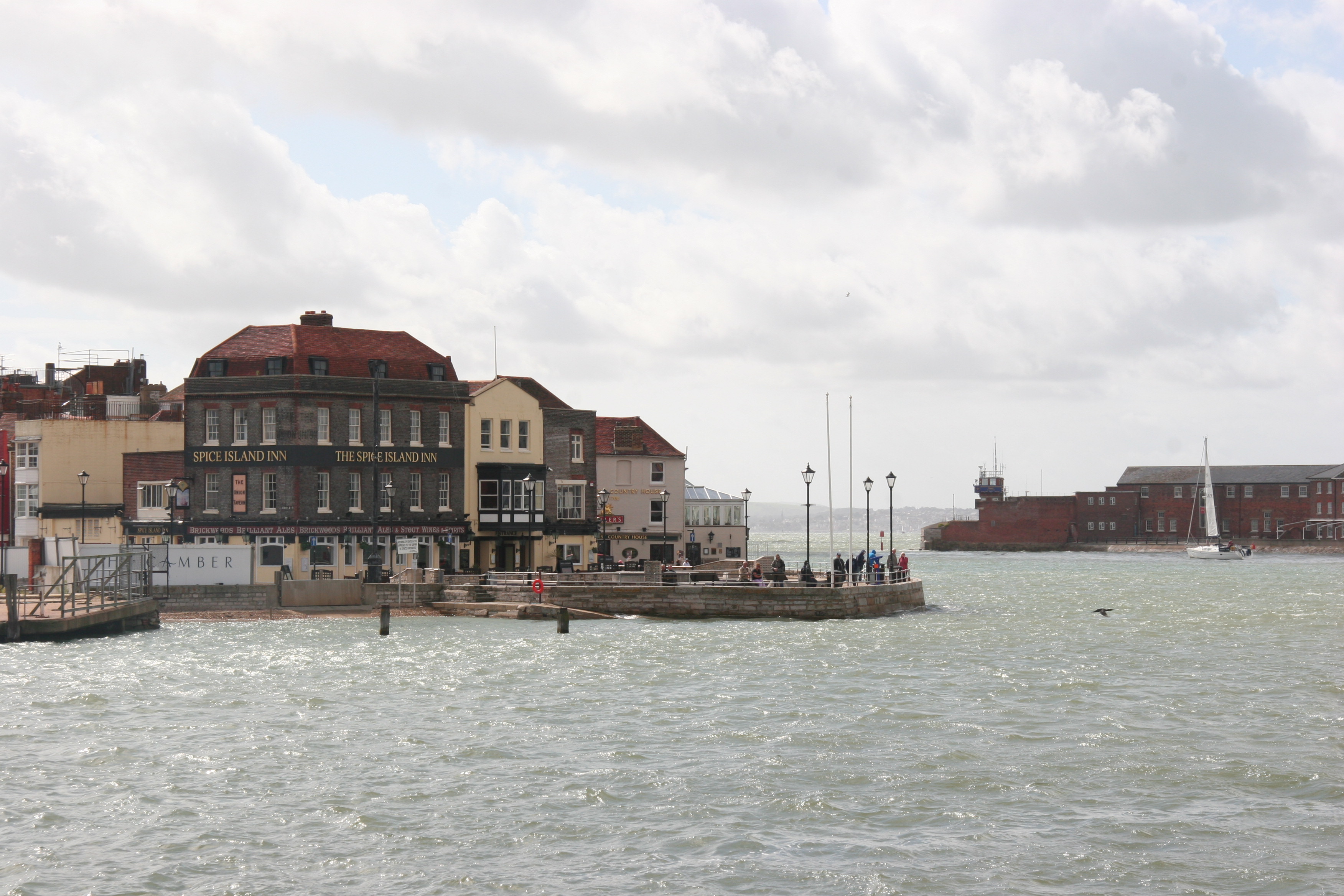
After lunch In "The Spice Island Inn, we boarded the Pont Avon, the Brittany Ferries flagship, sailing from Portsmouth to Santander, where we would arrive just over twenty four hours later.
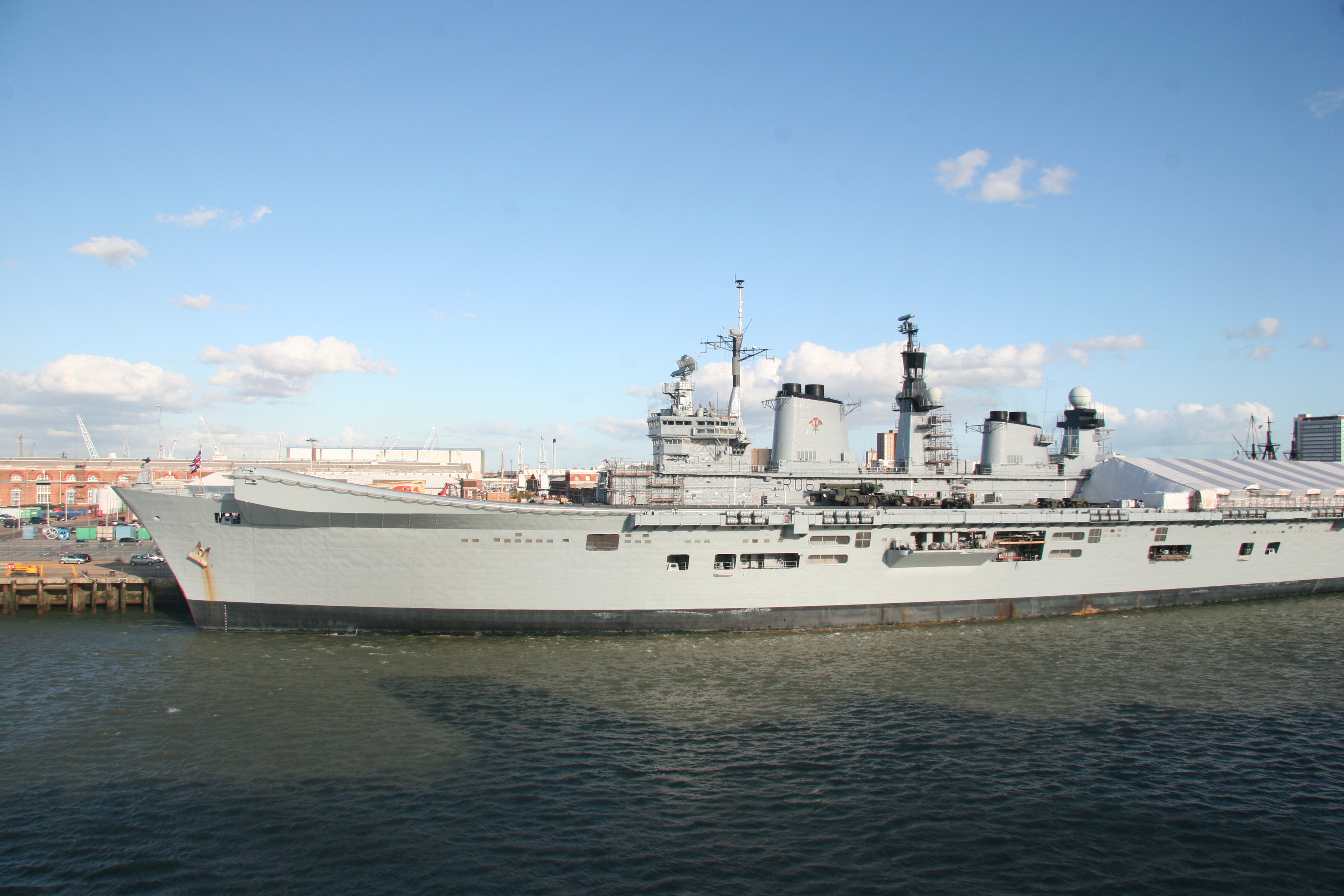
Several warships were in port...
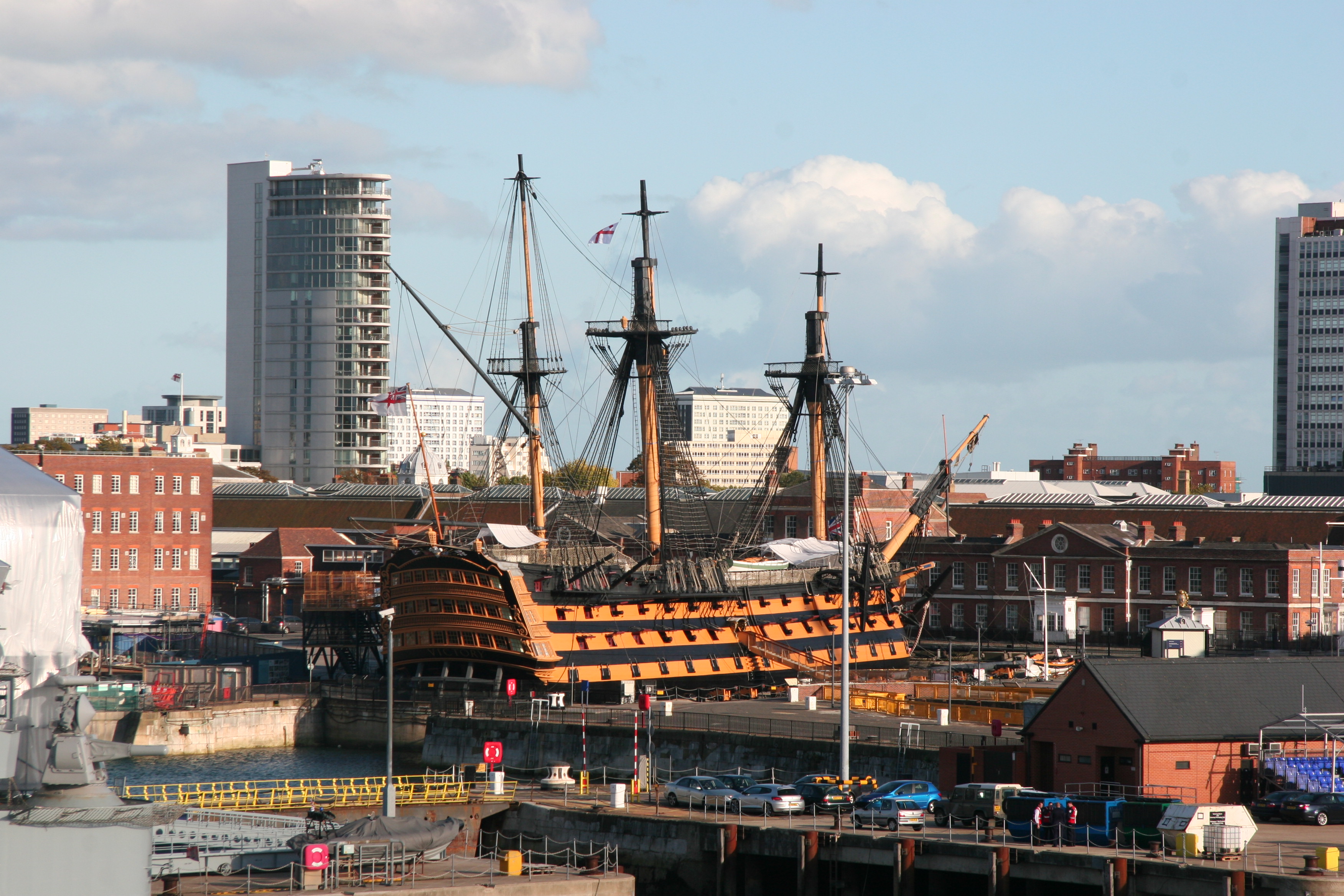
...including this one.
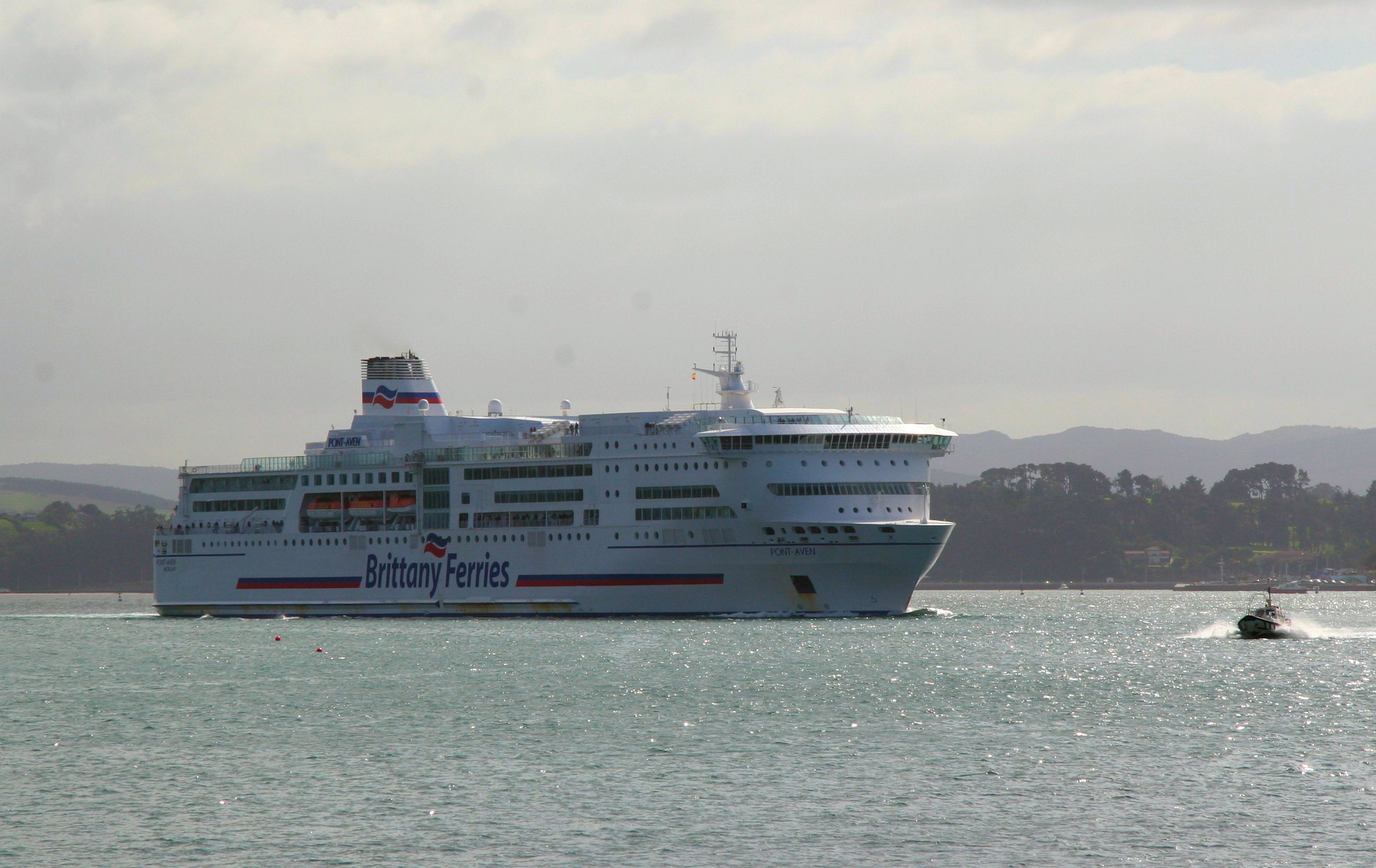
The Pont Avon arriving at Santander.
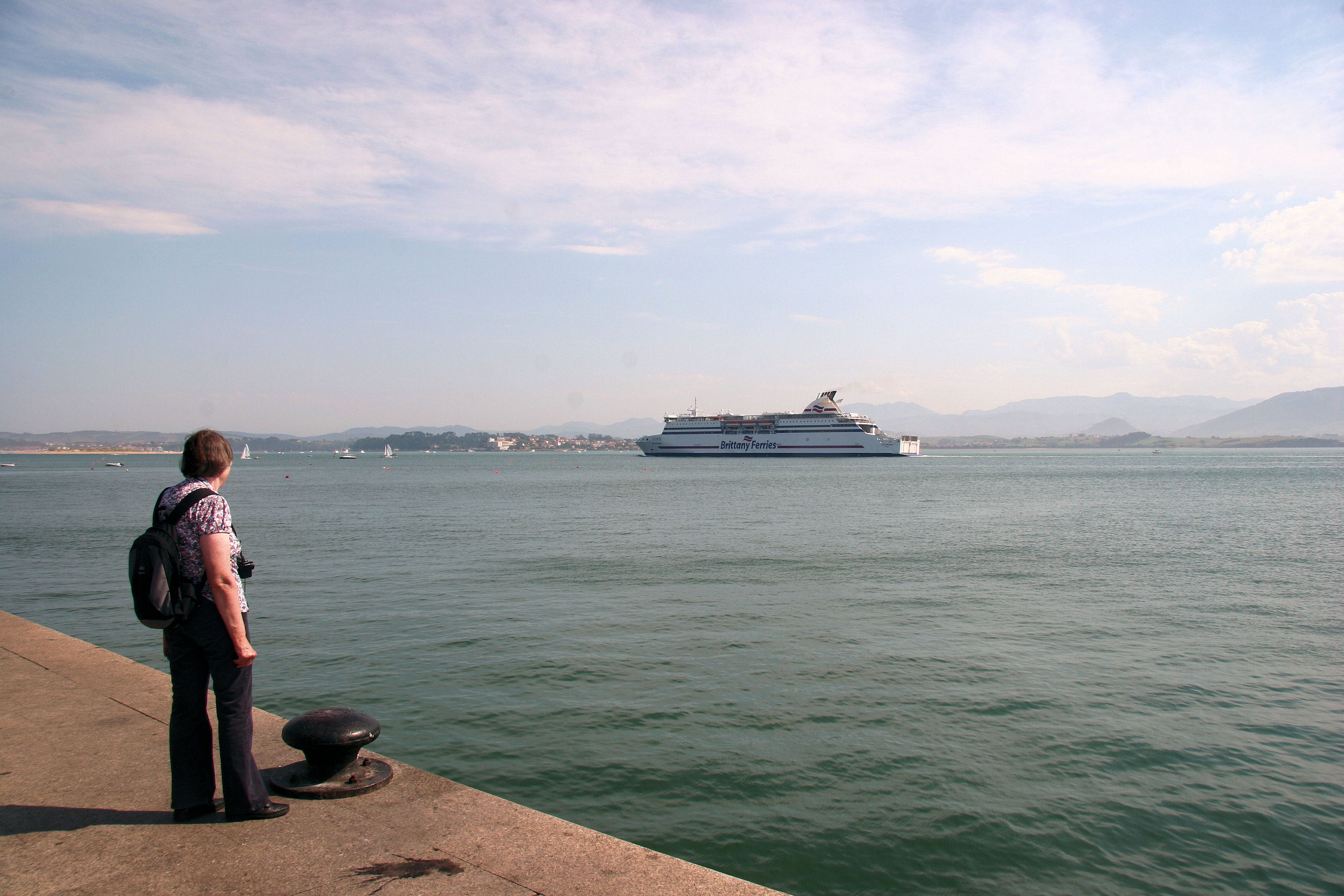
Santander has a ferry service to Portsmouth and Plymouth. This is Cap Finisterre leaving for Plymouth.
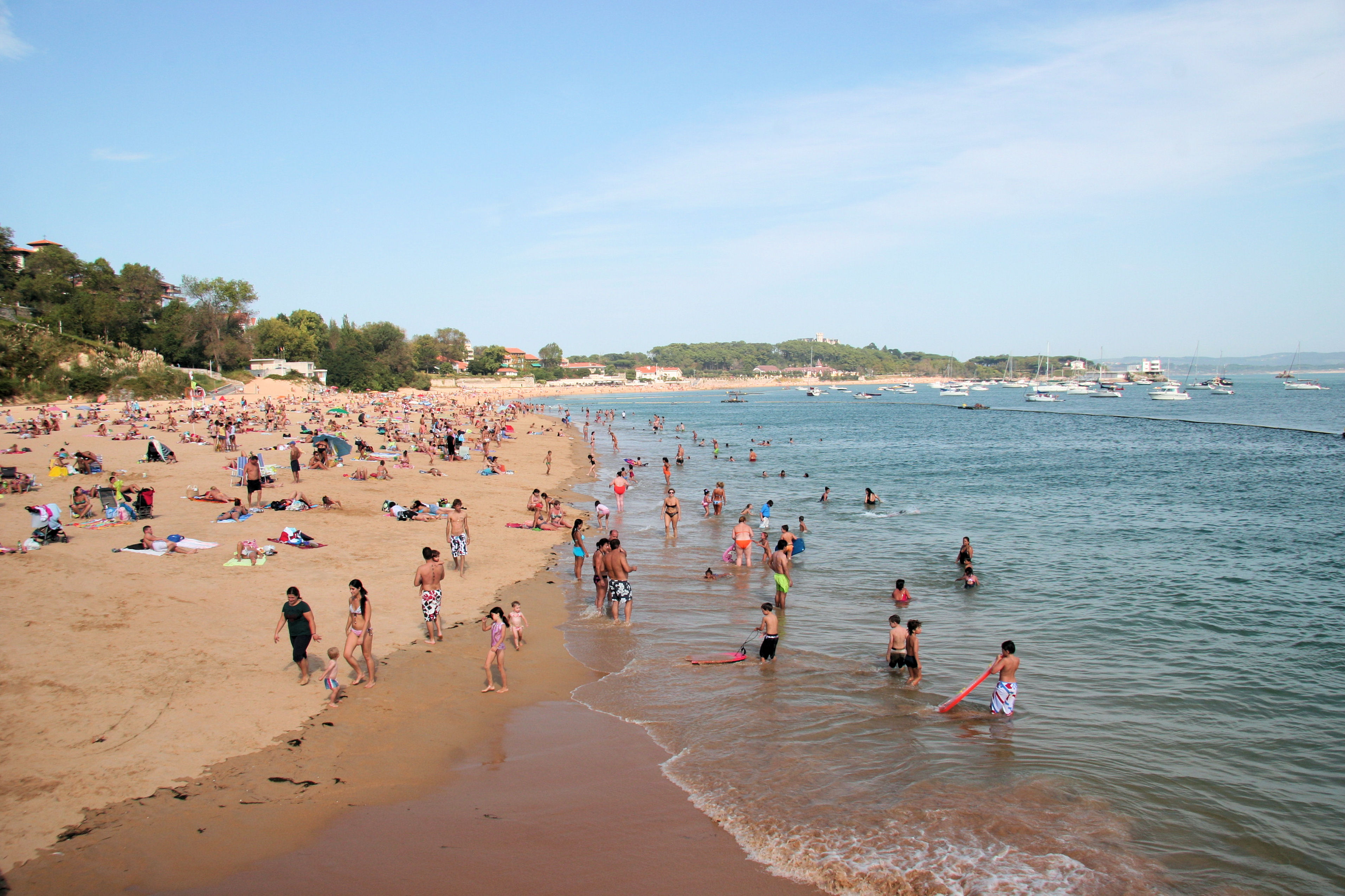
As well as a busy ferry and commercial port, Santander is a traditional holiday resort. This was at the weekend and most of those enjoying the beach are locals.
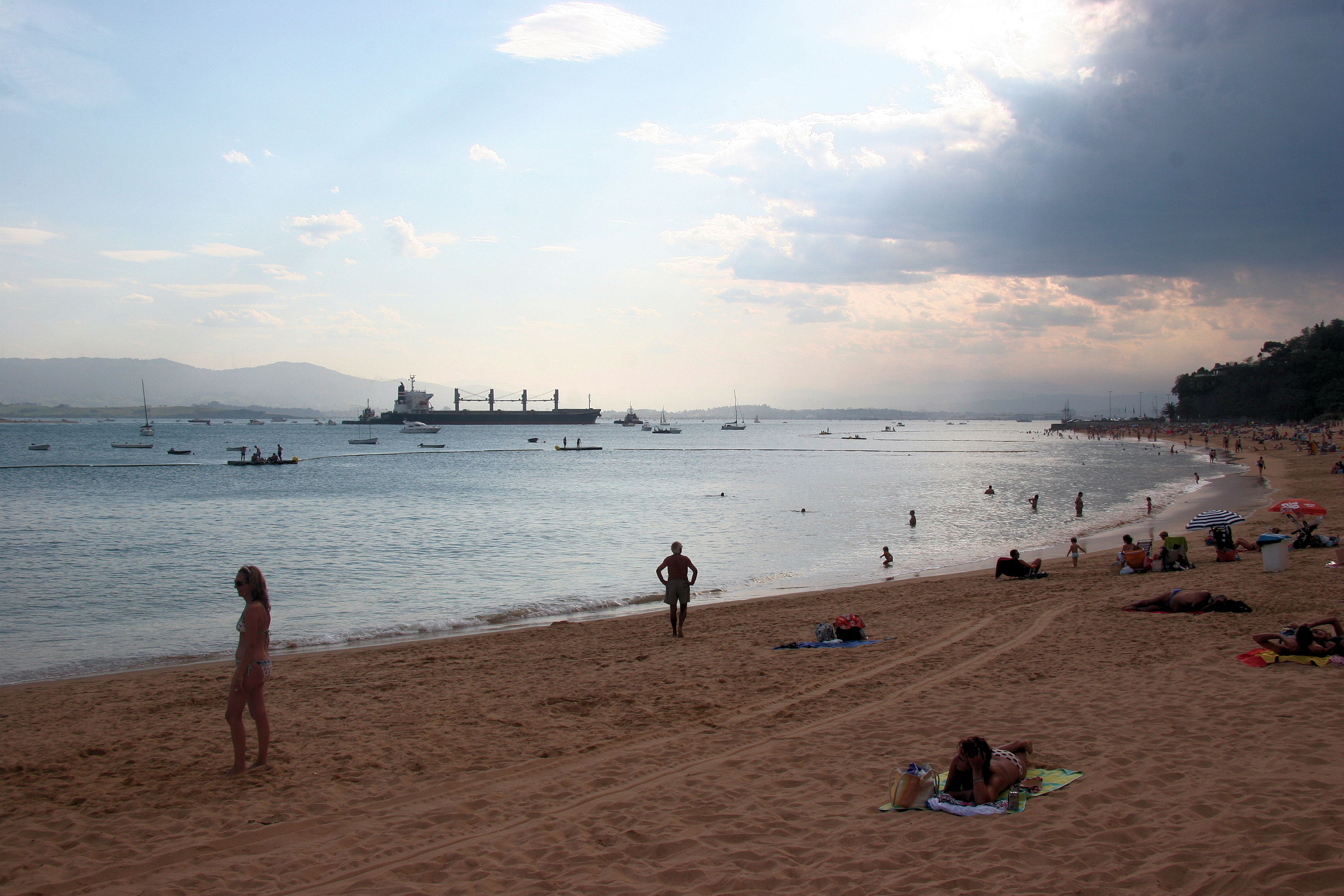
A thunder storm threatens as we return from our walk and the crowded beach quickly clears.
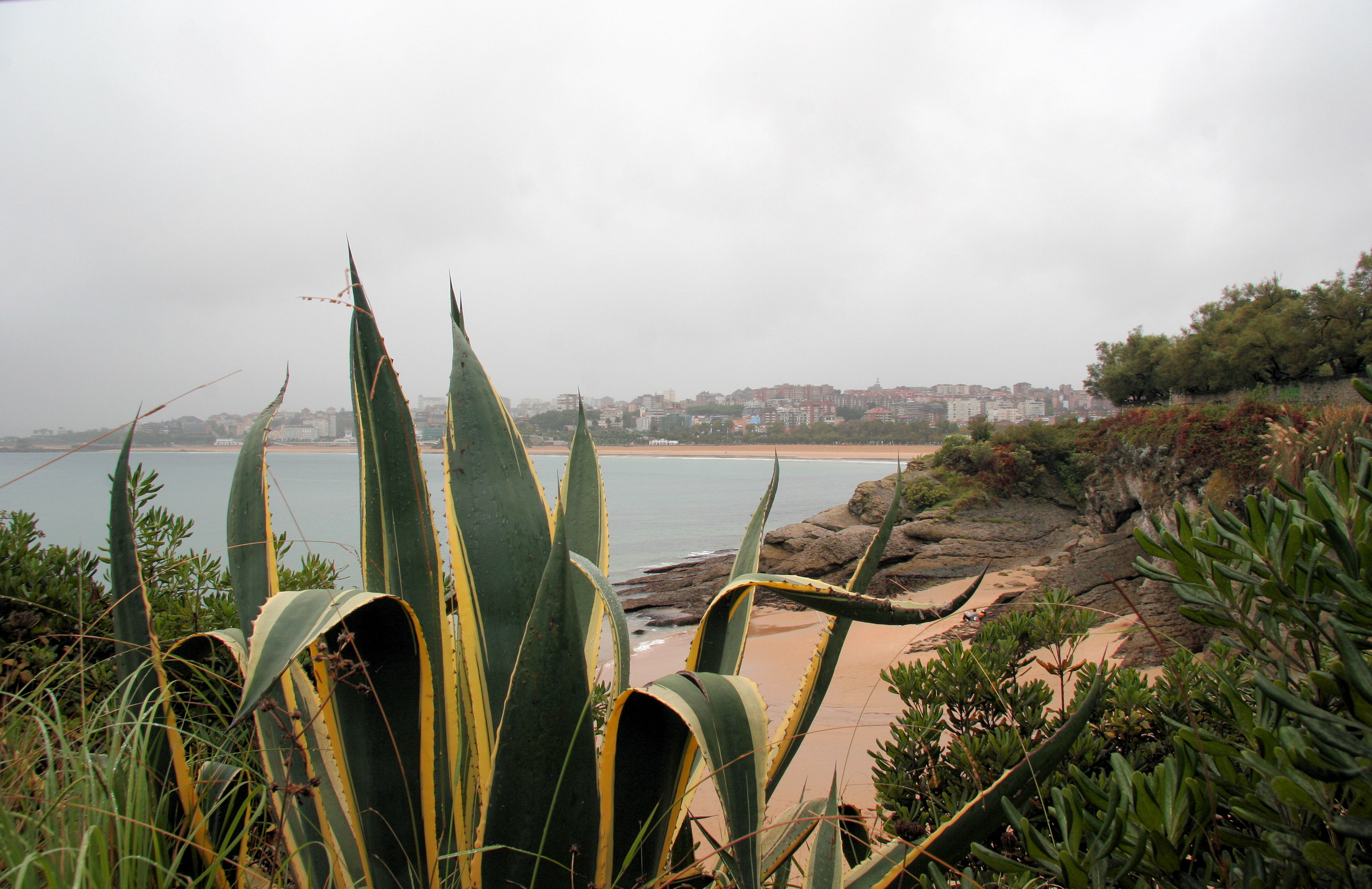 A longer walk along the coast took us past several attractive bays and headlands.
A longer walk along the coast took us past several attractive bays and headlands.
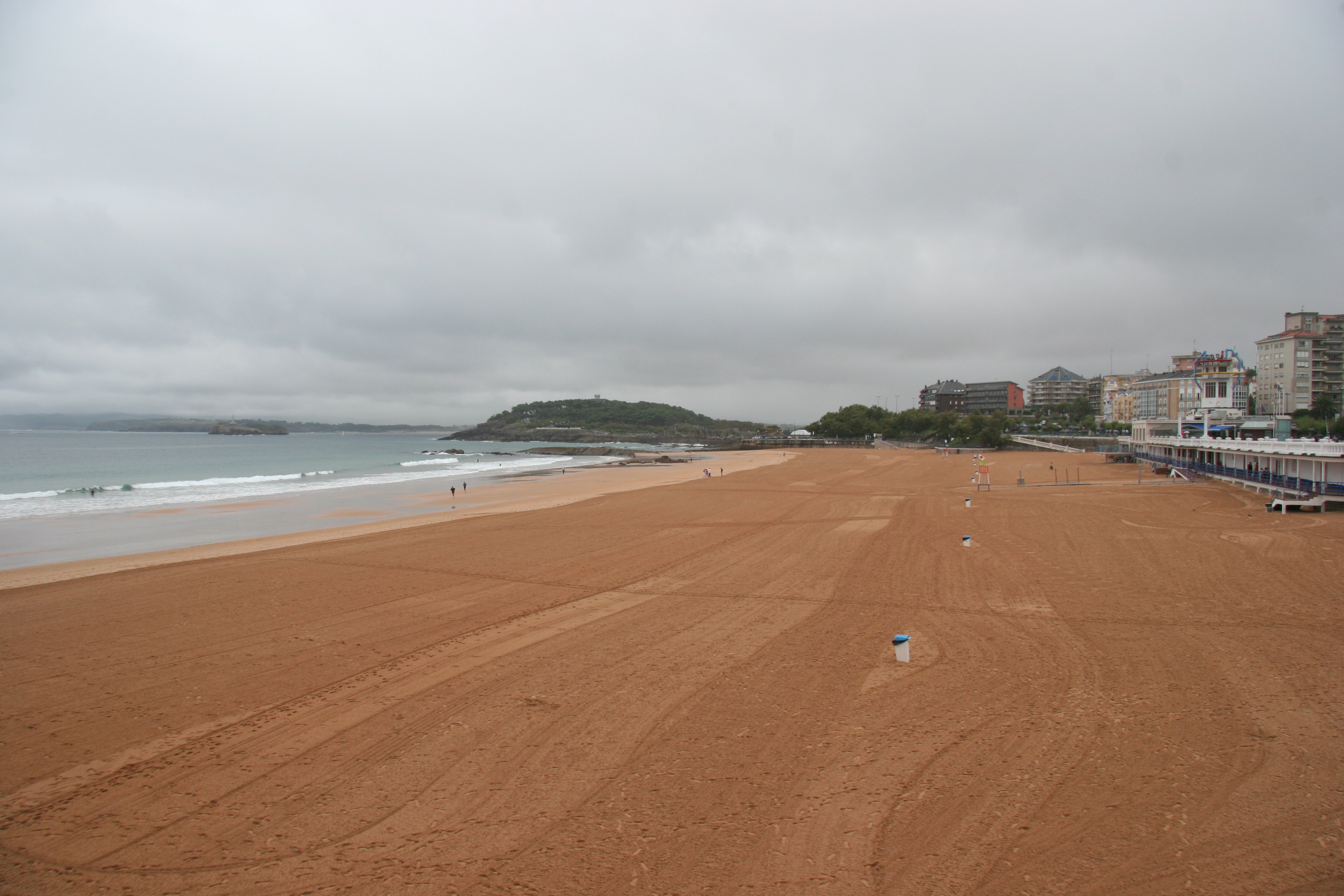
It is much quieter because this was a working day, and the weather has changed. This beach has been ploughed, and probably produced a fine crop of plastic which will now not end up in the sea. Well done Santander! In 2005 you are ahead of your time.
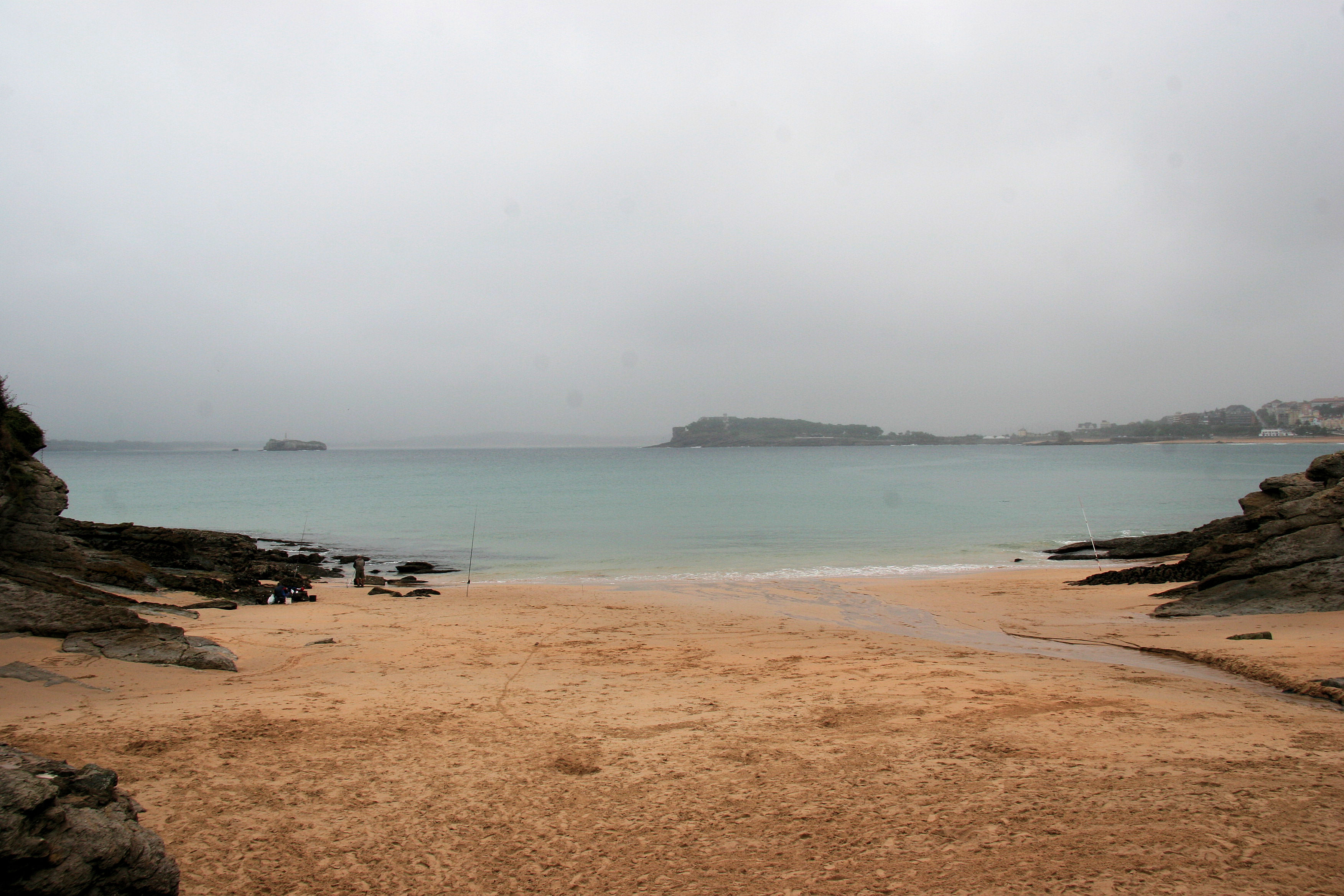
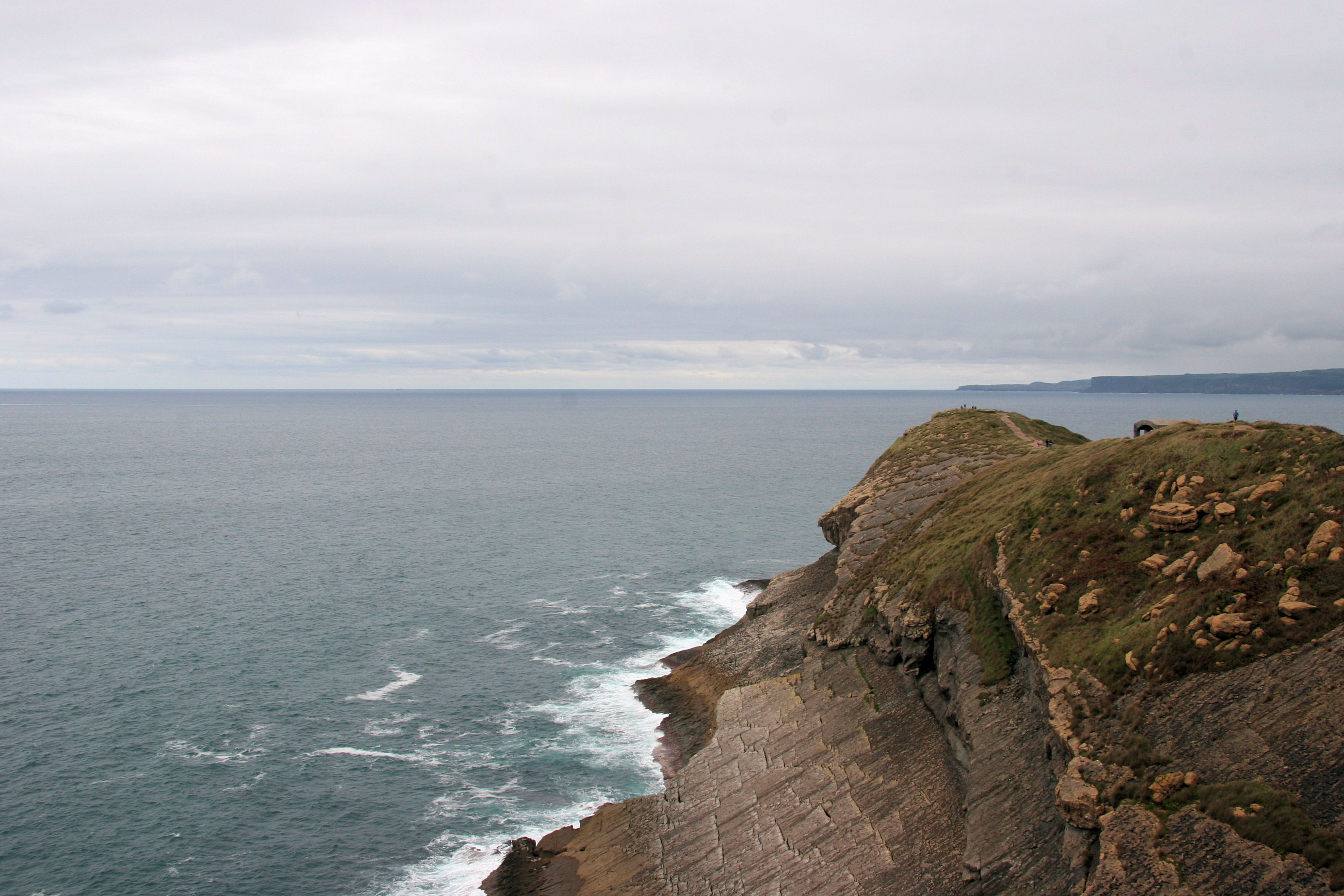
The geology was quite fascinating...
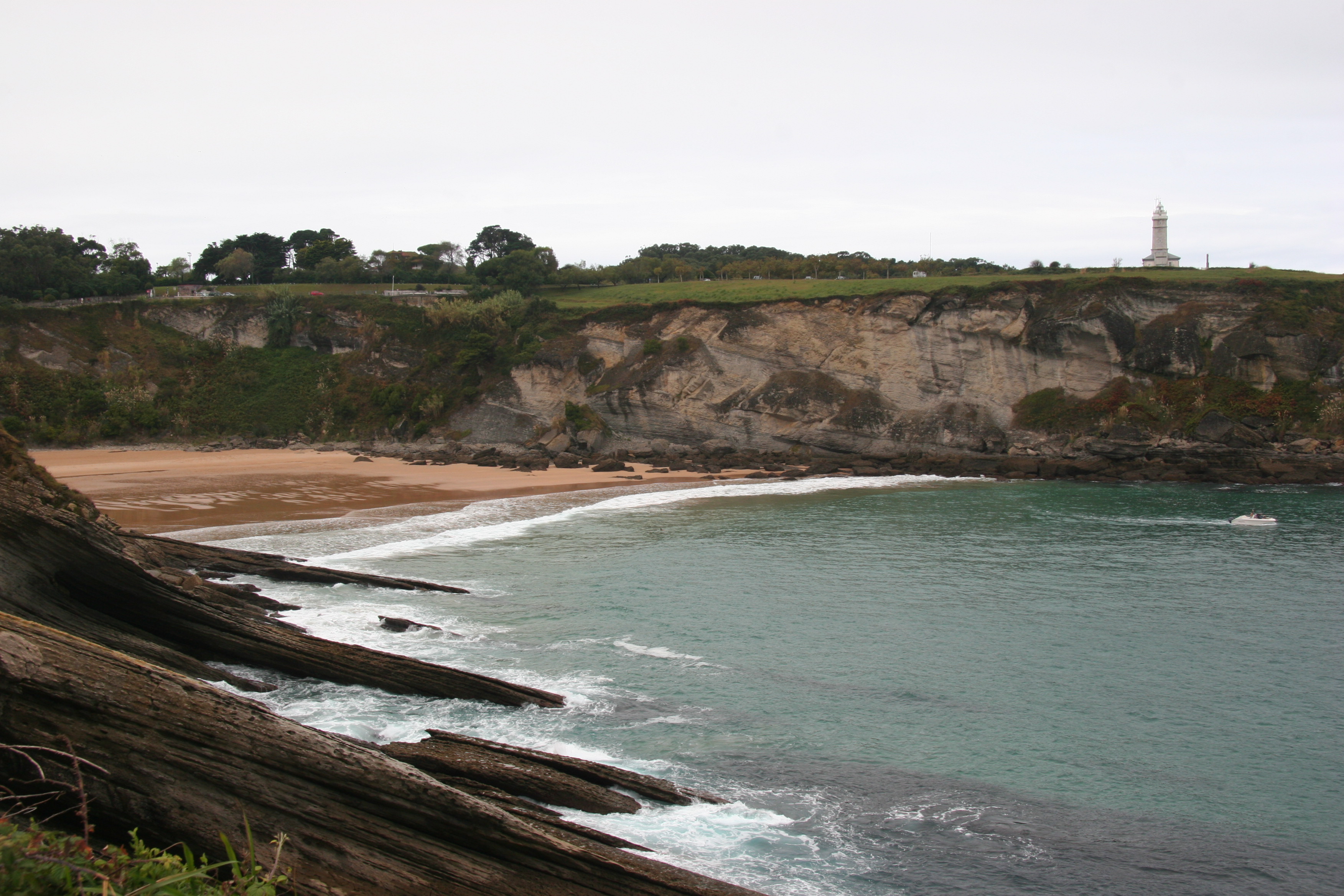
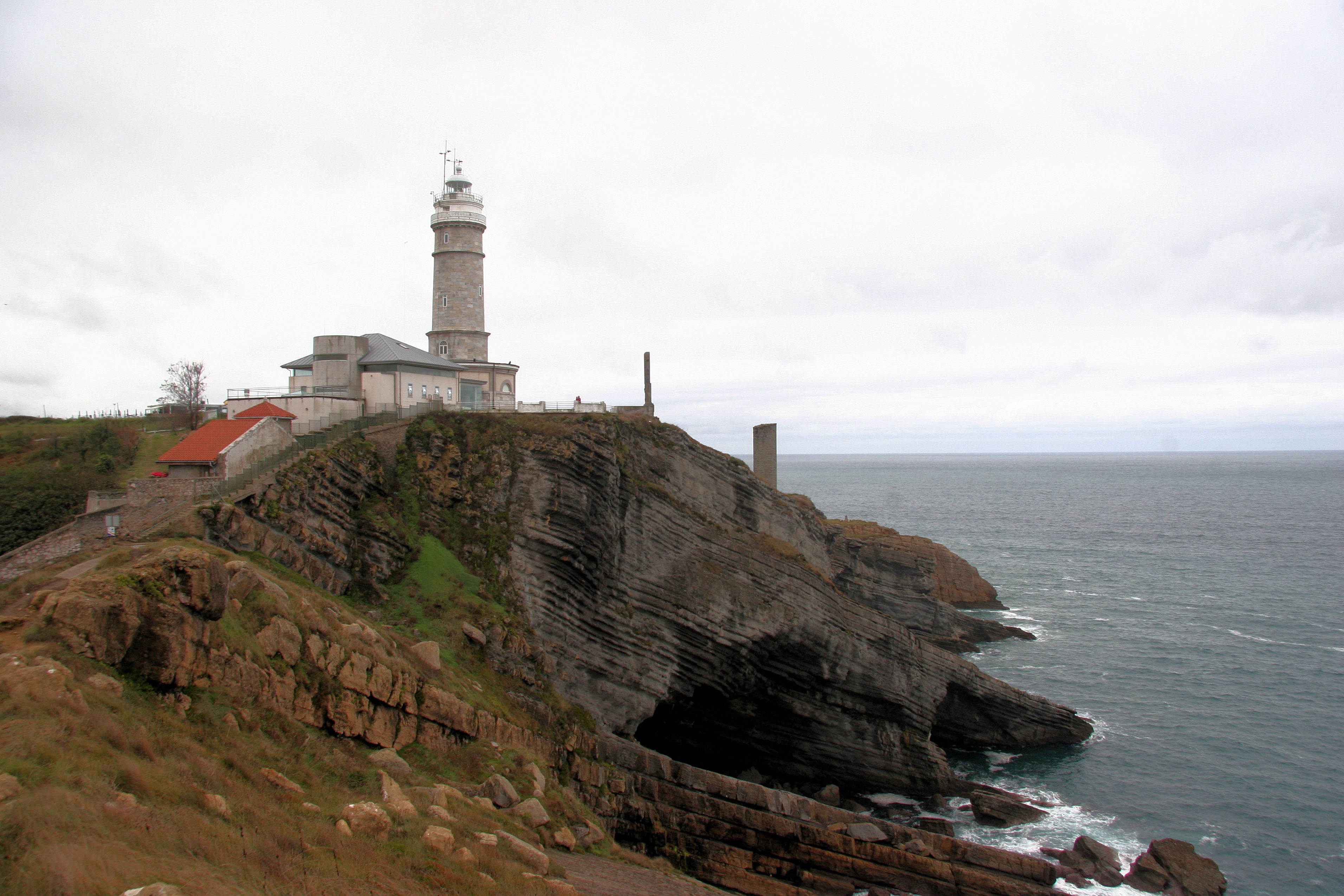
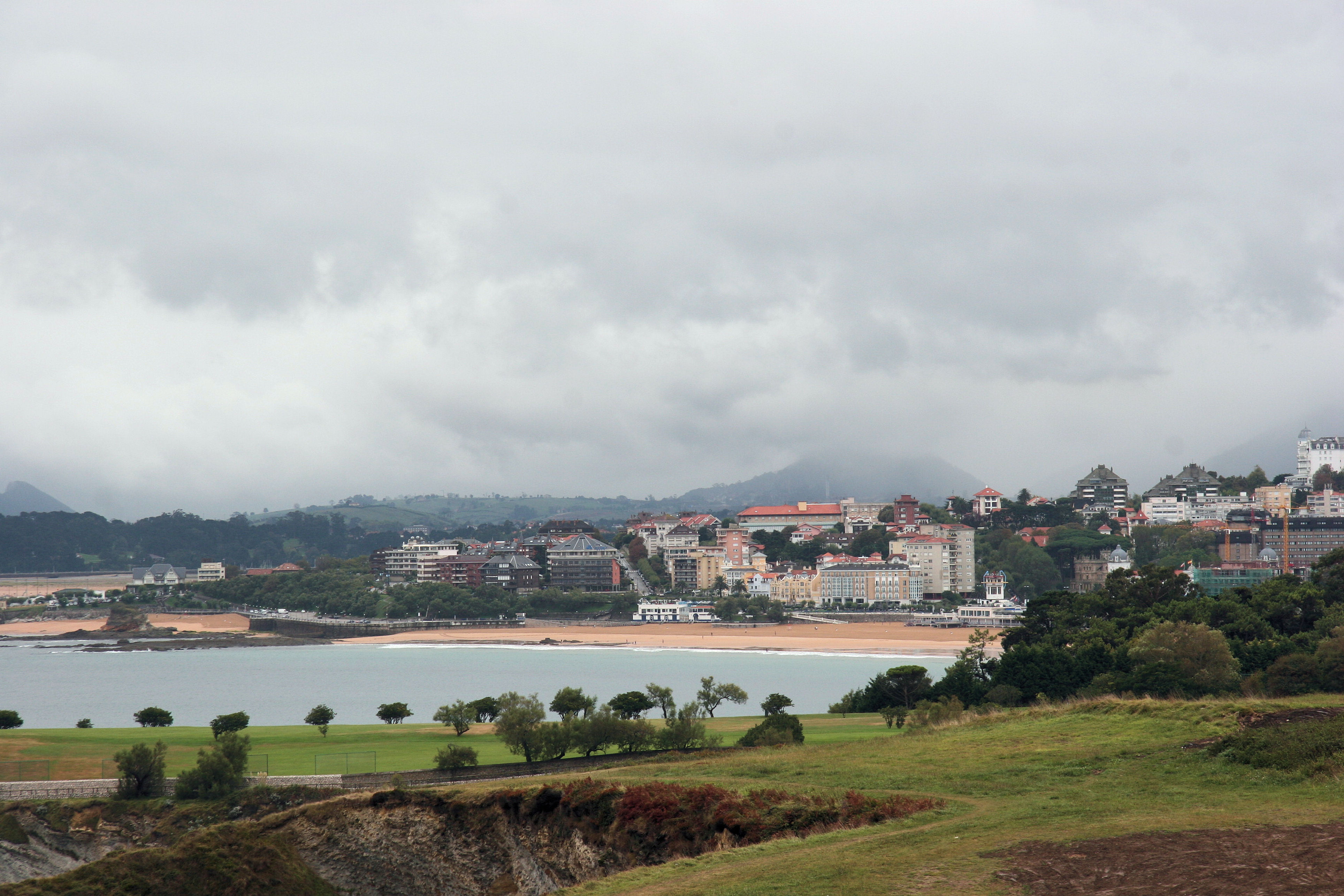
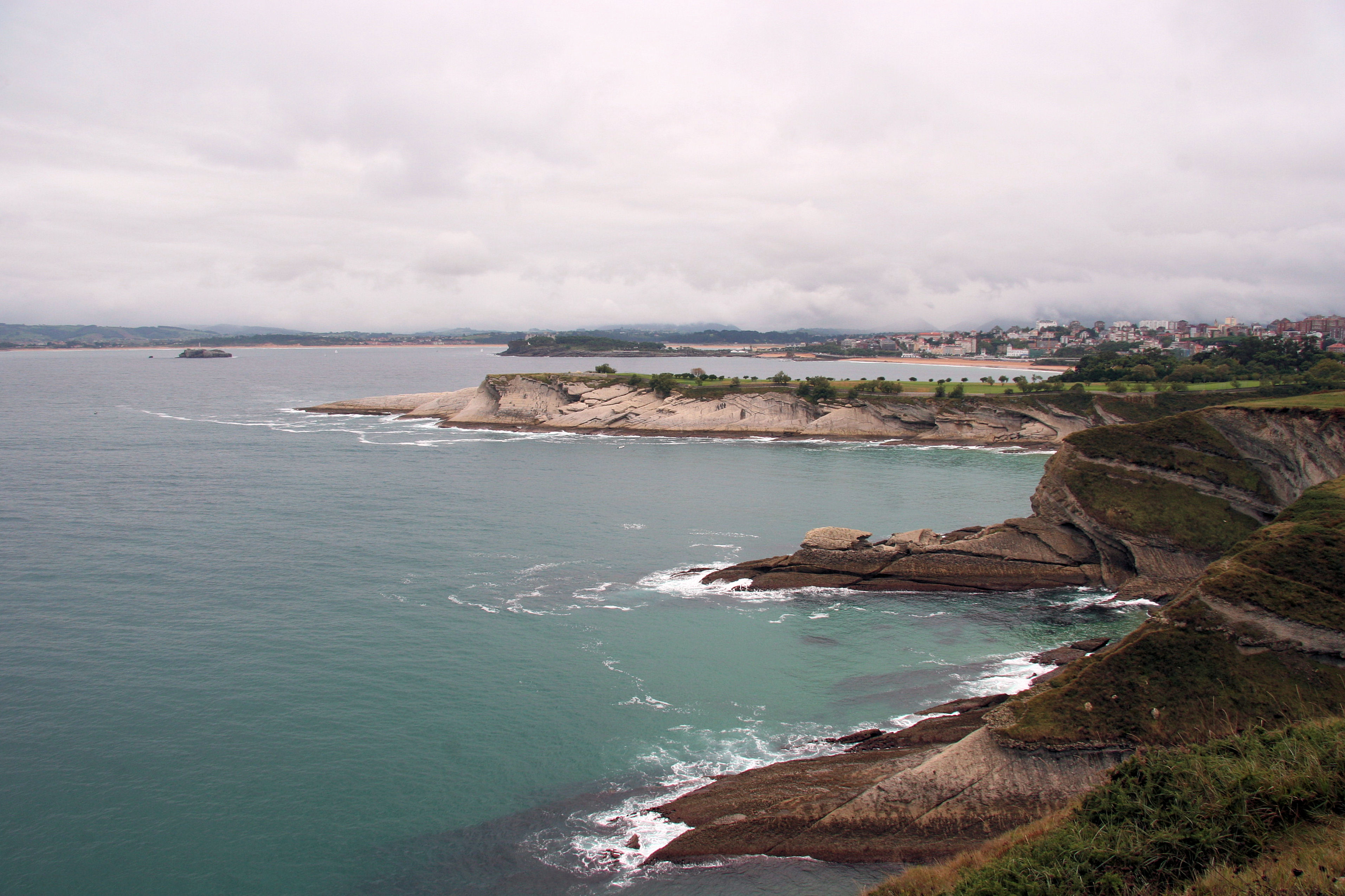
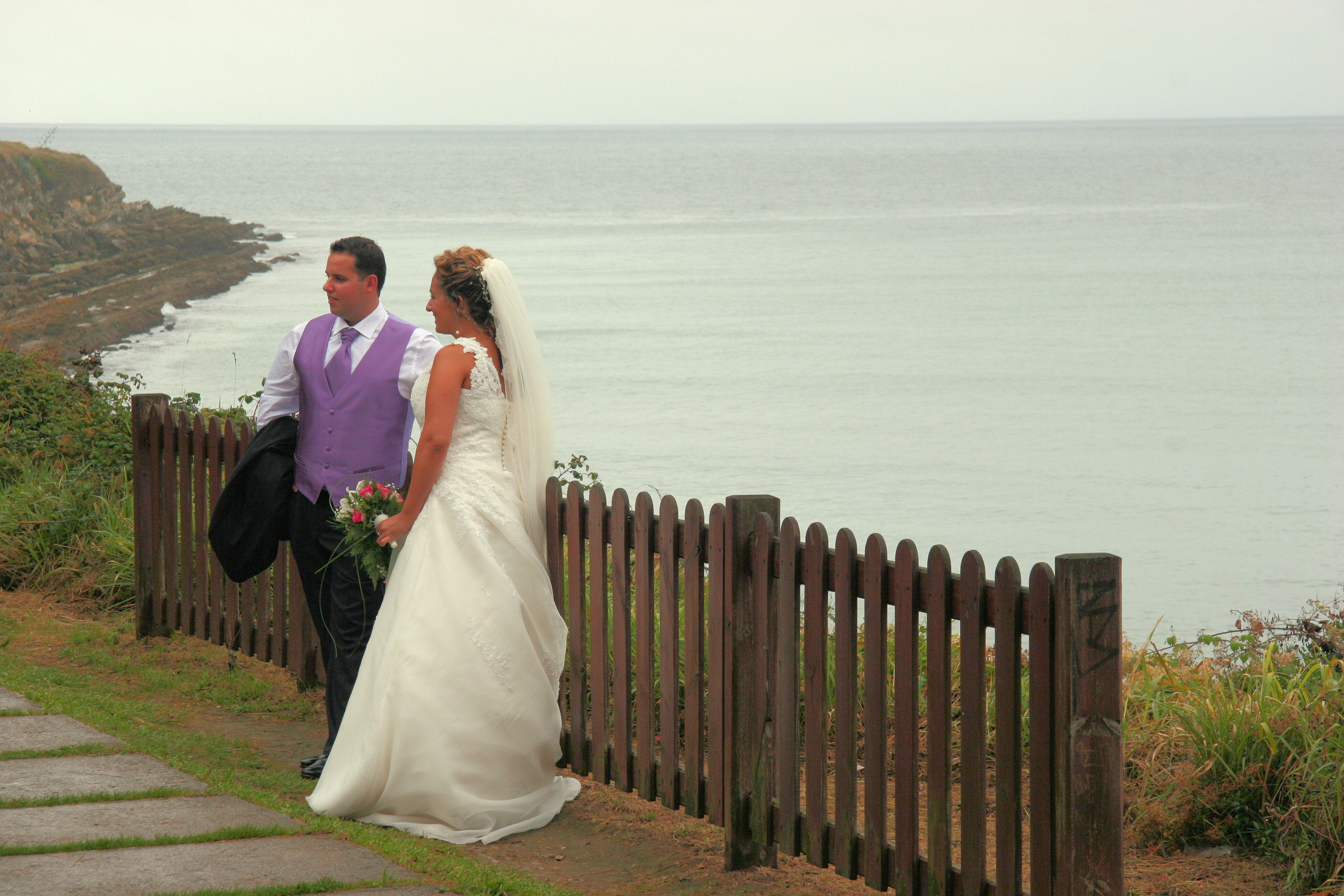
Not what we were expecting to see on a cliff top walk!
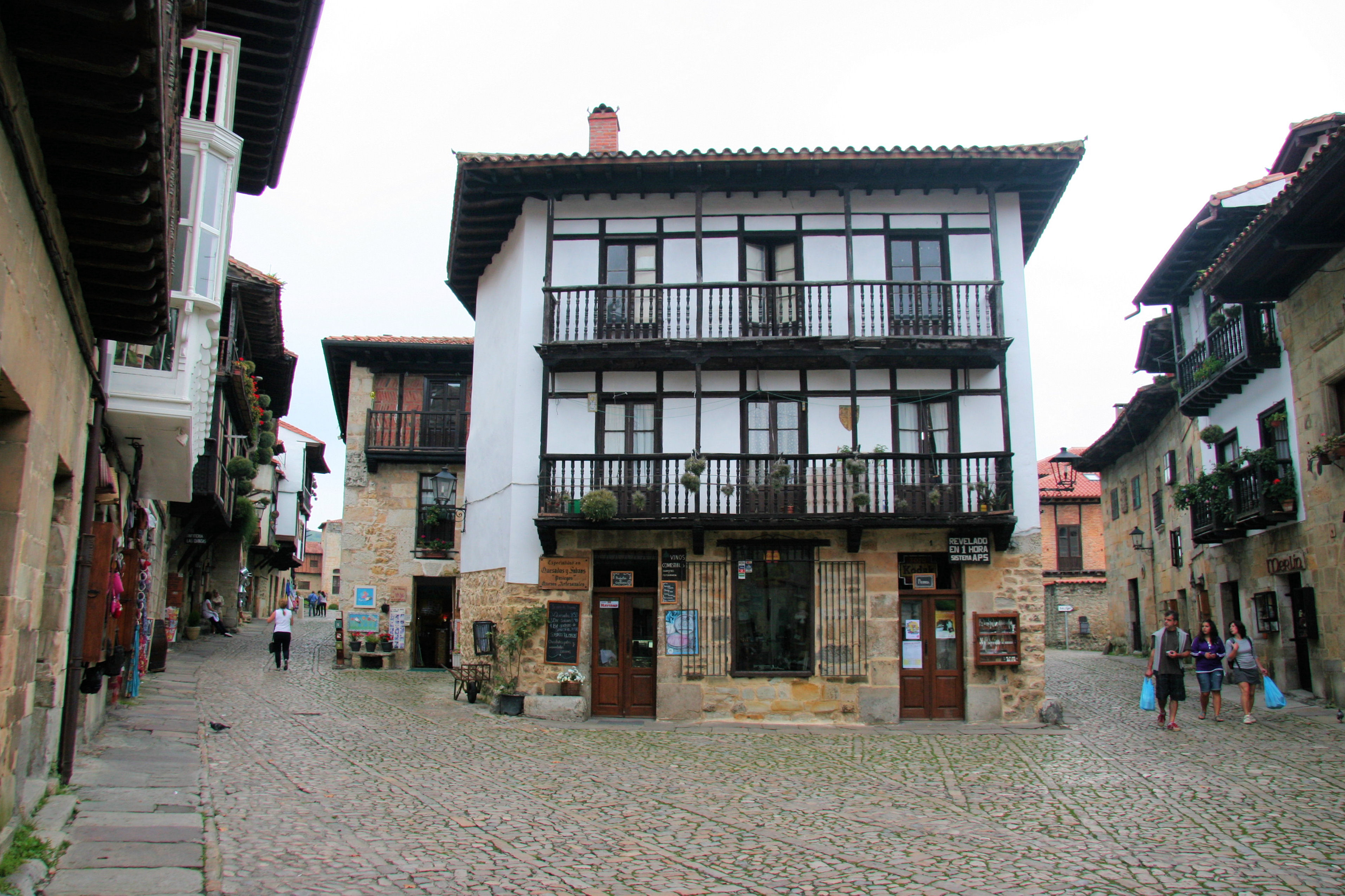
Santillana del Mar is an exquisite preserved old town a short bus ride outside Santander. The Cantabrian Region of Northern Spain is noted for its Paleolithic cave art, of which there are numerous examples. A short walk from Santillana del Mar is Altamira, perhaps the best known of these. It is not possible to see the original cave, for preservation reasons, but an exact three dimensional duplicate has been created which is totally convincing. I would not have known it was a replica without being told.
Unfortunately, for reasons not unconnected with the sale of souvenir post cards, it is not possible to take photographs of the truly stunning artwork, So we must content ourselves with more pictures of the delightful nearby town.
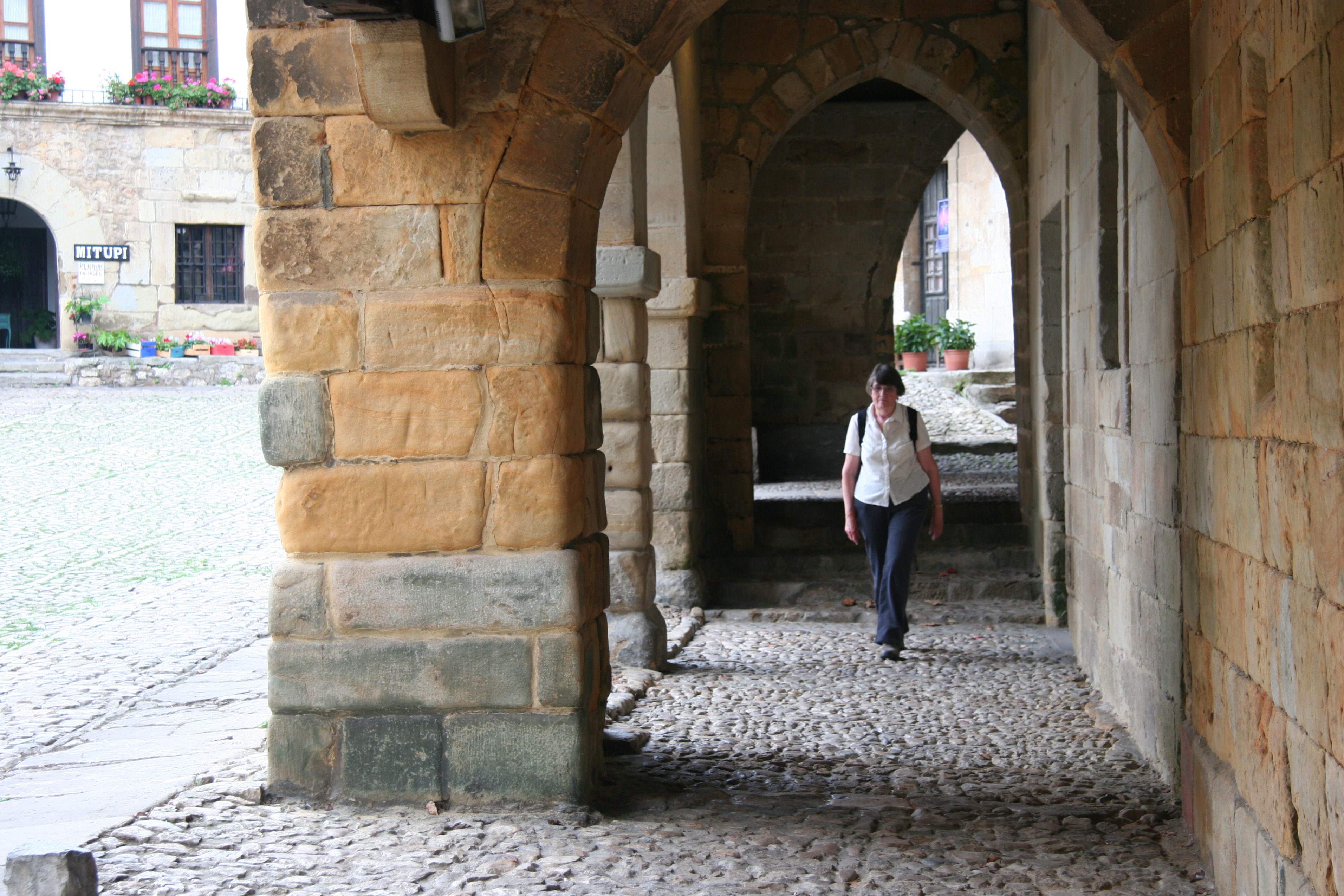
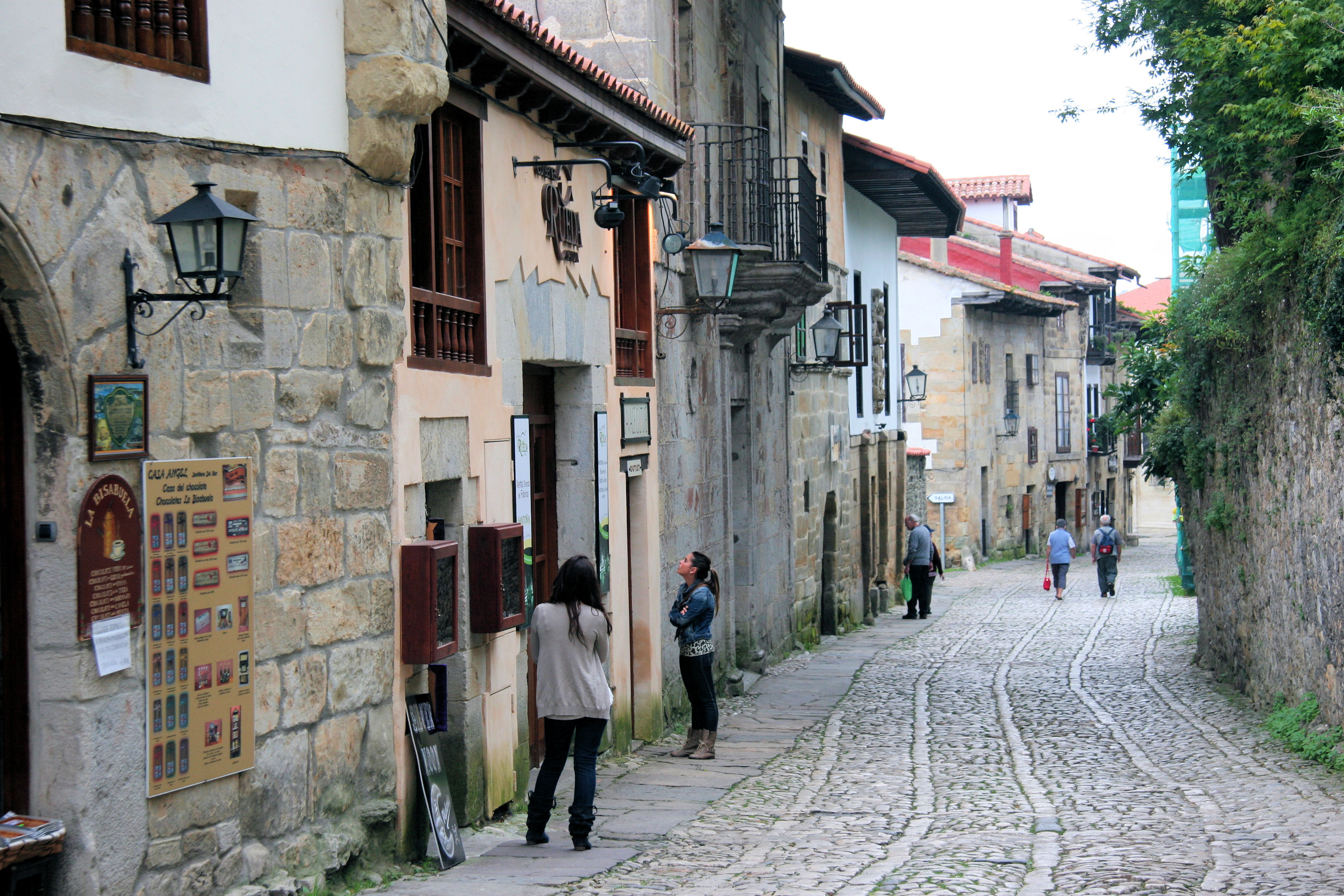
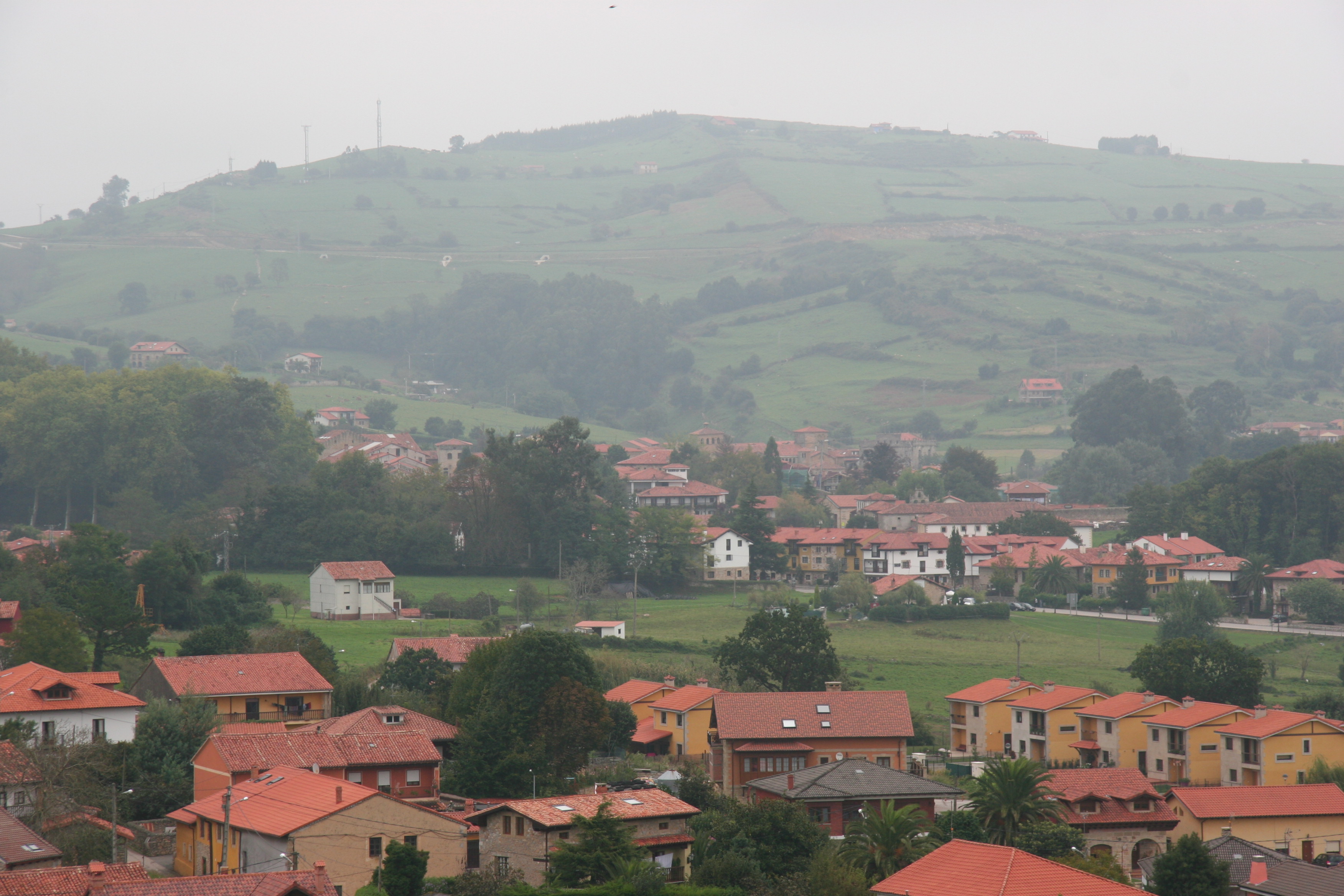
A view from the town looking towards Altamira.
We had an apartment in Santander up a side street off a main thoroughfare. Well after midnight one night we were woken up by drumming sounds and, when we looked outside, were greeted by a unexpected sight. Or was I dreaming...?
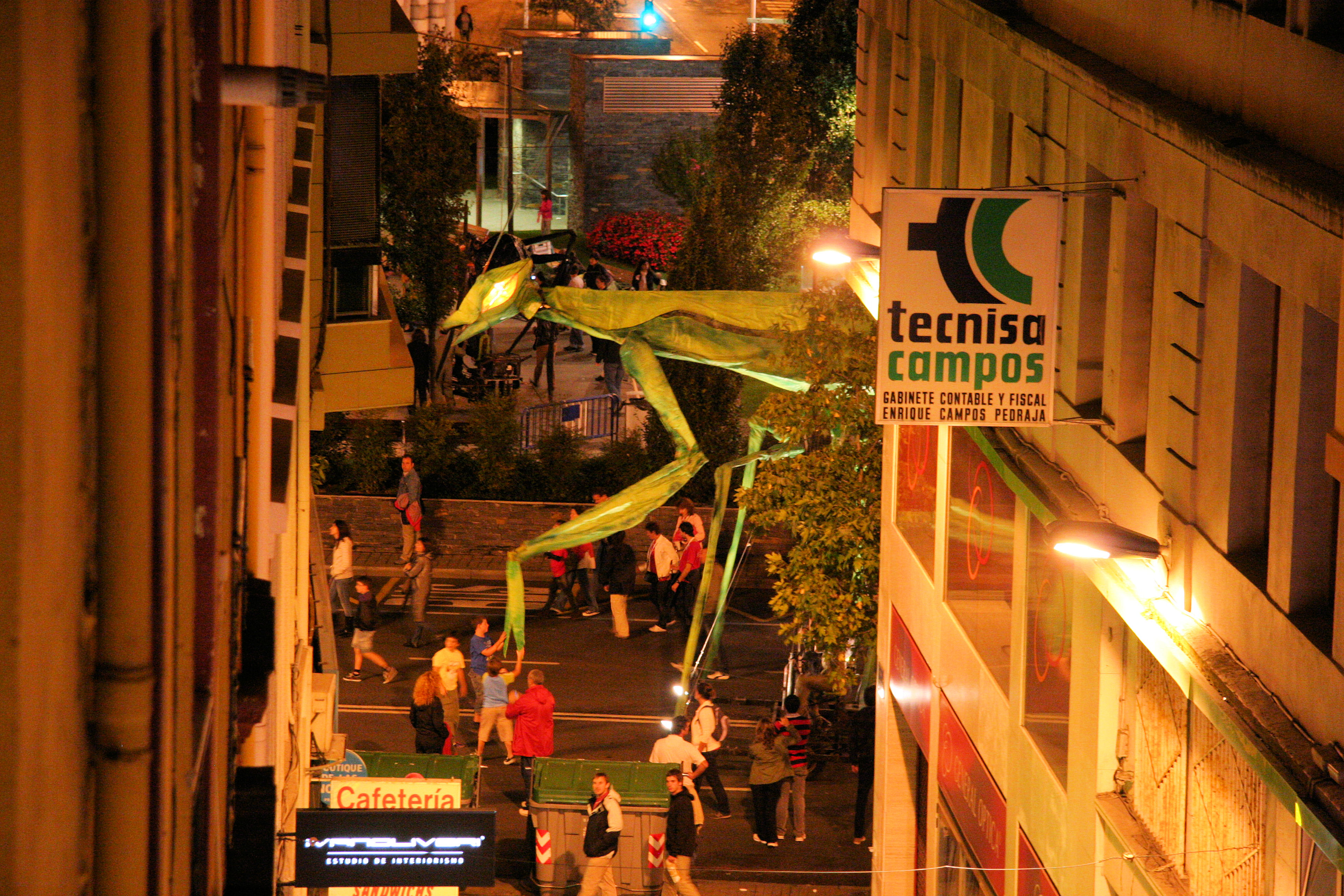
"Darling, did you just see a giant grasshopper pass the end of the street...or have I had too much Rioja...?"
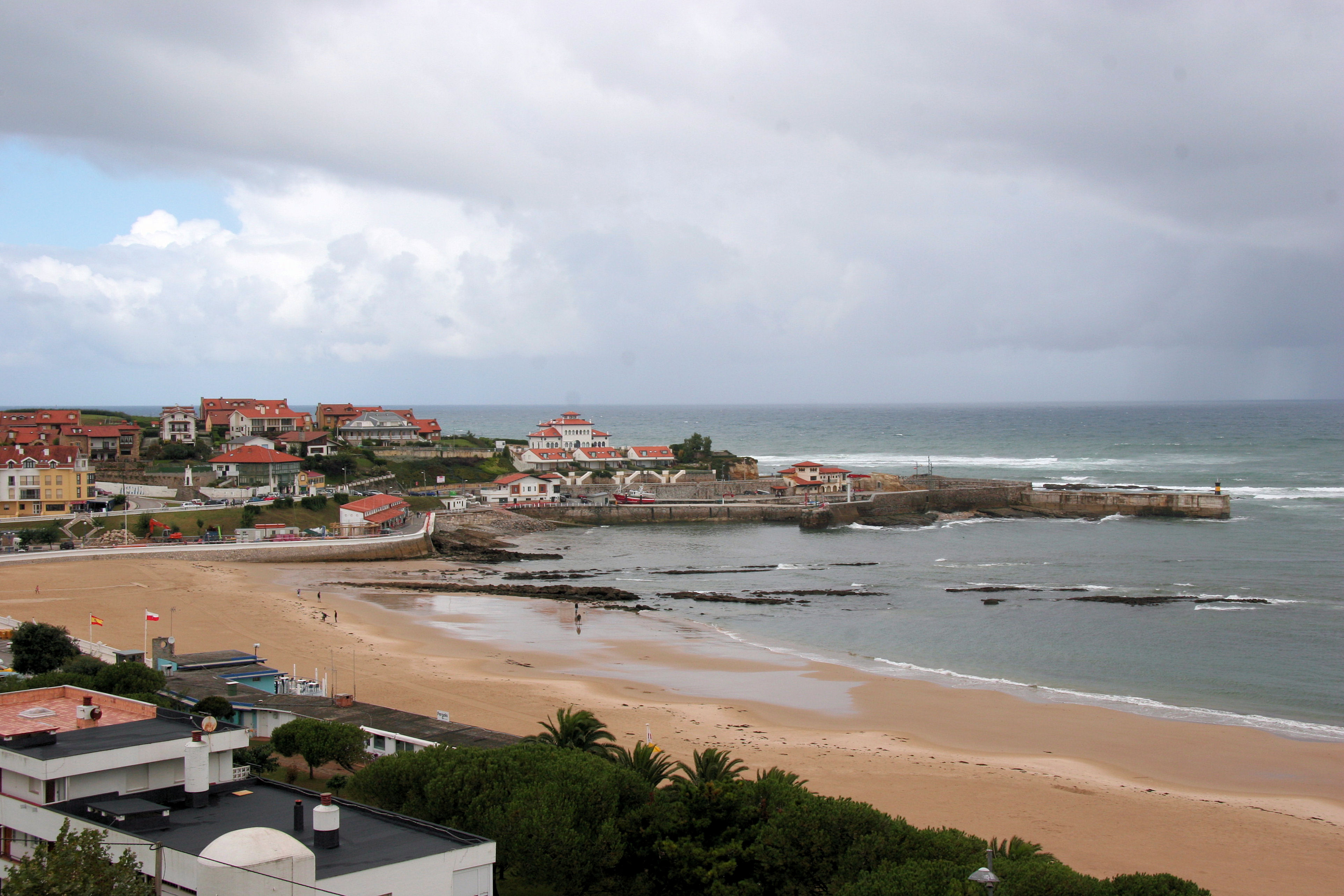
Another bus ride to the west of Santander is this pretty fishing port.
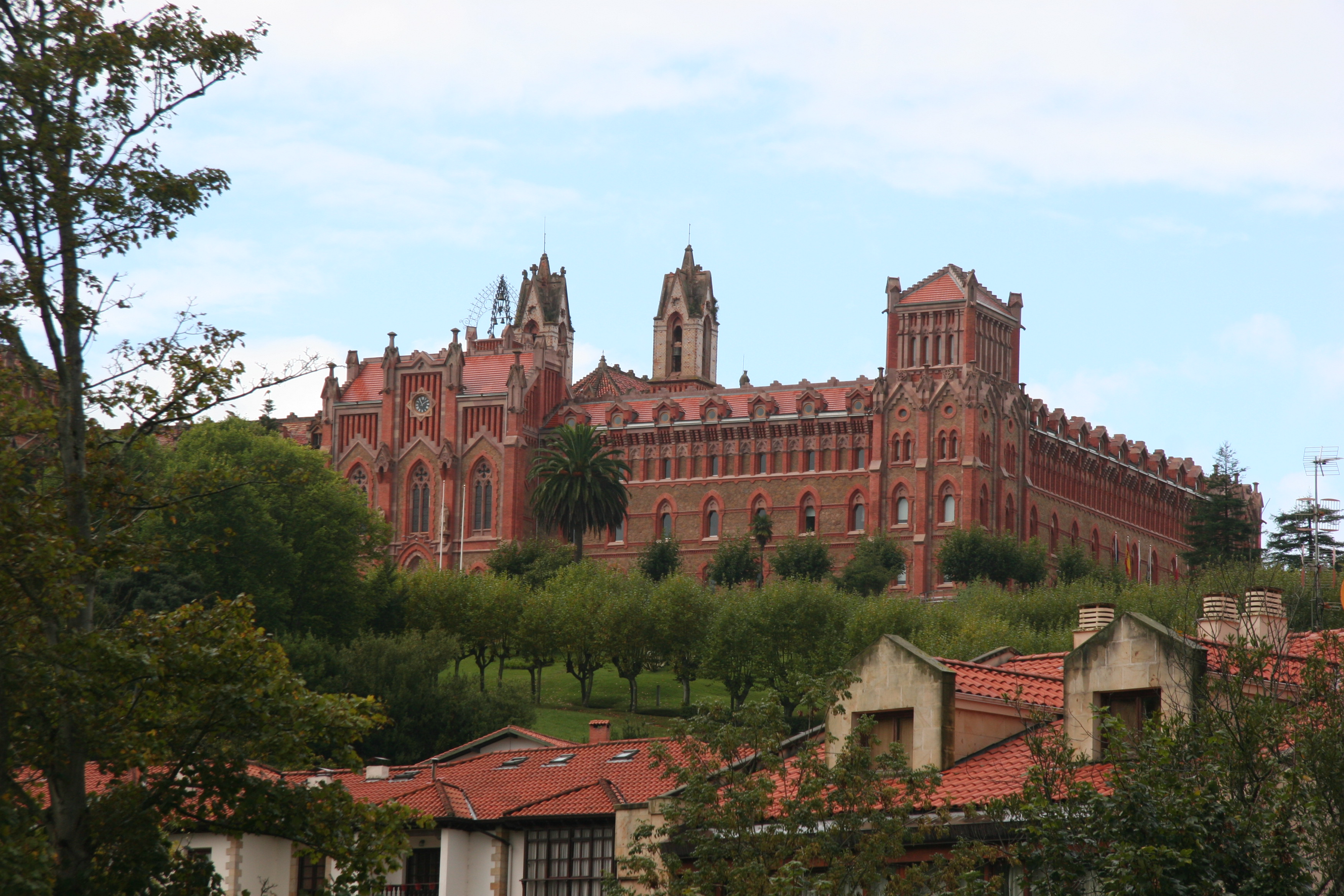
We enjoyed Santander and its surroundings. It has some fine buildings....
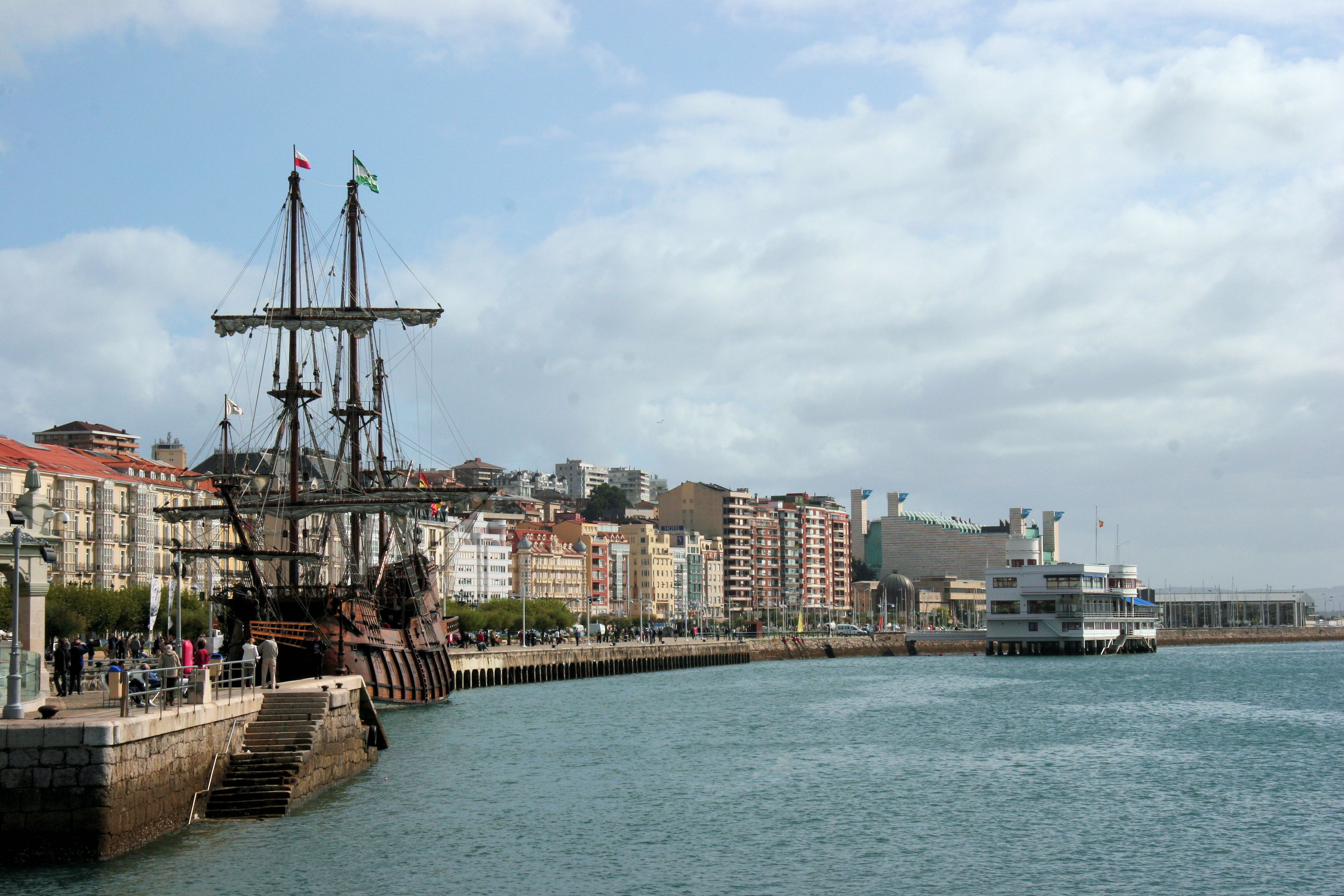
...and is very clean and attractive...
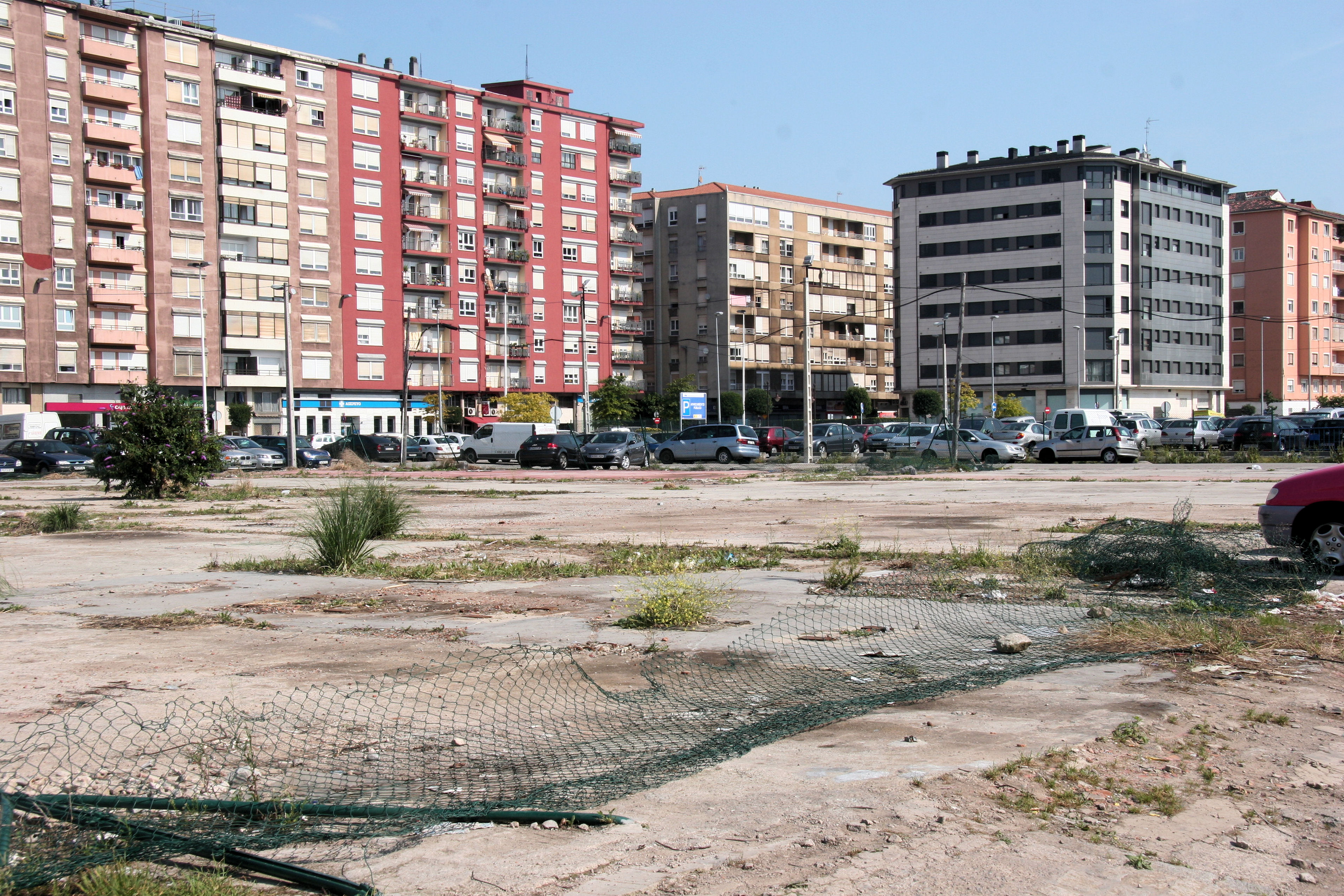
...most of it.
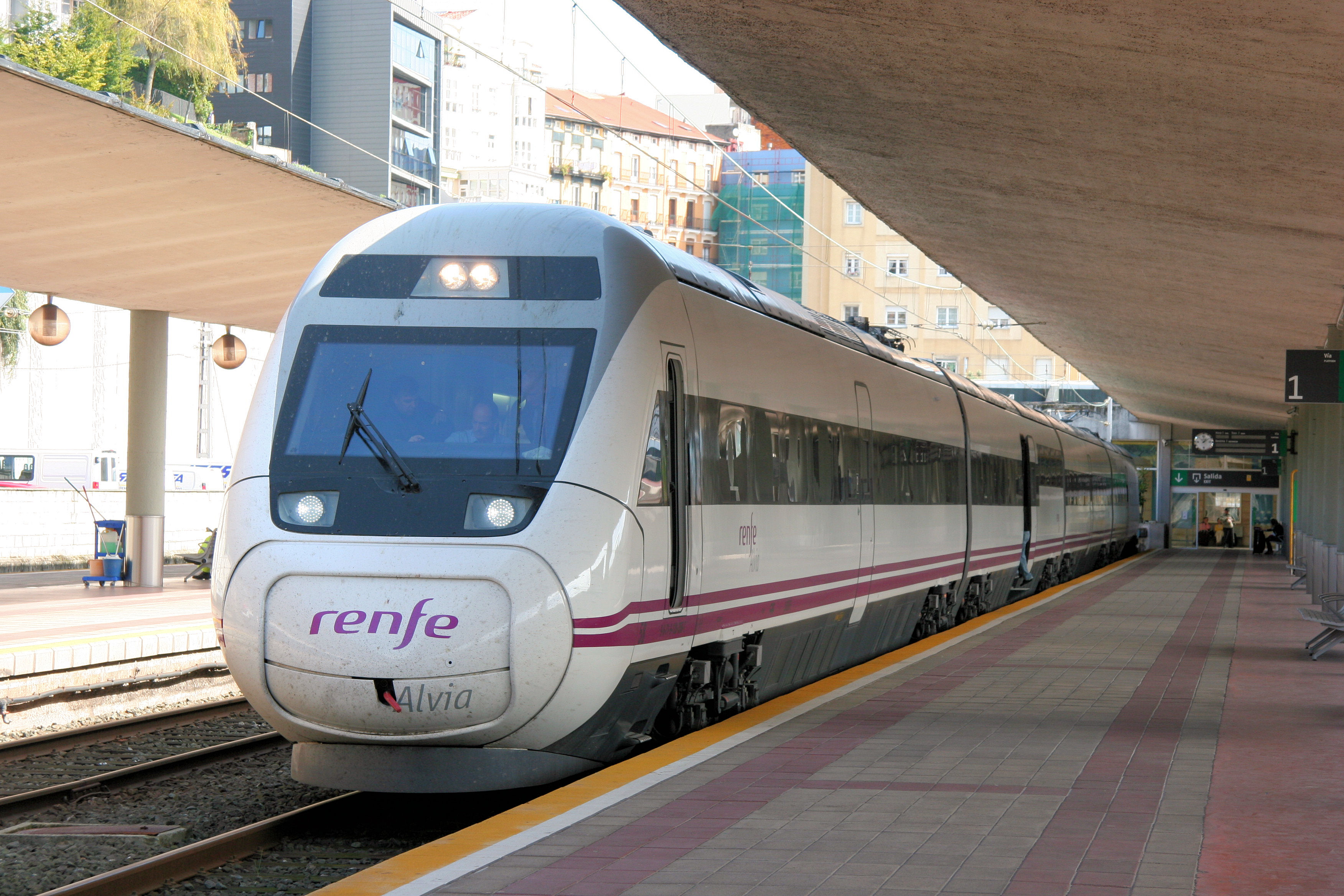
Time to move on. Next stop Madrid.

After the peace of the Cantabrian coast we found Madrid quite overwhelming at first.
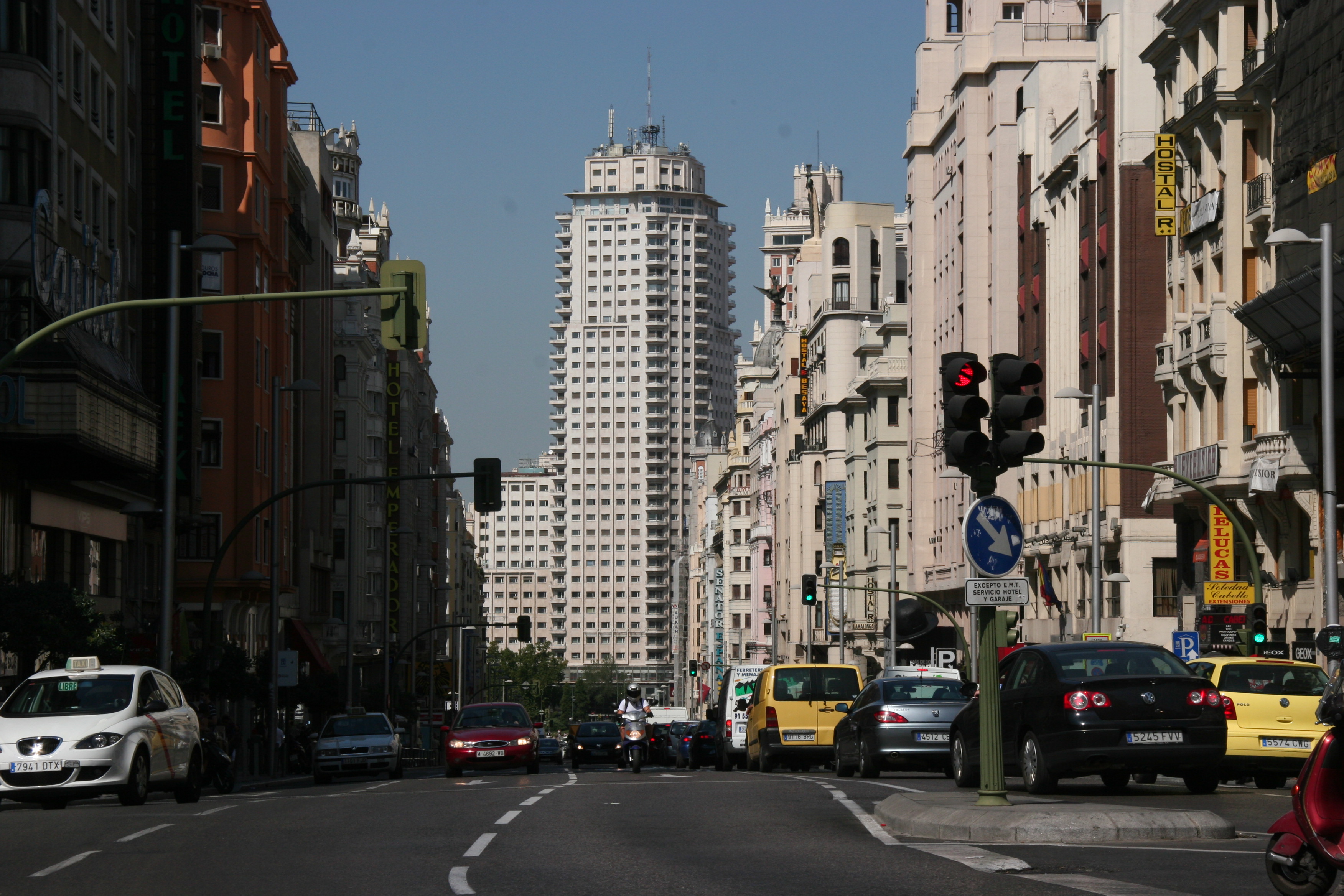
We do not enjoy the bustle of a busy city.
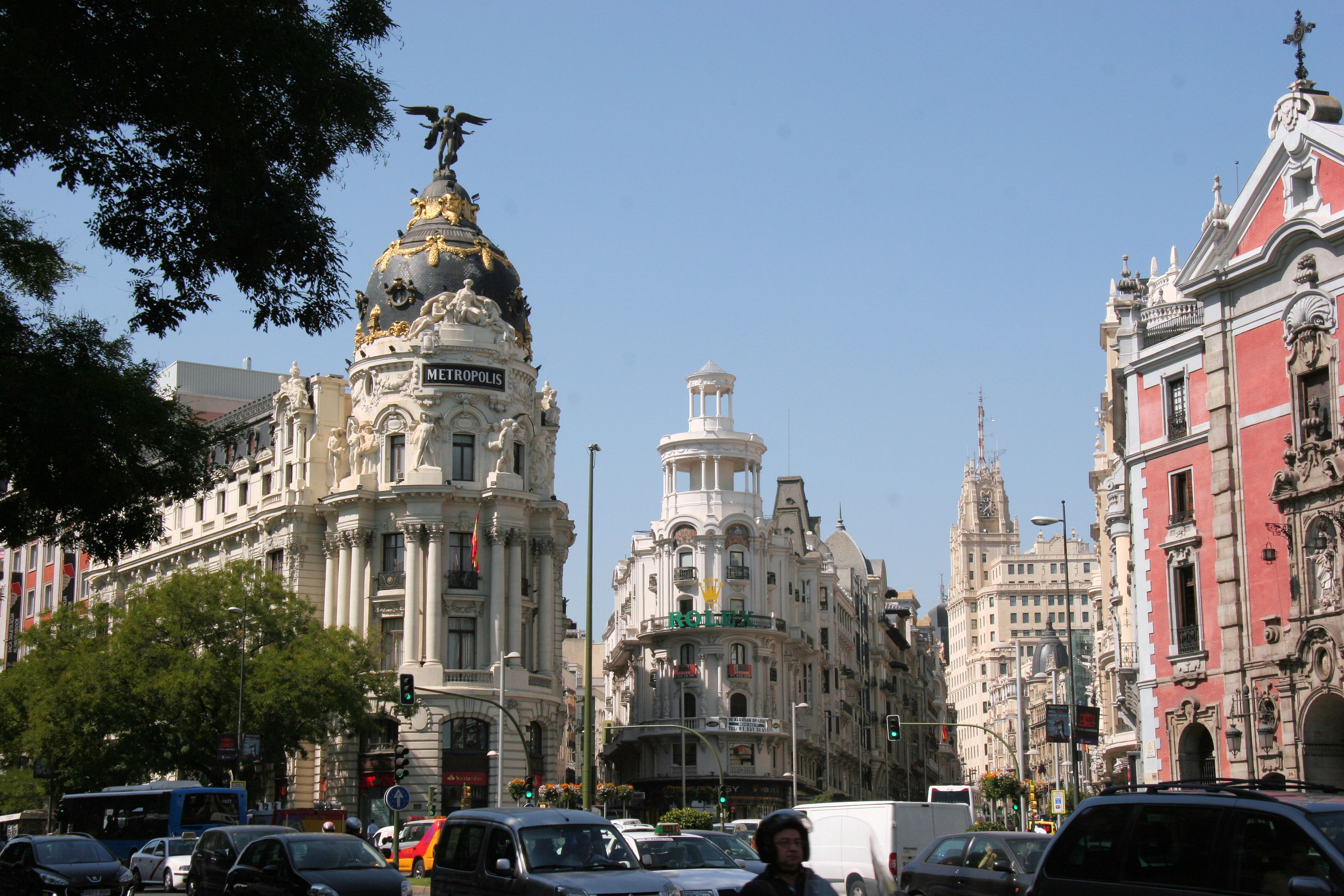
Even if surrounded by handsome buildings.
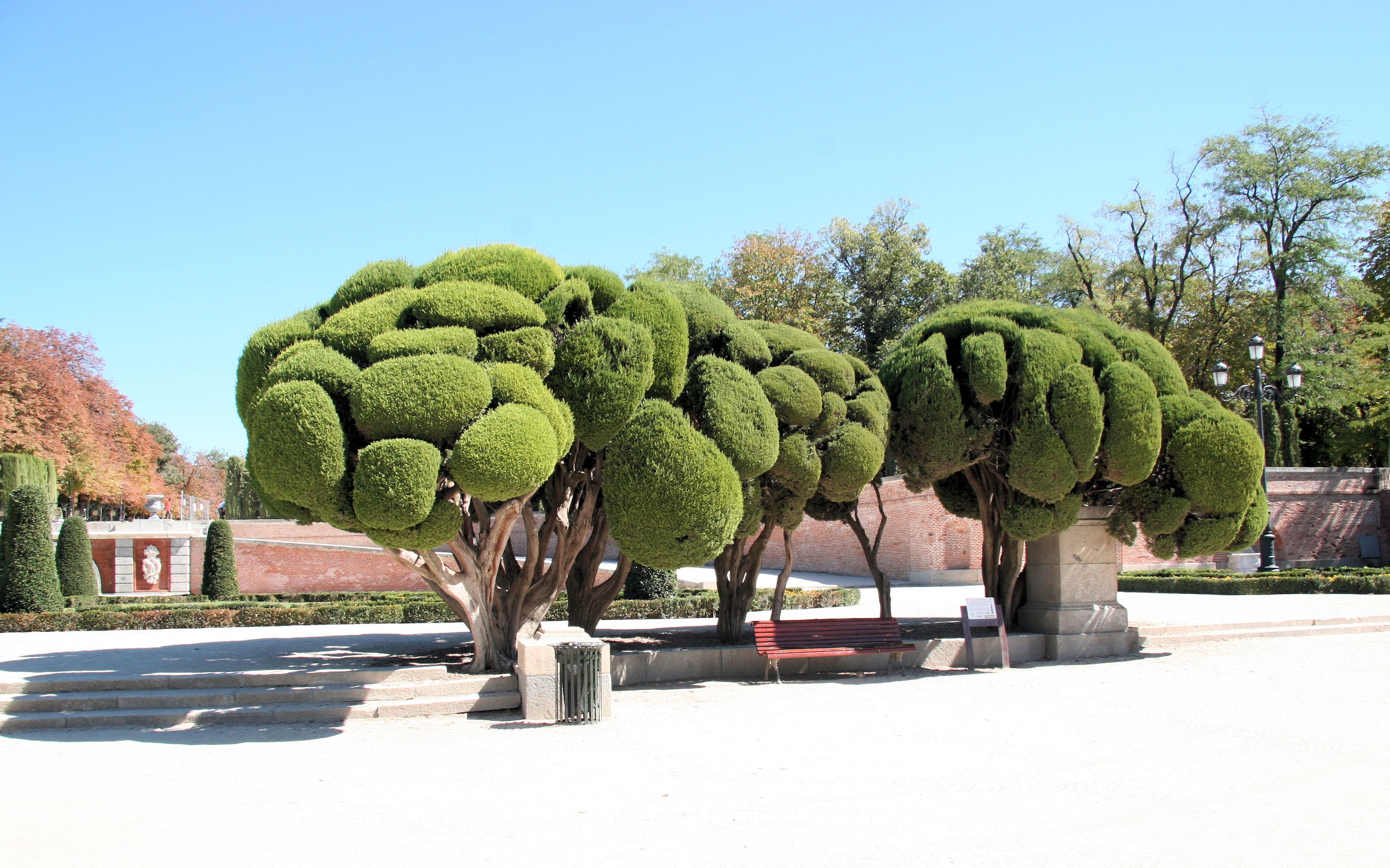
Fortunately there are large peaceful spaces in Madrid to which we could retreat
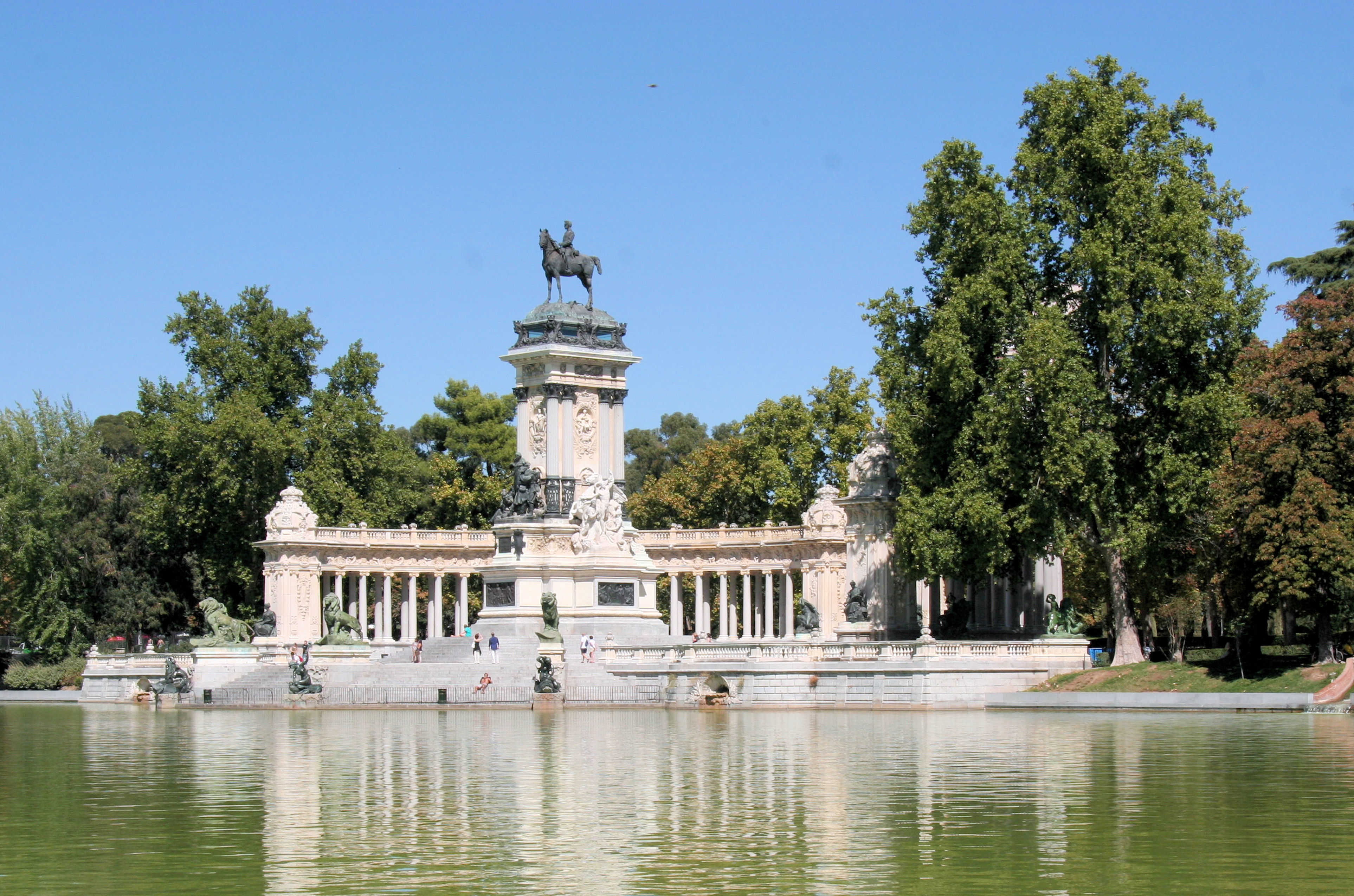
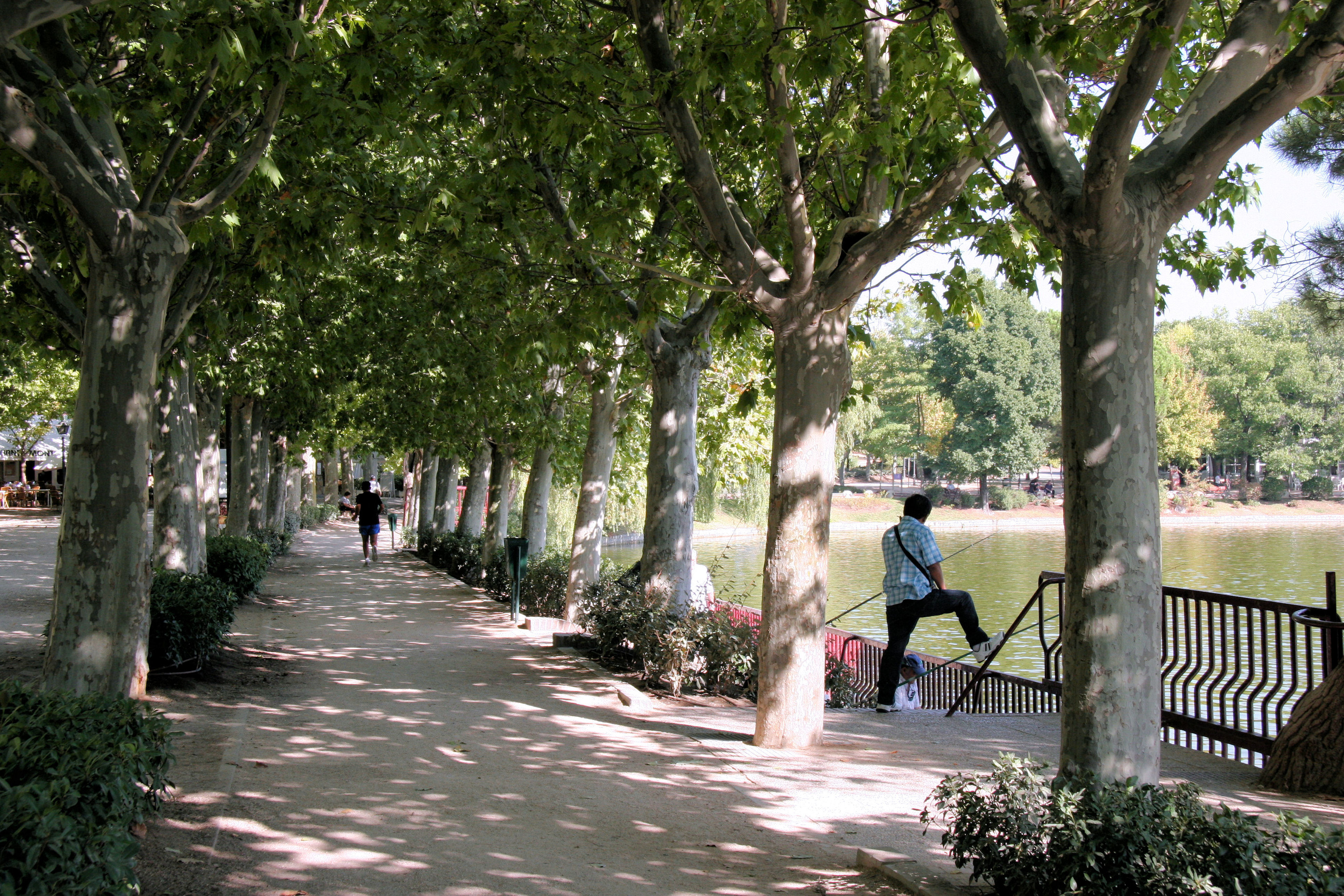
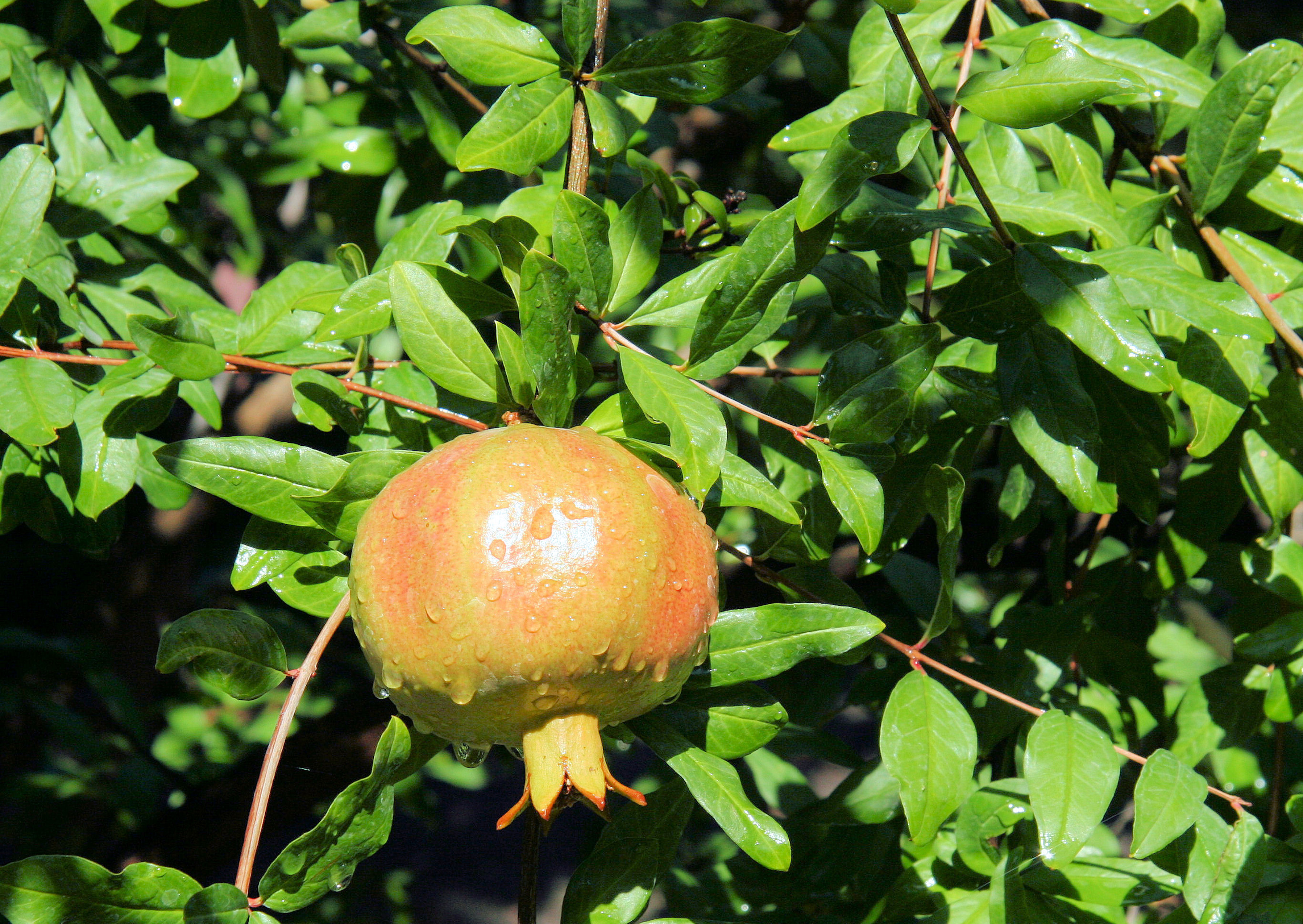

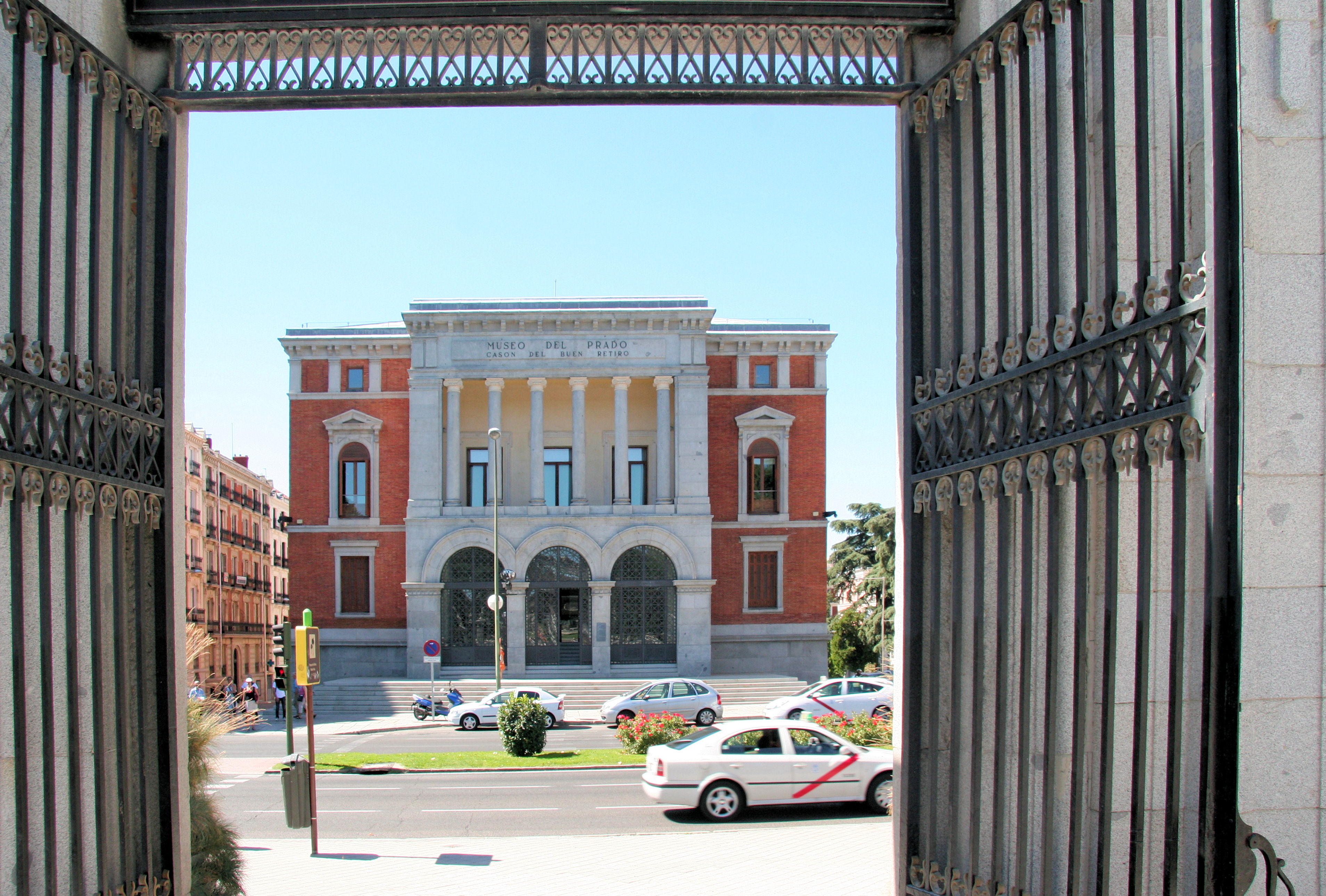
Another peaceful space for quiet contemplation.
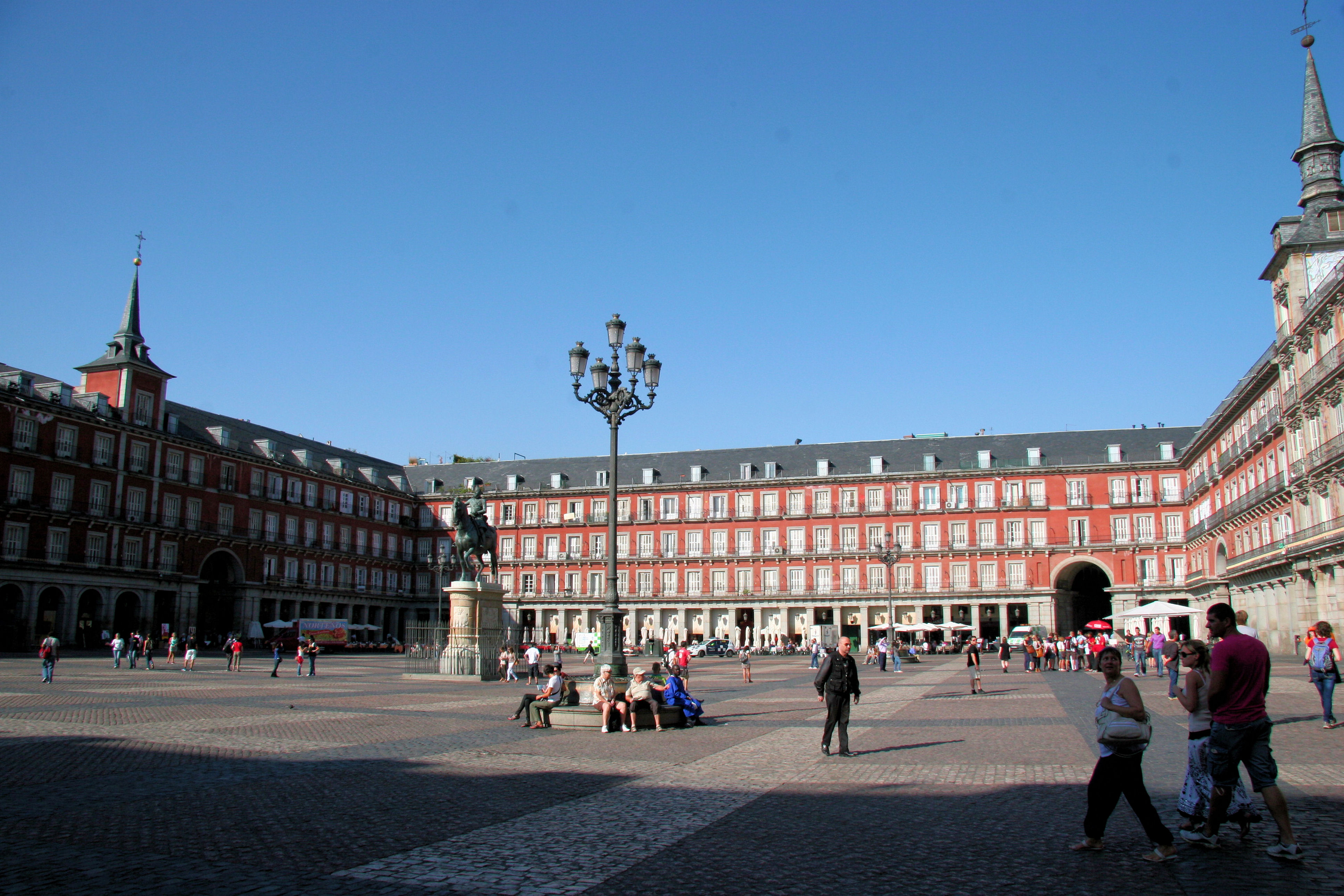
There are also magnificent squares where the traffic does not venture. This is Plaza Mayor
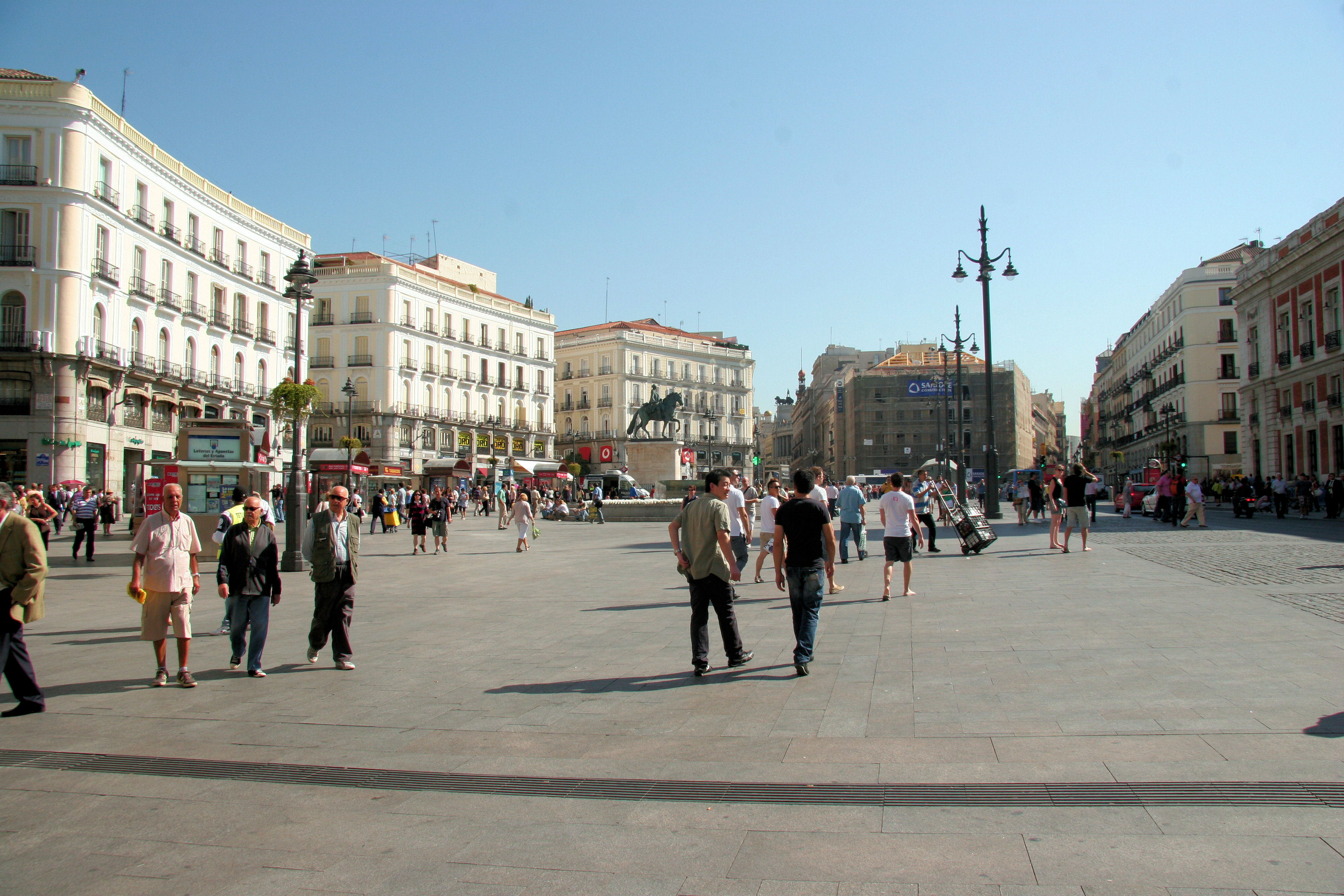
This is Puerto del Sol.
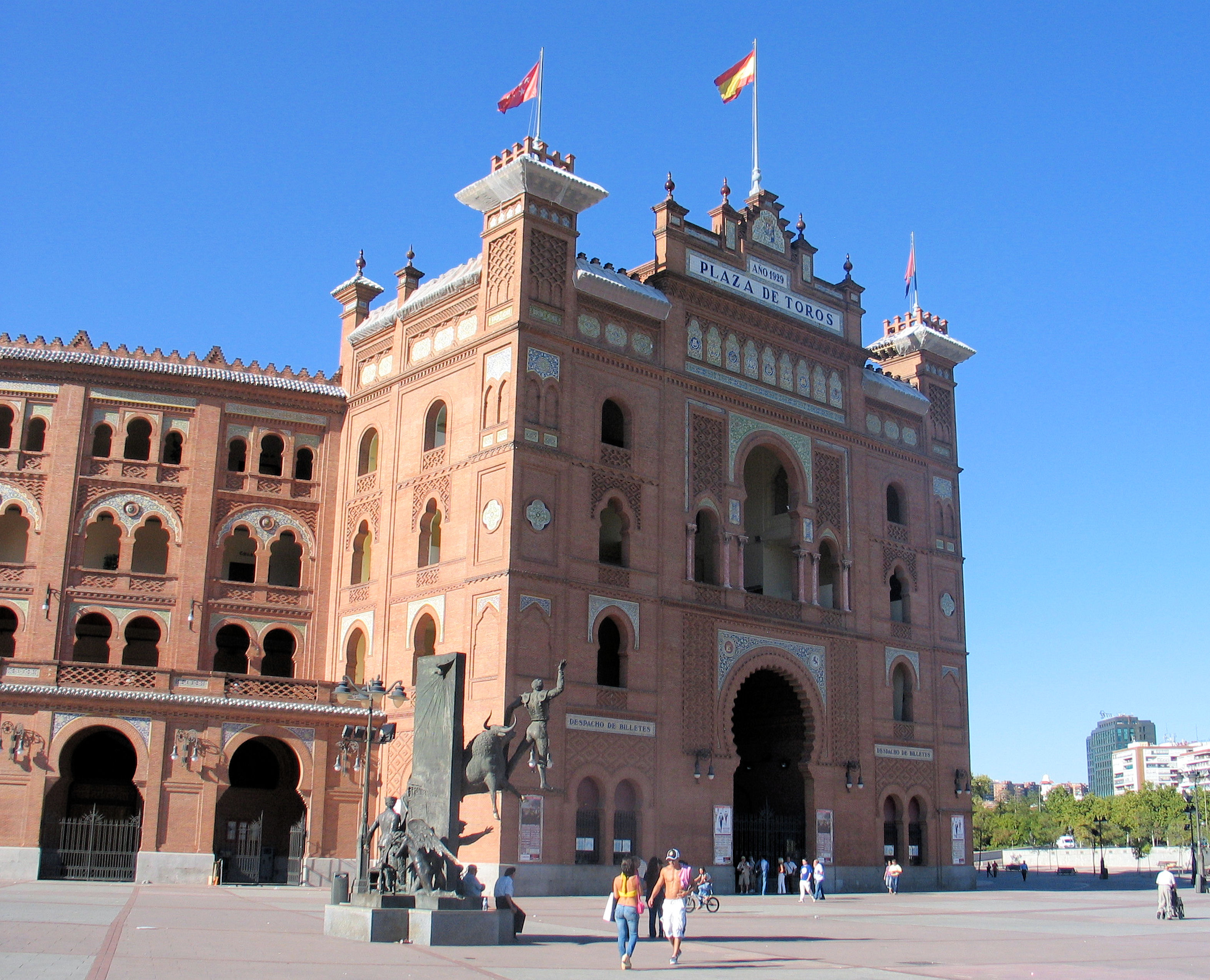
We did not really approve of this place...
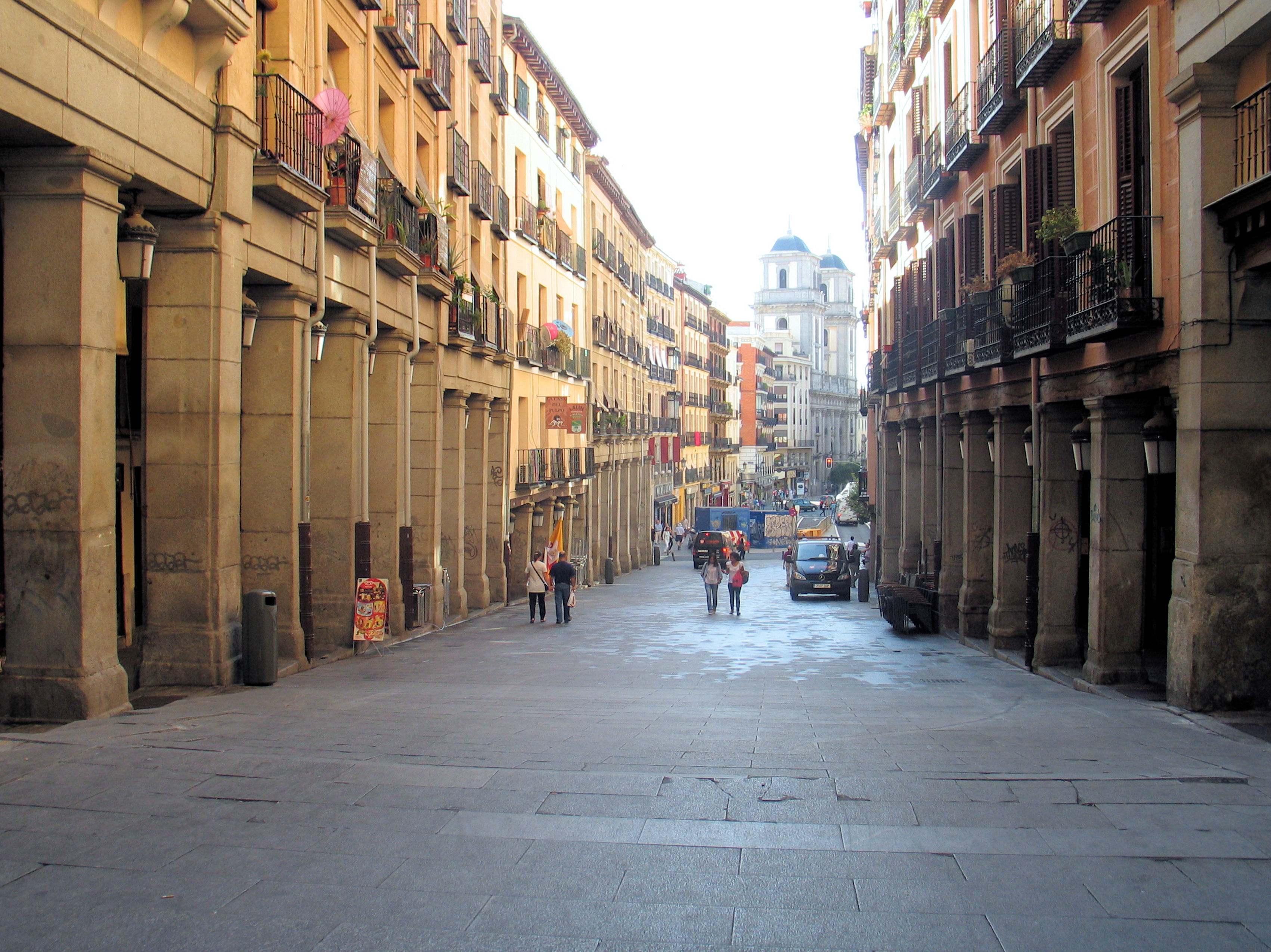
Not all the streets were busy...
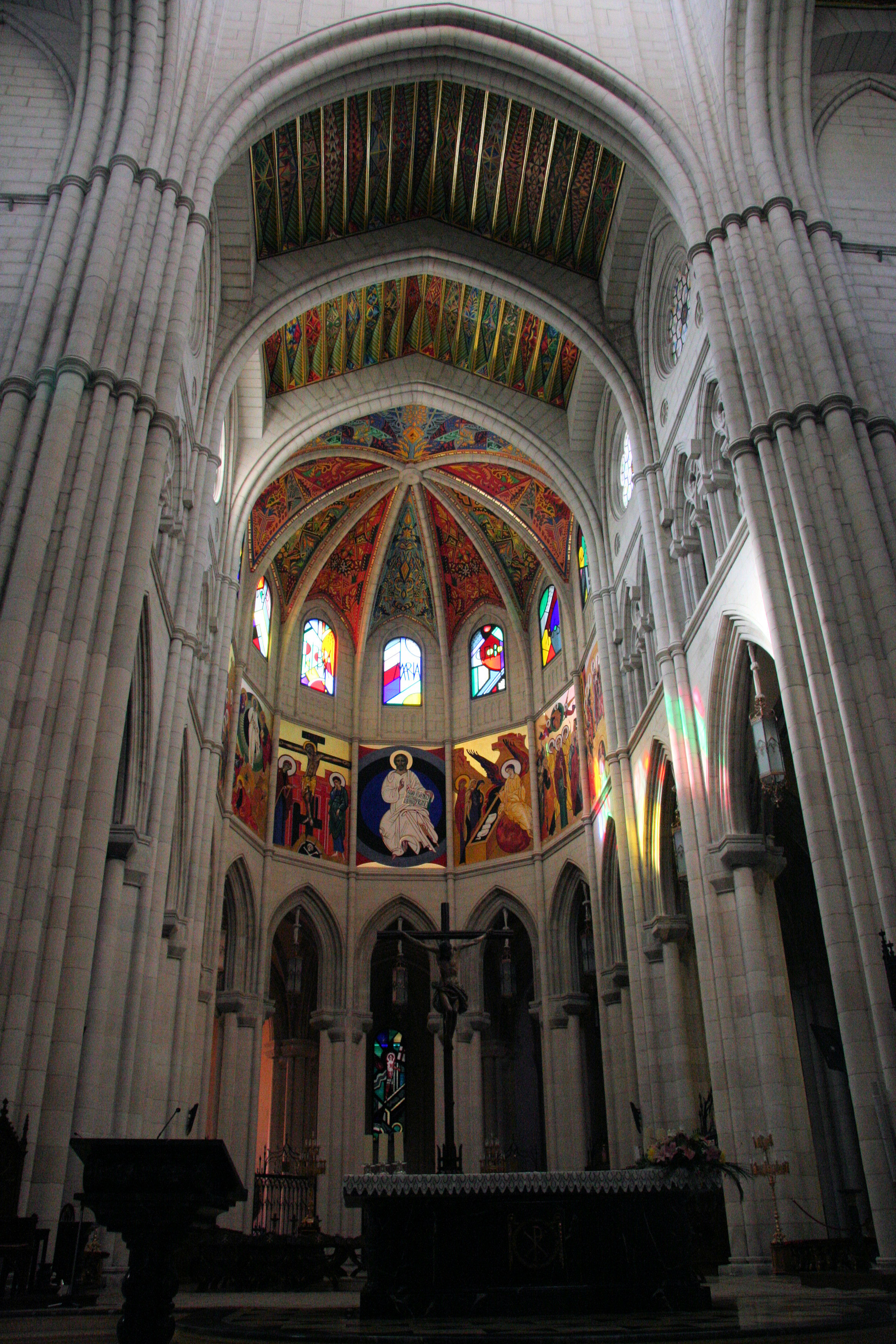
The stained glass creates a lovely light in this cathedral.
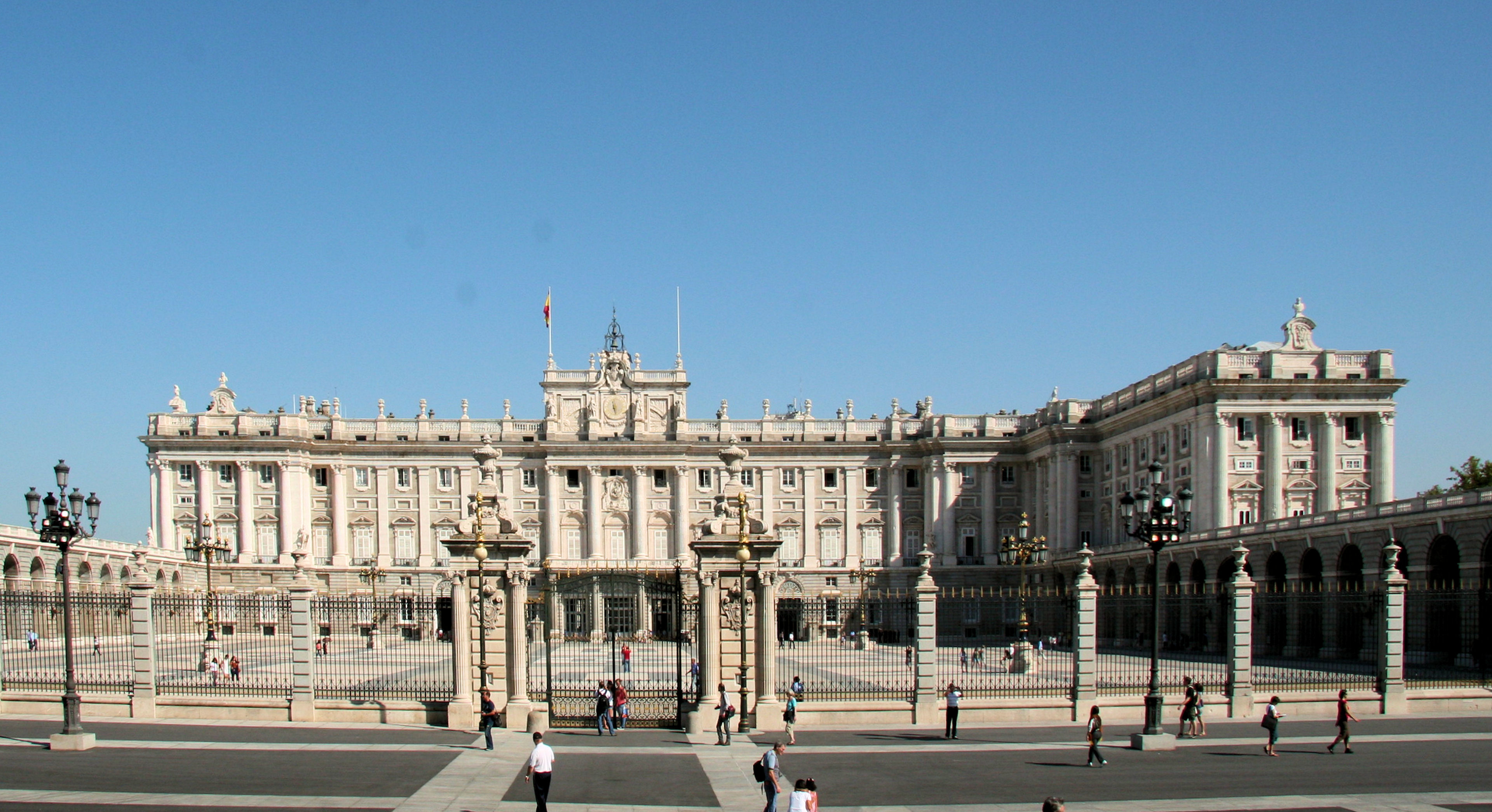
The Royal Palace.
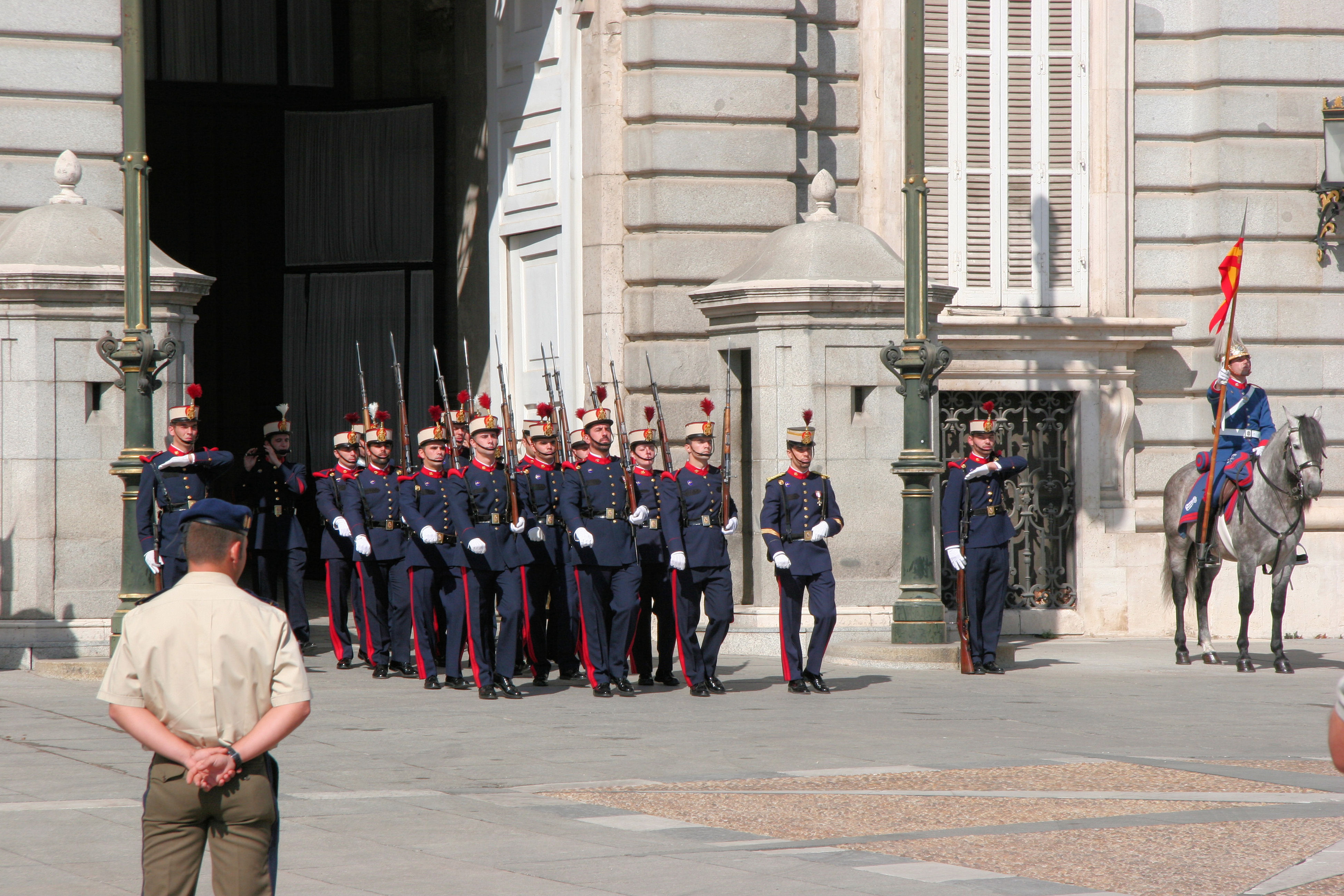
We were fortunate to be passing the Royal Palace just as they were changing the guard.
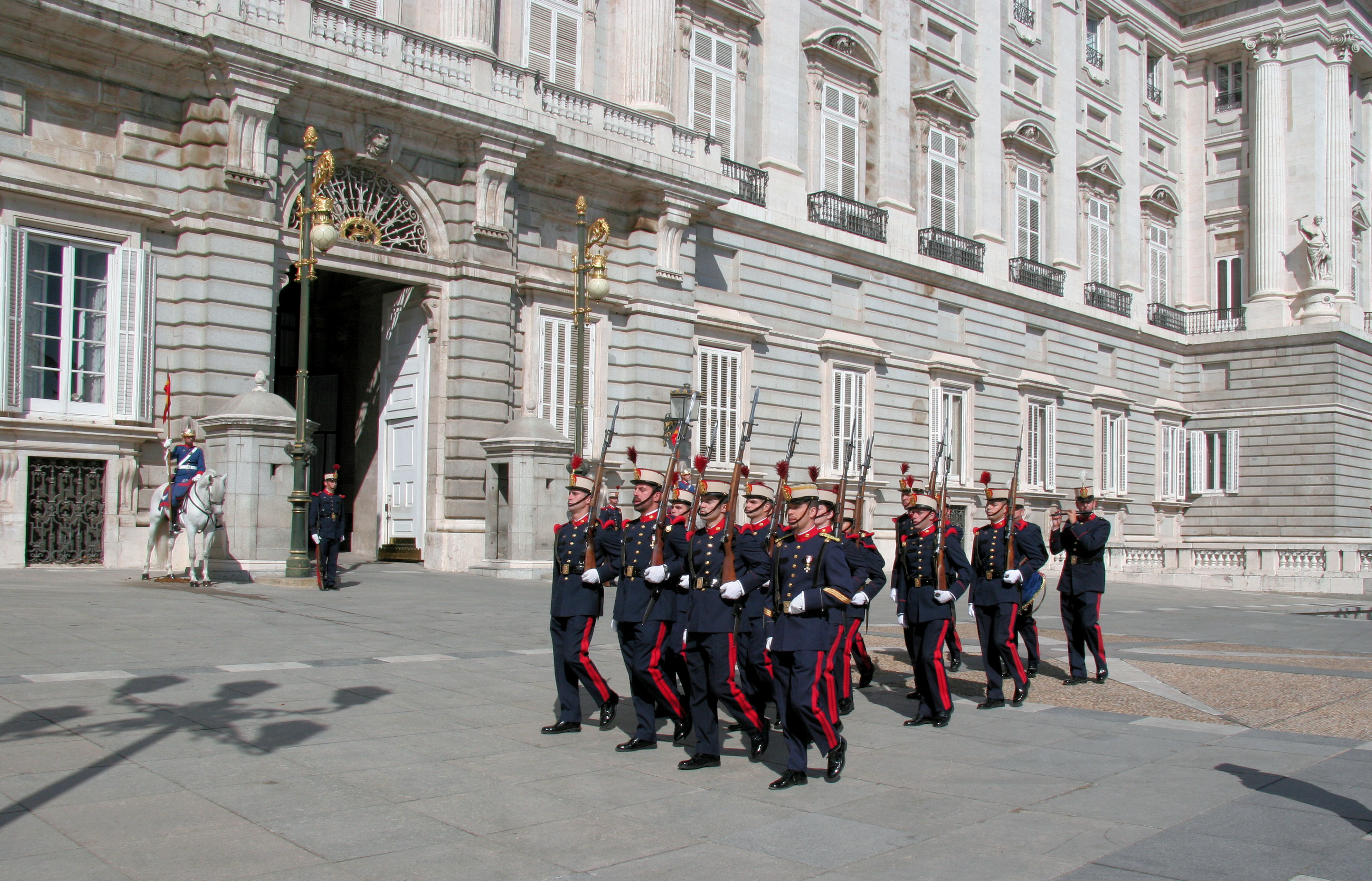
Soldier, soldier, won't you marry me
With your musket, fife and drum...?
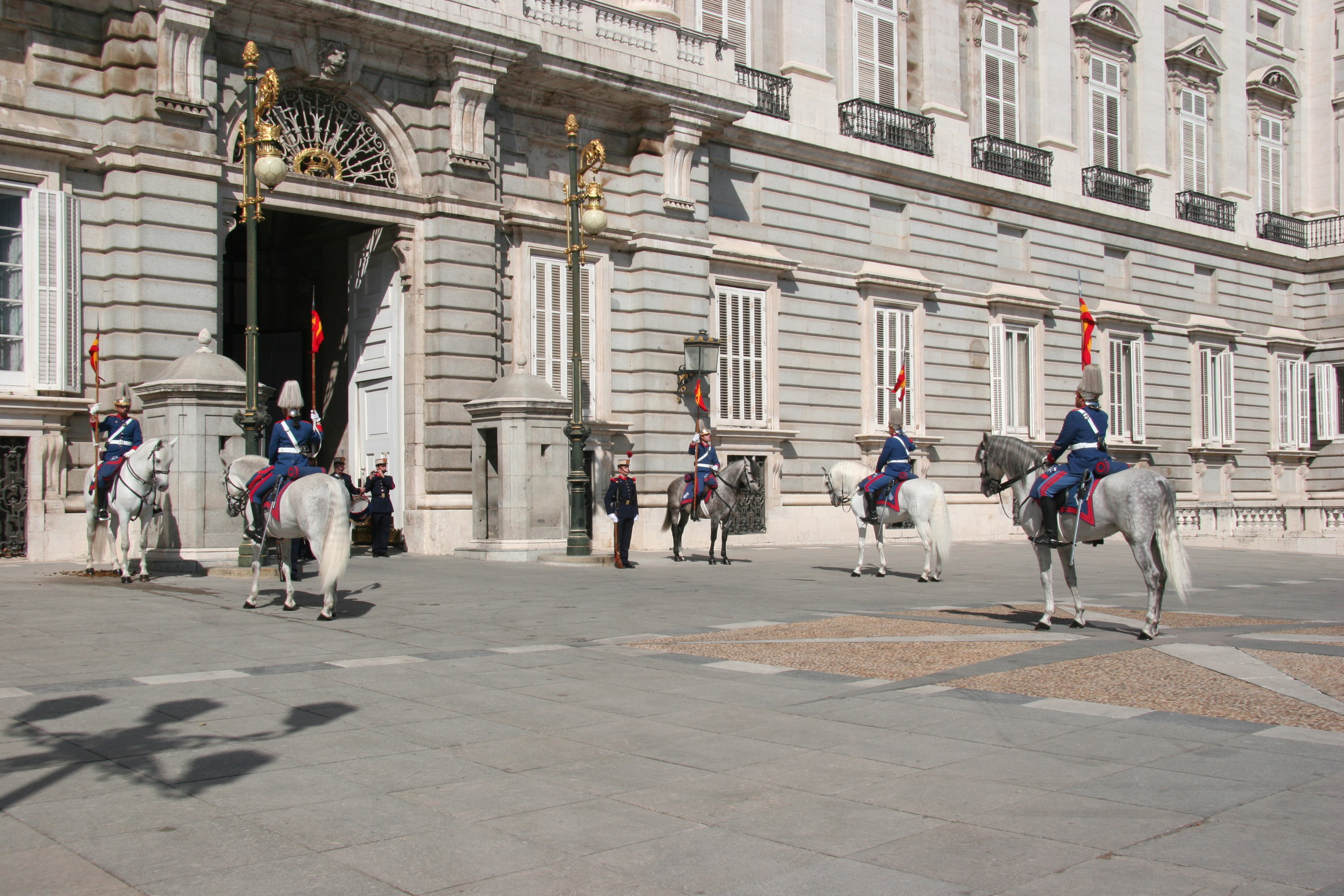
The intricate manoeuvres involved horses too.
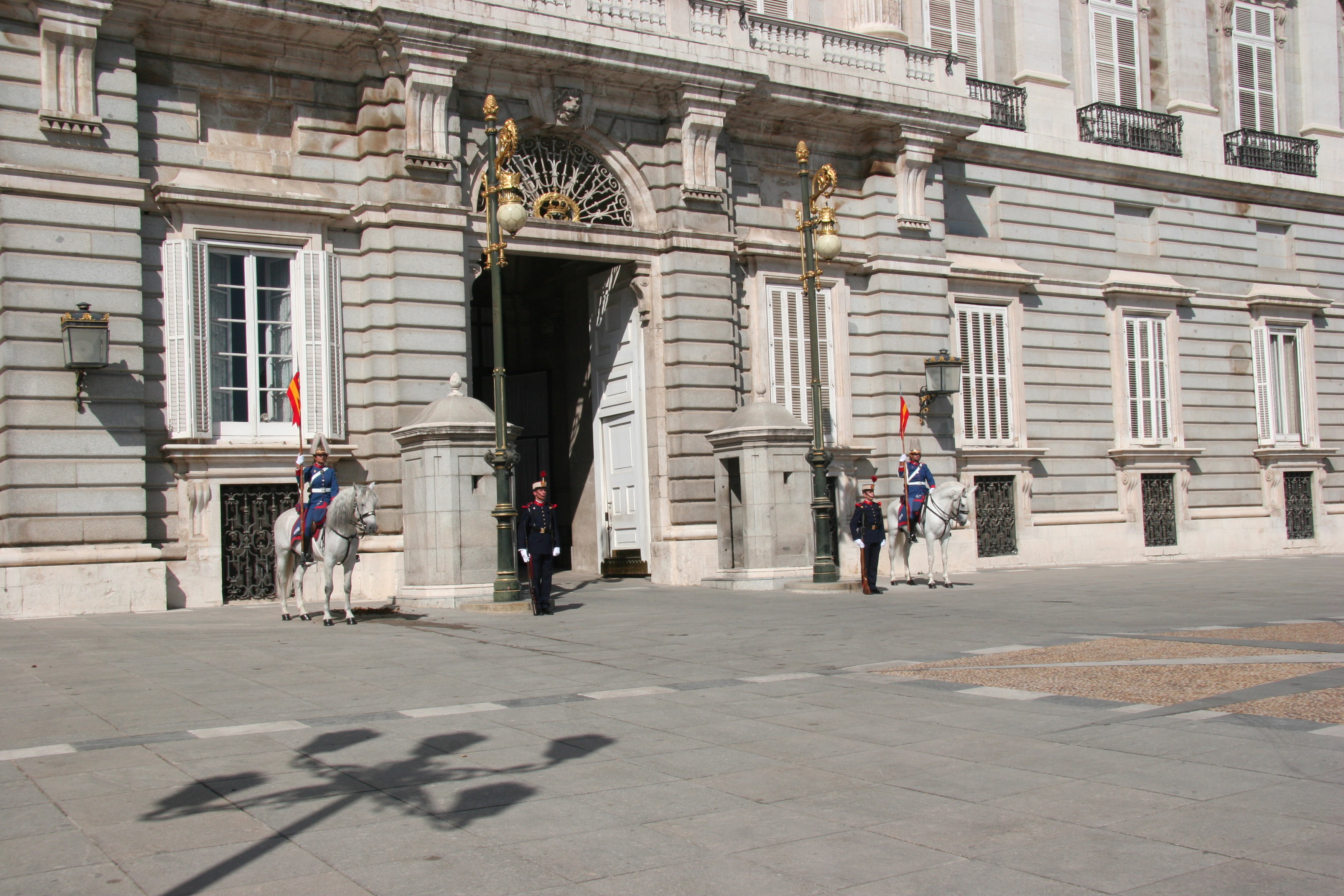
All done for another few hours. At least they are protected from idiots with cameras posing beside them.
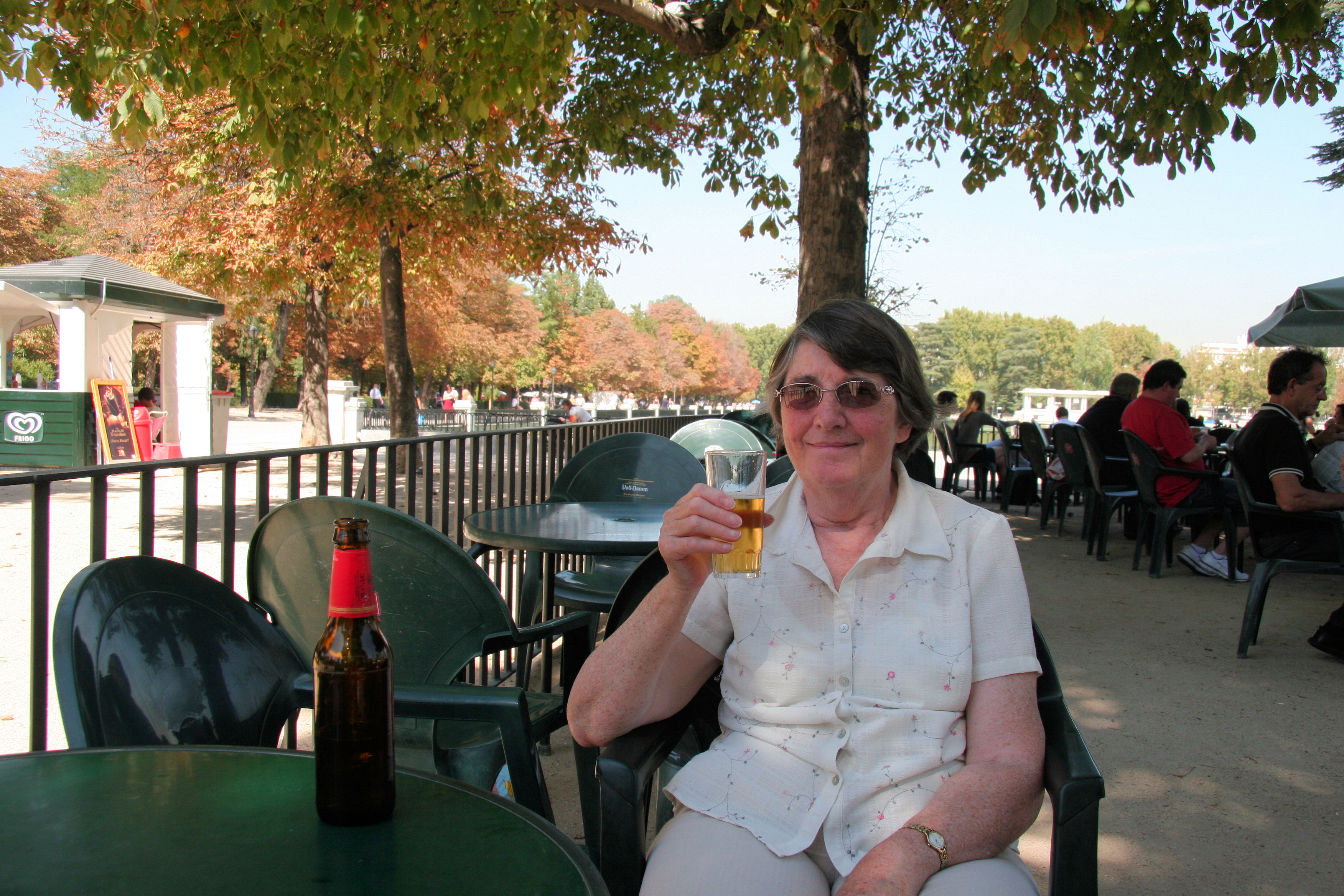
With its Parks, Plazas and Palaces, on the whole, Madrid got the thumbs up from LSW.
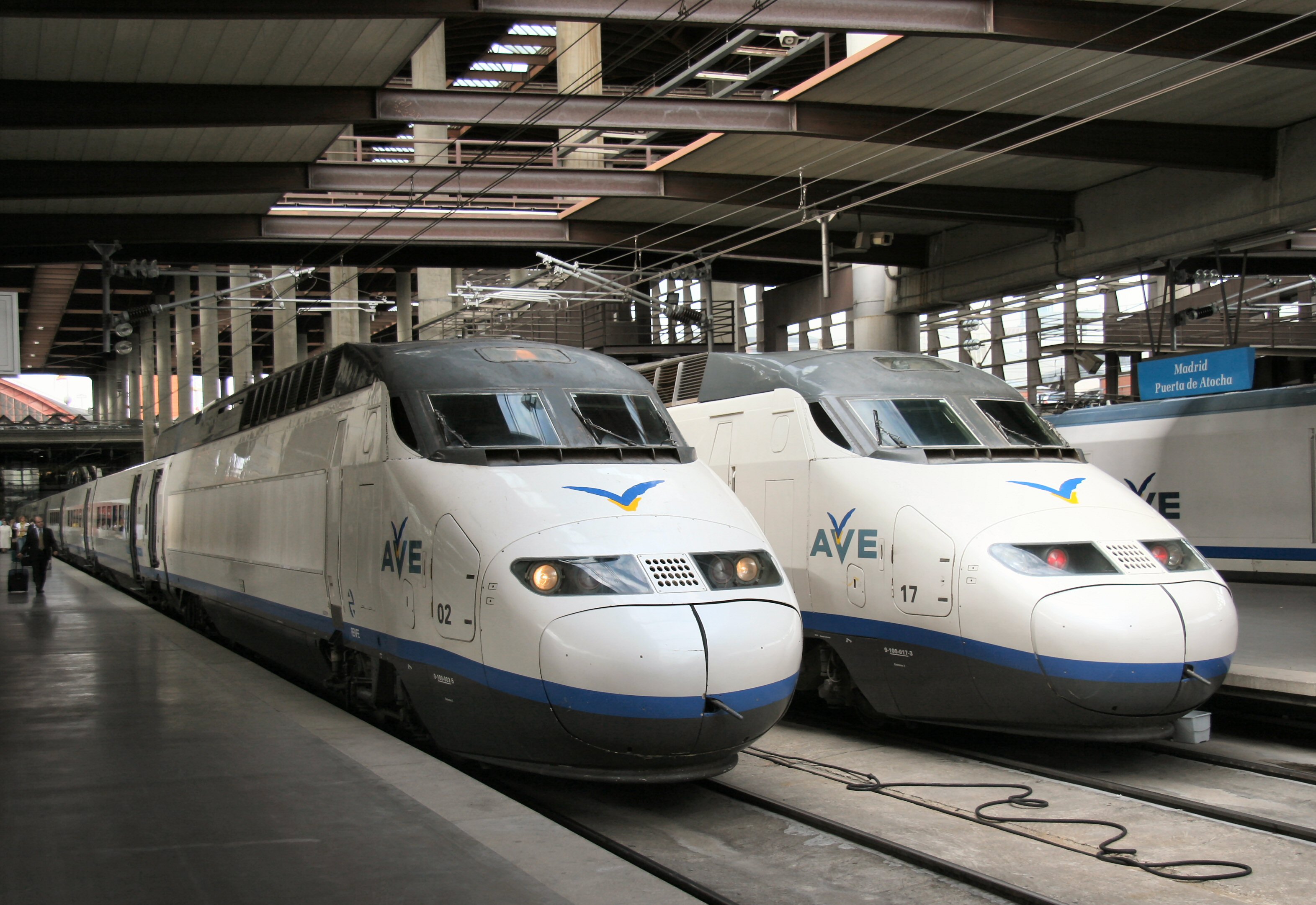
We travel further south from Madrid on another high speed train...
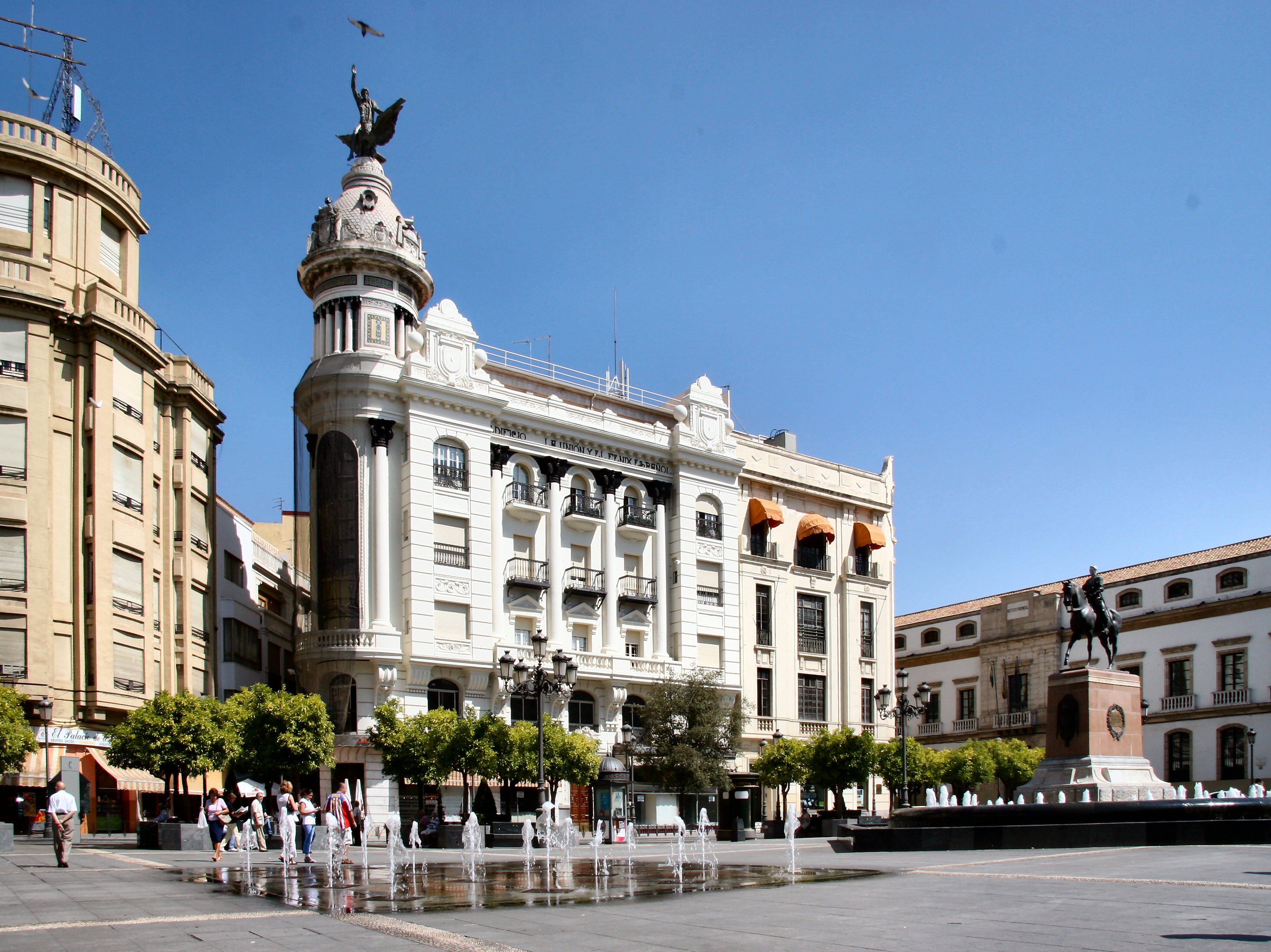
...to Cordoba. Cordoba is the smallest of the cities we visited. It was quieter and we found it the most relaxed.
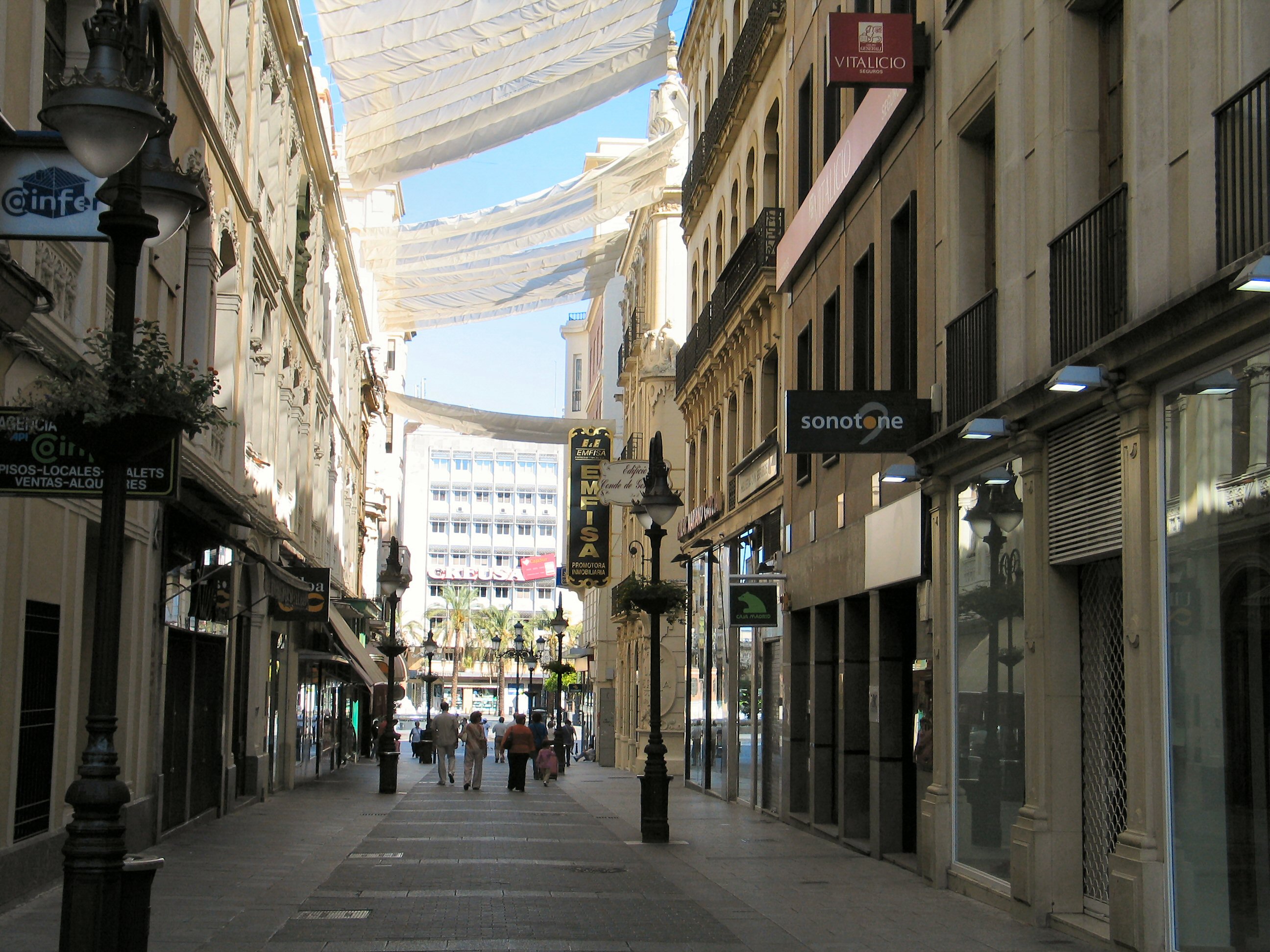
We began to notice it was getting hotter as we moved south. The provision of shade or an avenue of trees became increasingly significant,
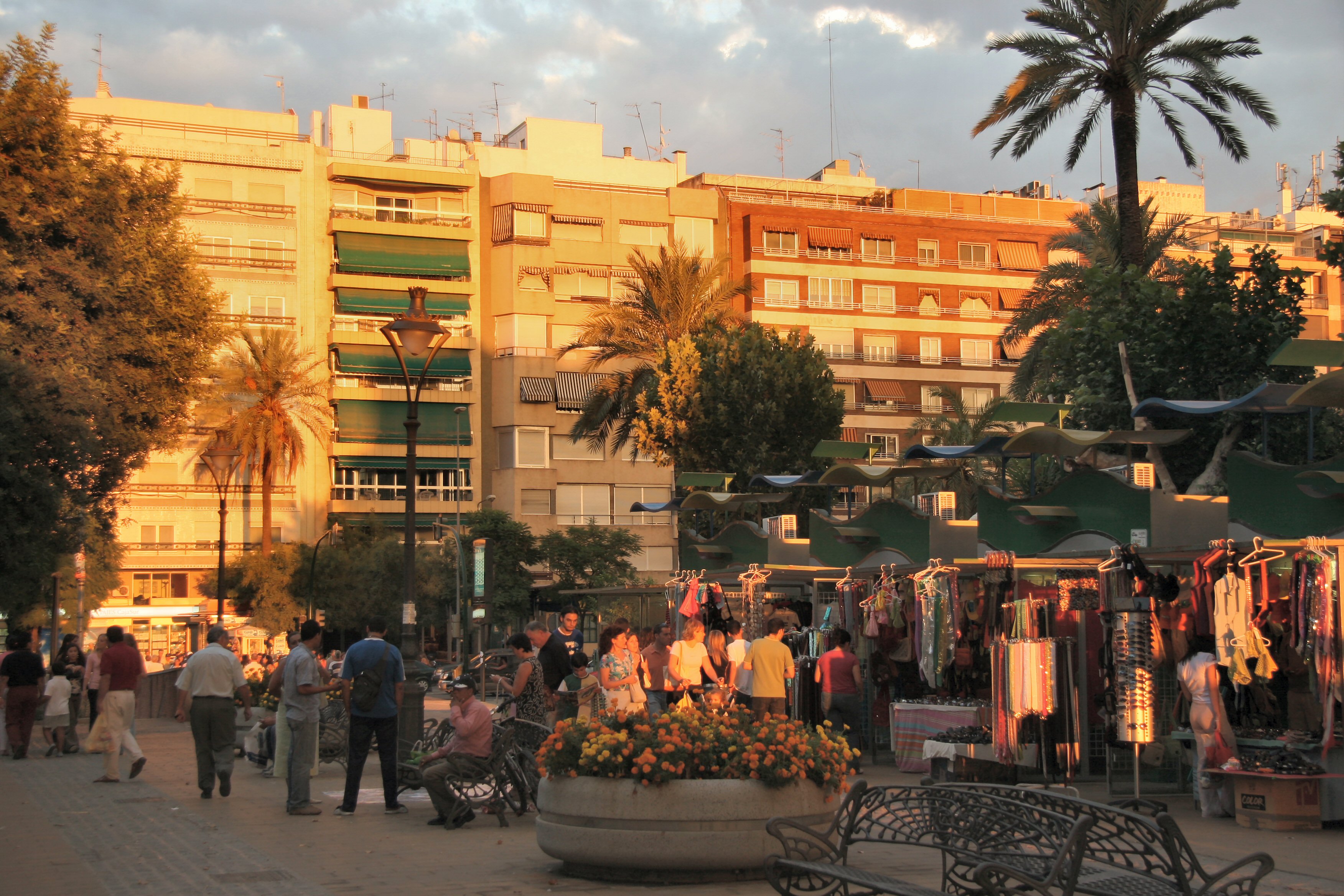
A worrying clothing malfunction was solved at this market where I was measured and fitted with a belt of fine leather. After twelve years of daily use it is still going strong.
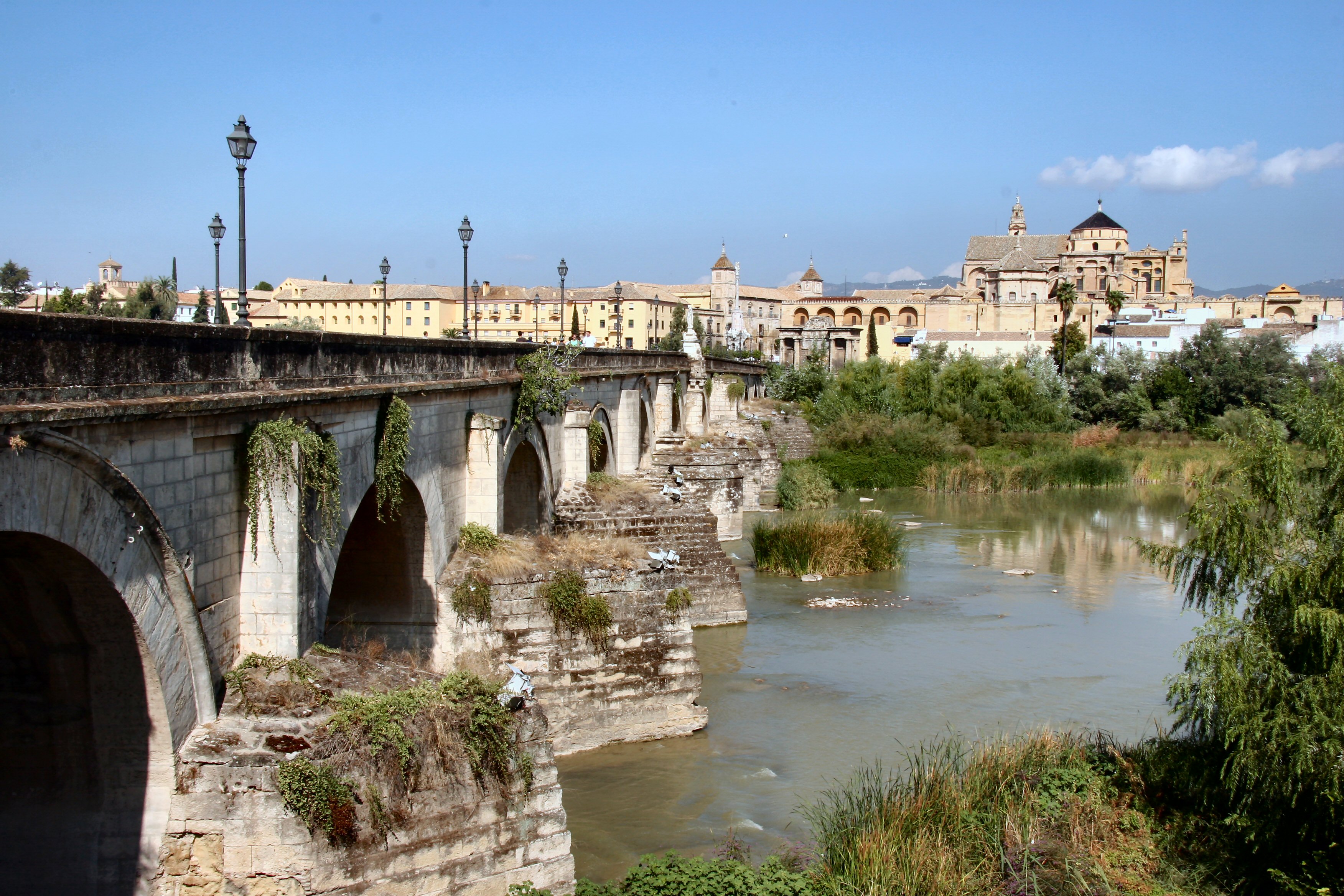
Cordoba is an ancient city with remains dating back two thousand years. This is the Roman Bridge over the River Guadalquivir which leads to the huge Mezquita (or Great) Mosque which was built during the eighth century.
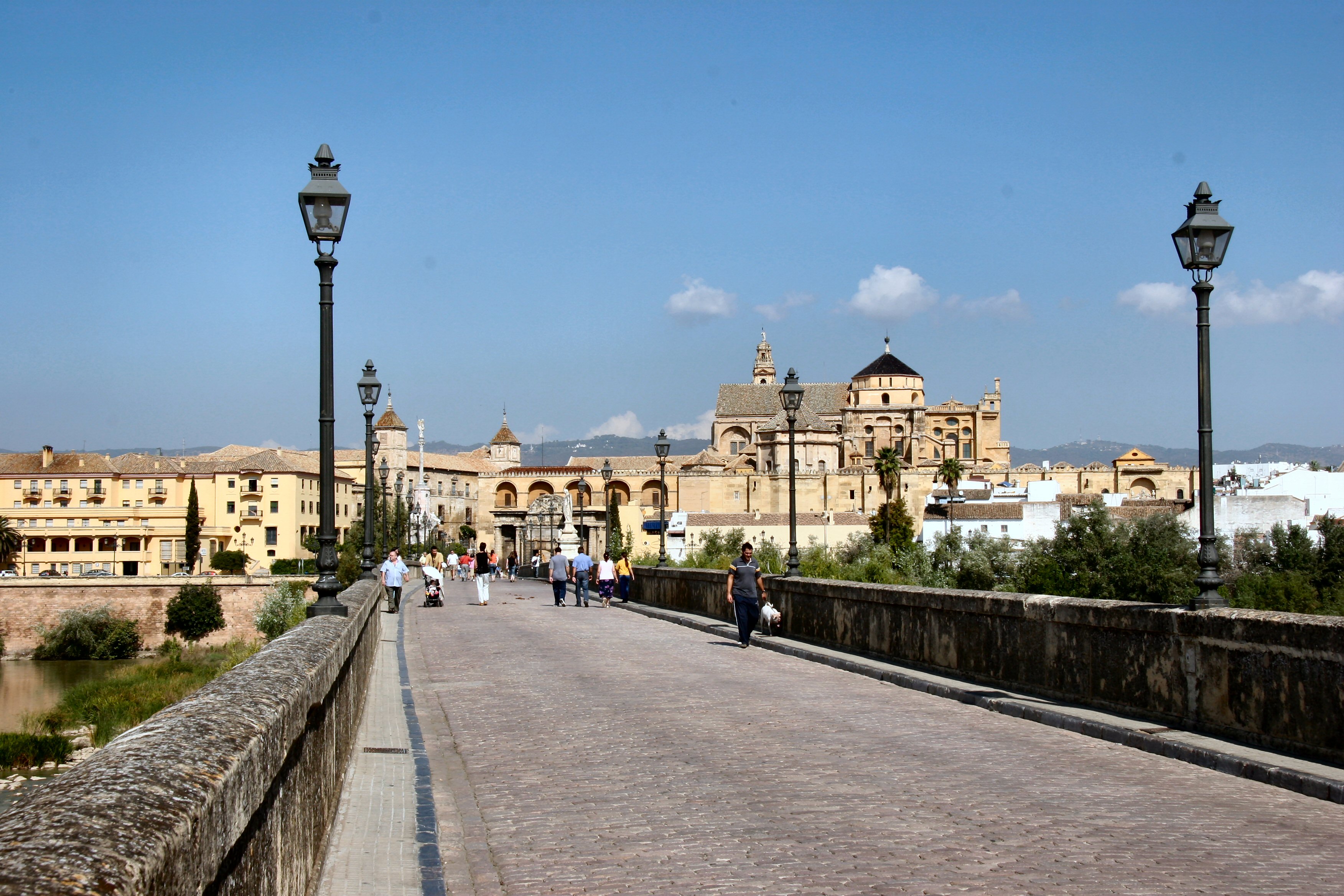
Cordoba was a Moslem city from 711AD to 1236 when it was captured by the Christian King Ferdinand of Castile. This is reflected by the architecture of the Great Mosque. The lower stories are the original Moslem structure while the upper parts were added later to change the Great Mosque into a church. The minaret became a tower.
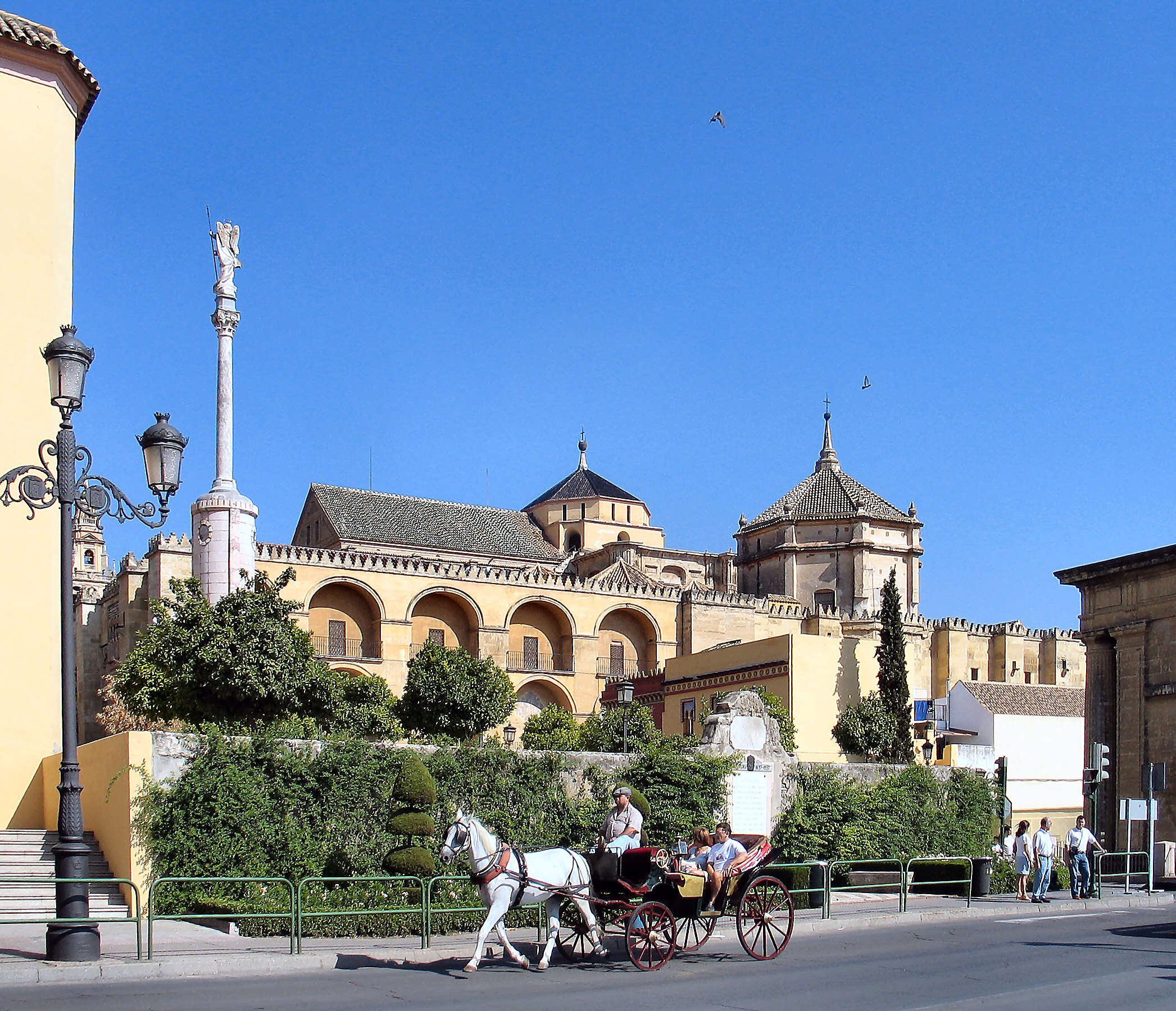
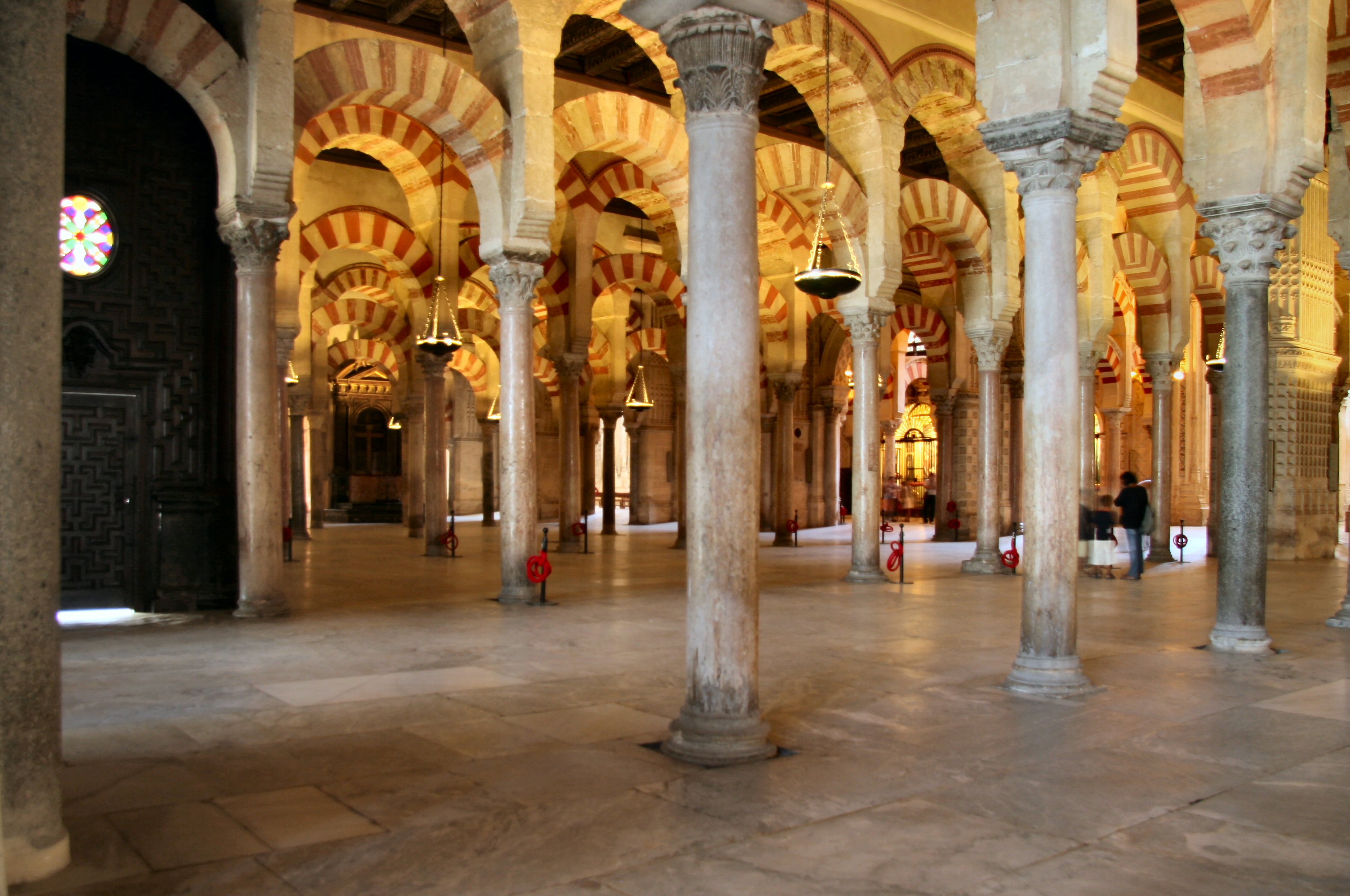
The original building provides a large, cool space with a low roof held up be a forest of pillars.
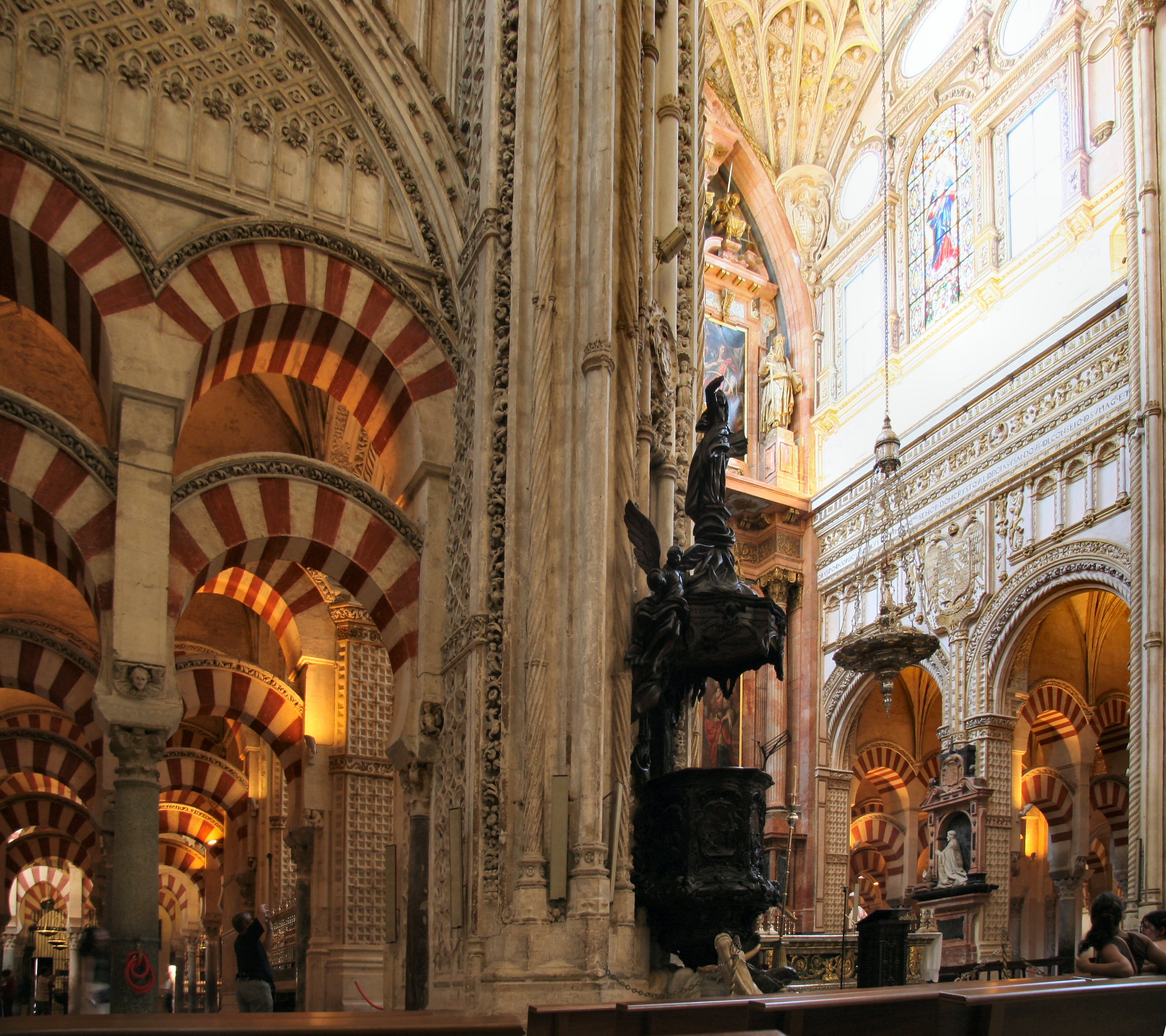
Thrust into the centre of this calm modest building is something a little more exuberant. It is quite a clash.
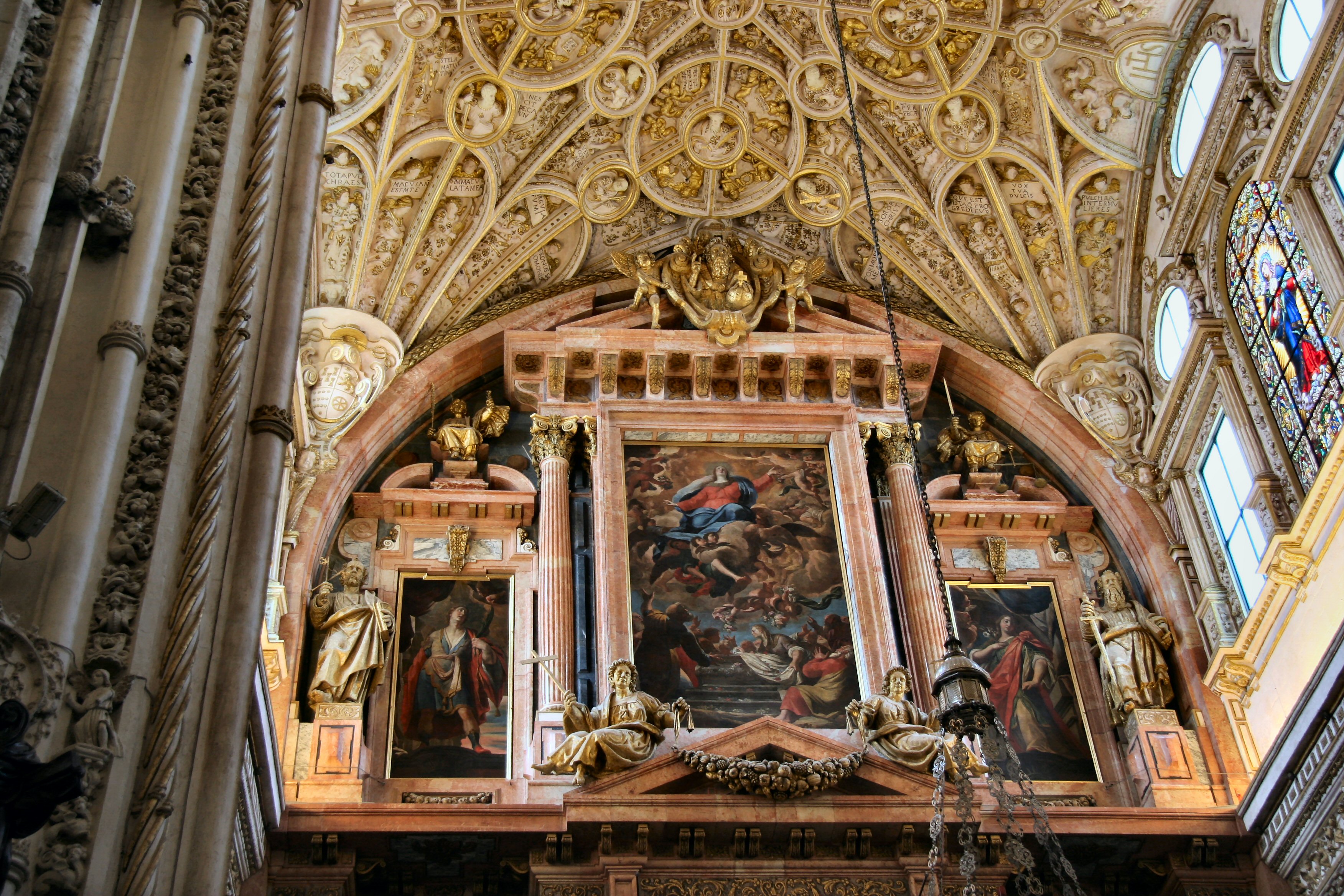
Perhaps just a bit over the top... it is possible someone was trying to make a point about who was now in charge...
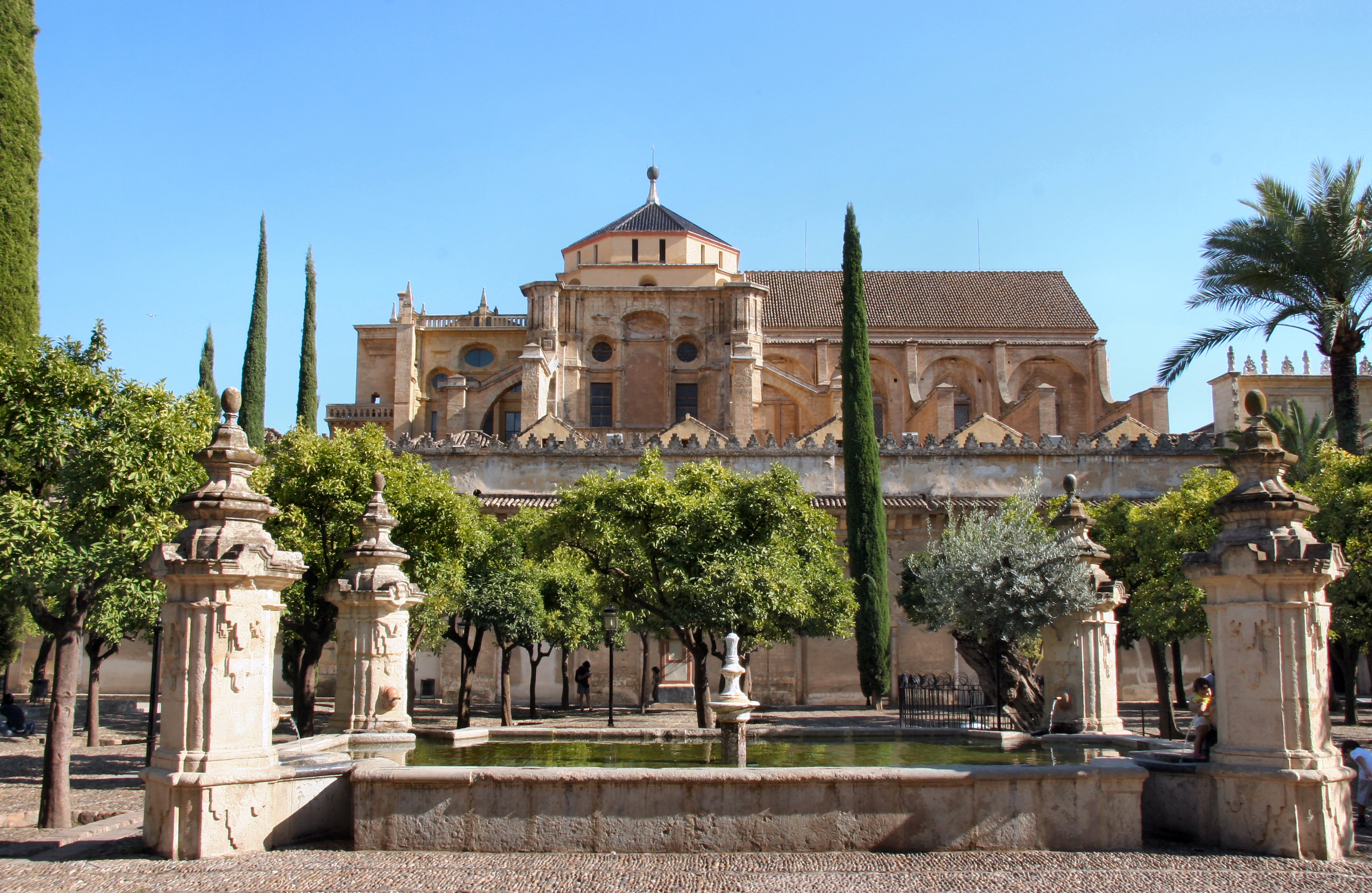
Another characteristic of Moslem culture which has survived in Cordoba are the peaceful gardens with formal arrangements and water features.
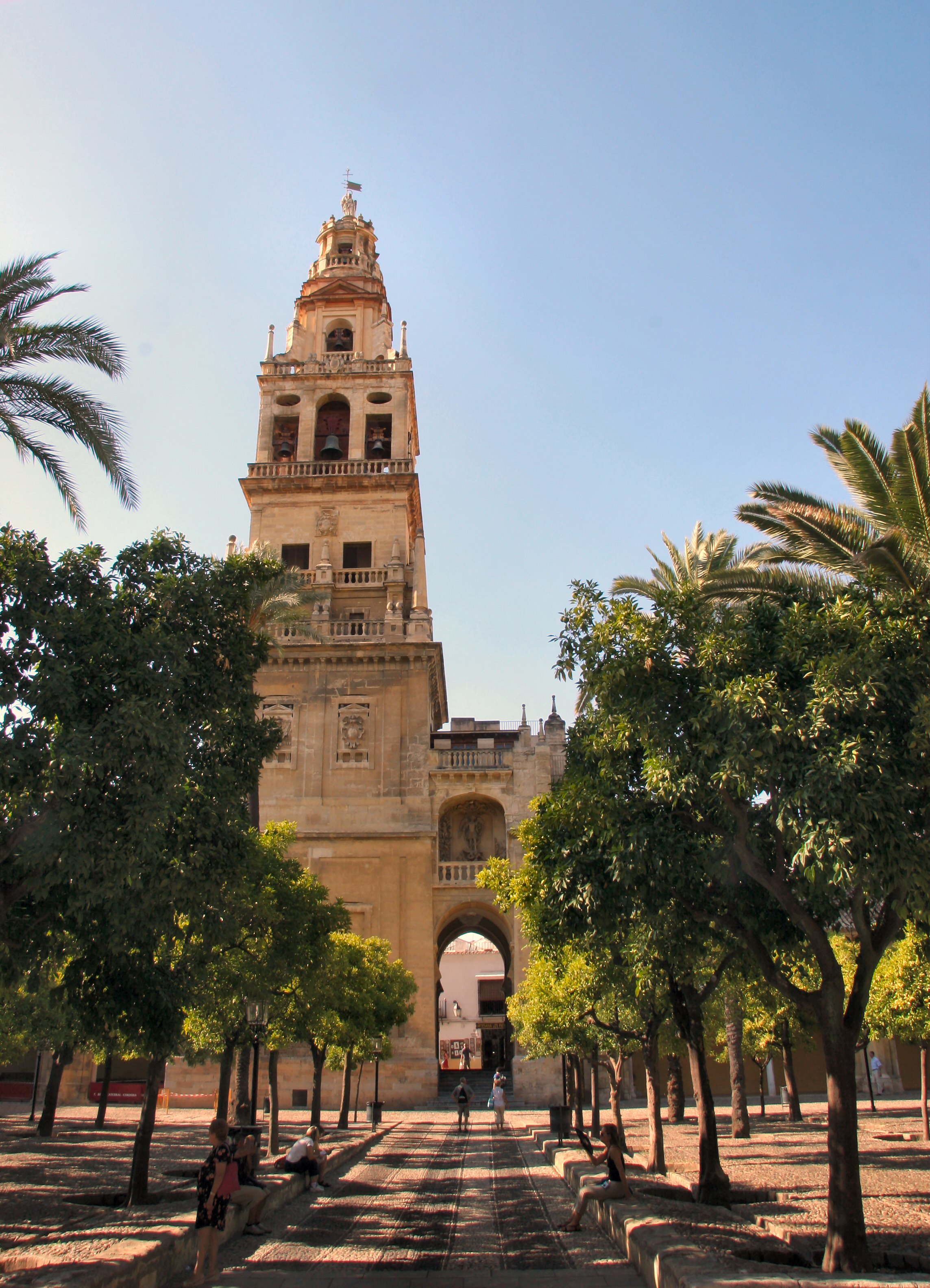
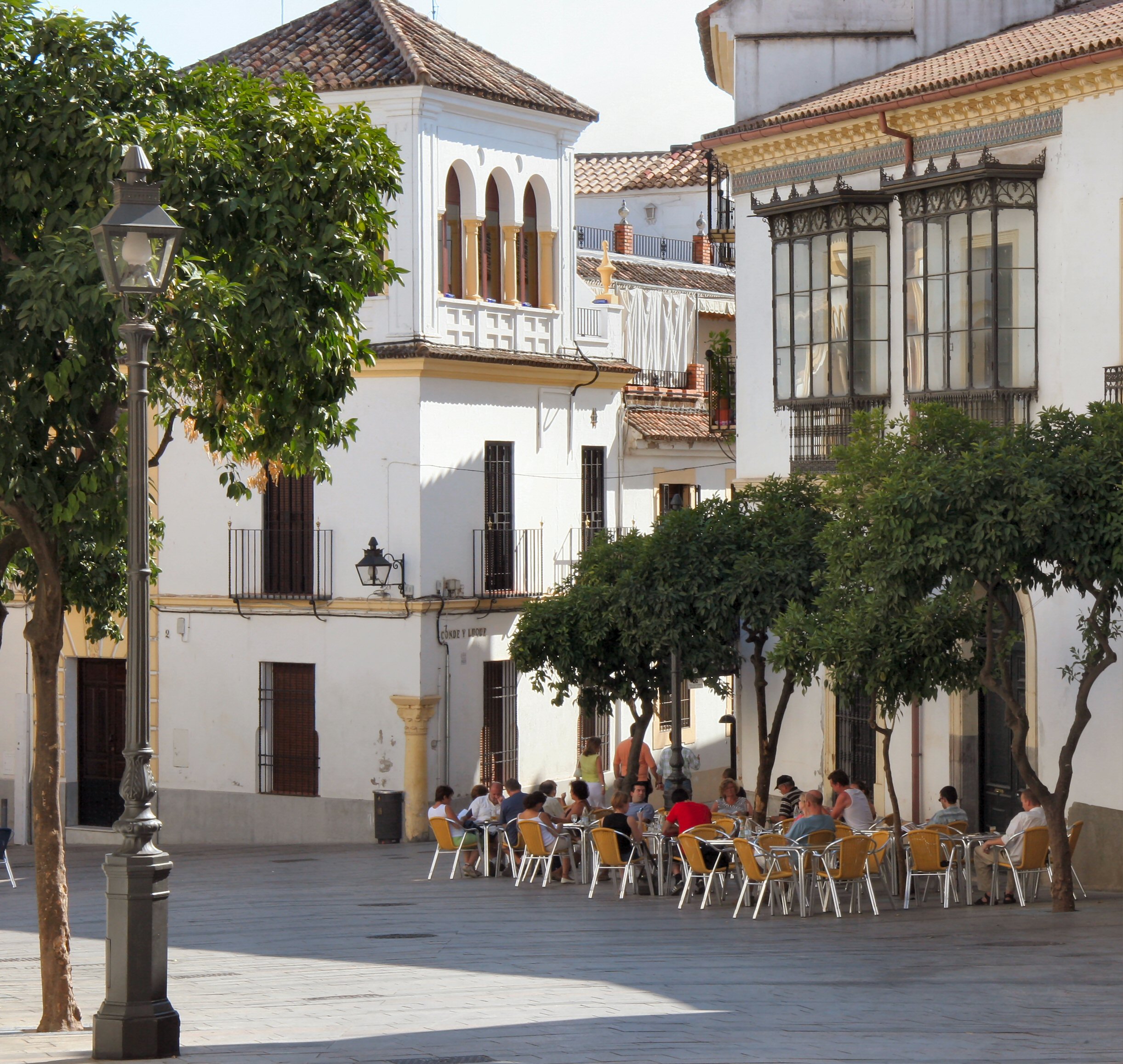
Cordoba itself had many peaceful, quiet corners and we liked it a lot.
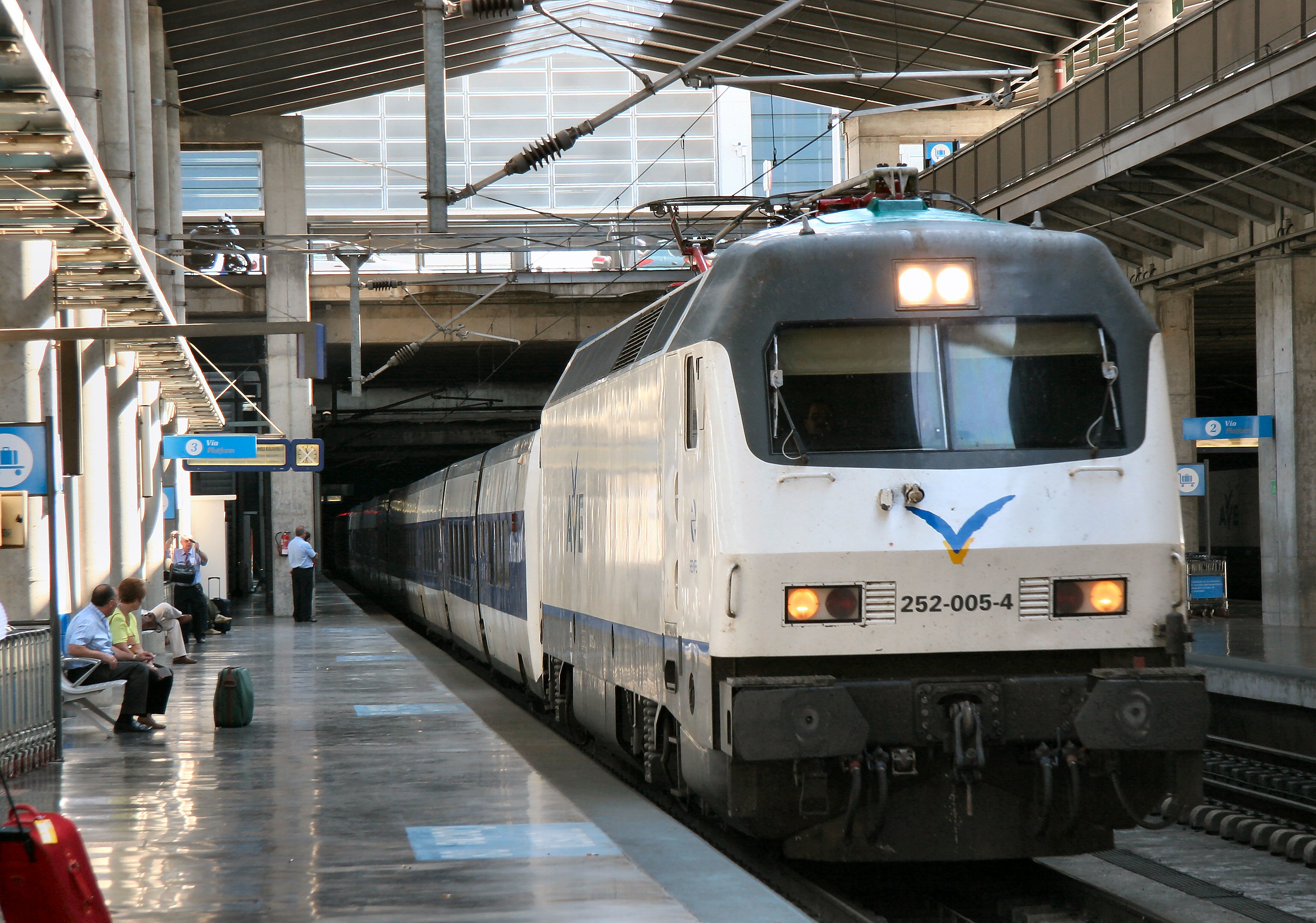
Moving south again to Seville.
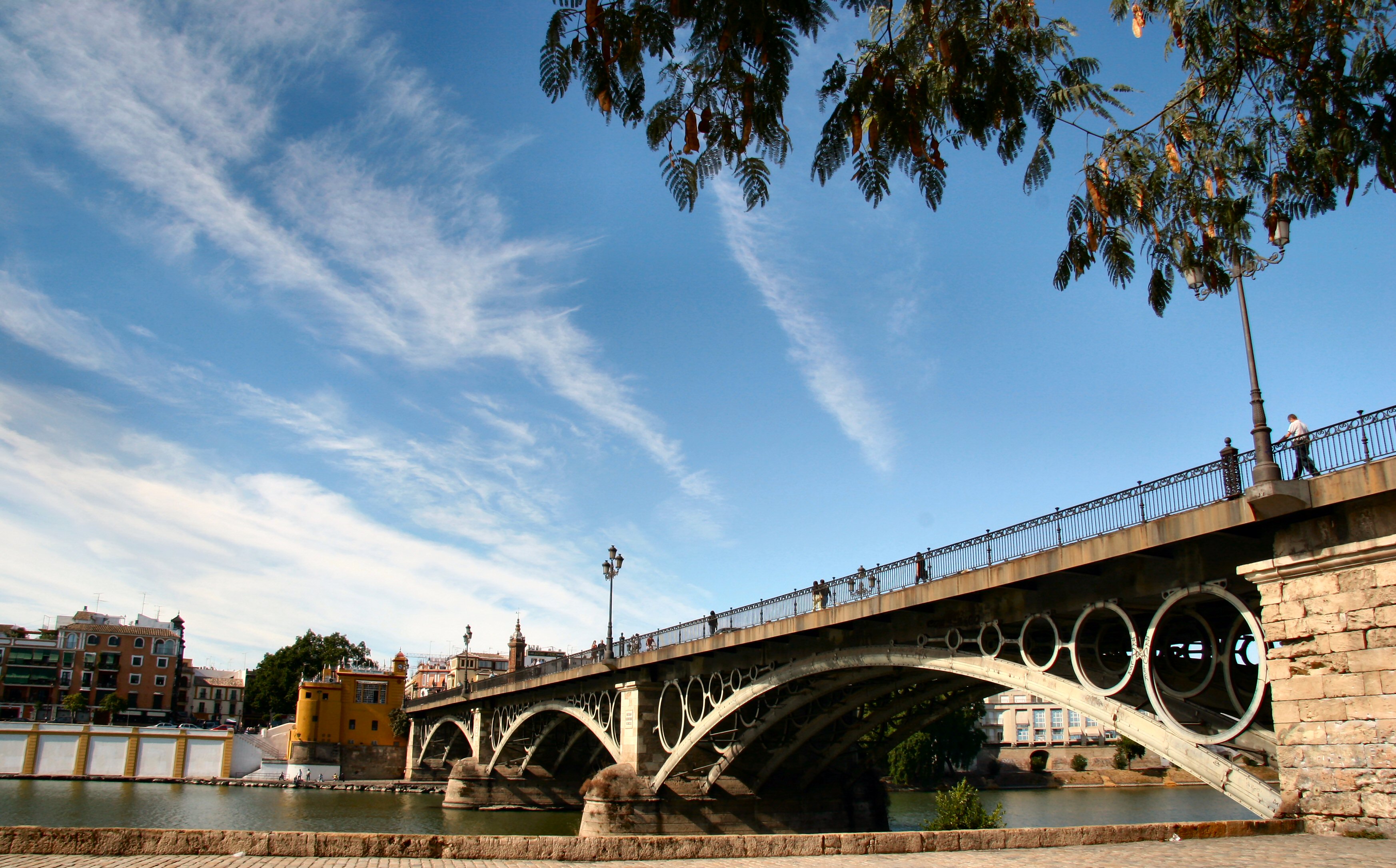
Like Cordoba, Seville is on the Guadalquivir River, but much nearer the sea and in the past was a significant port. Here the river is crossed by the Tirana Bridge.
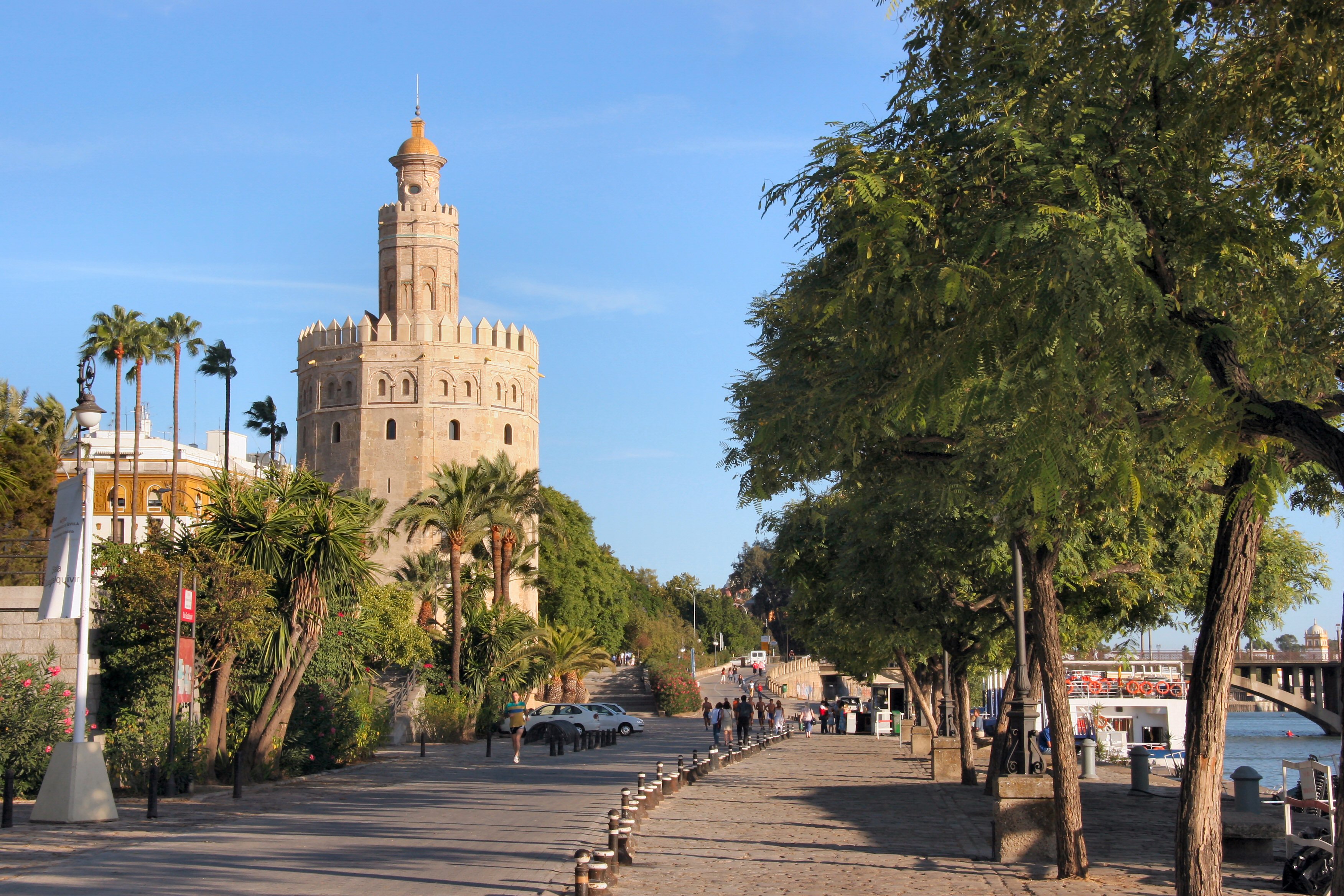
This the Torre del Oro which once served as a watch tower to control the traffic on the river.
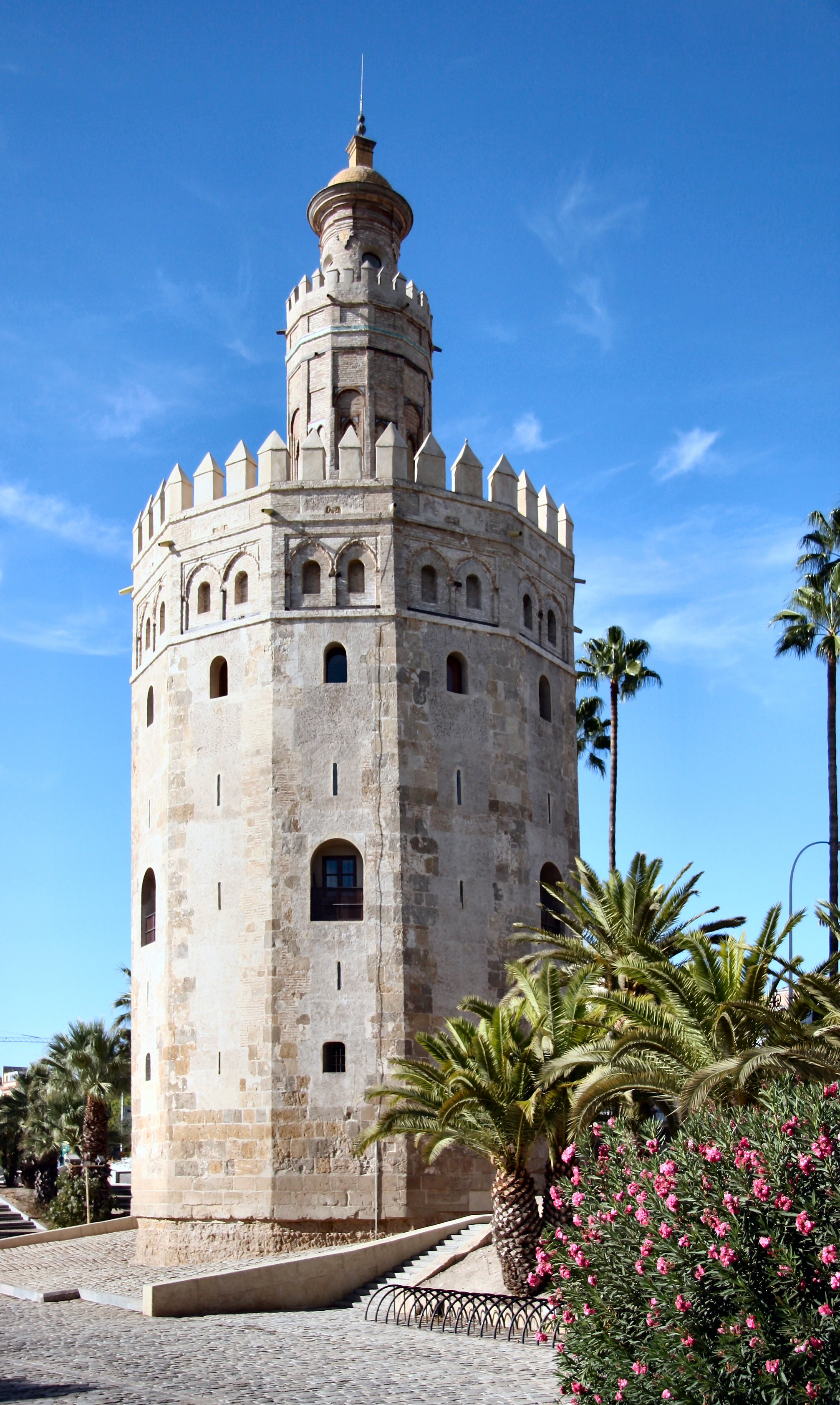
Today it houses a small naval museum and serves as a fine view point for tourists.
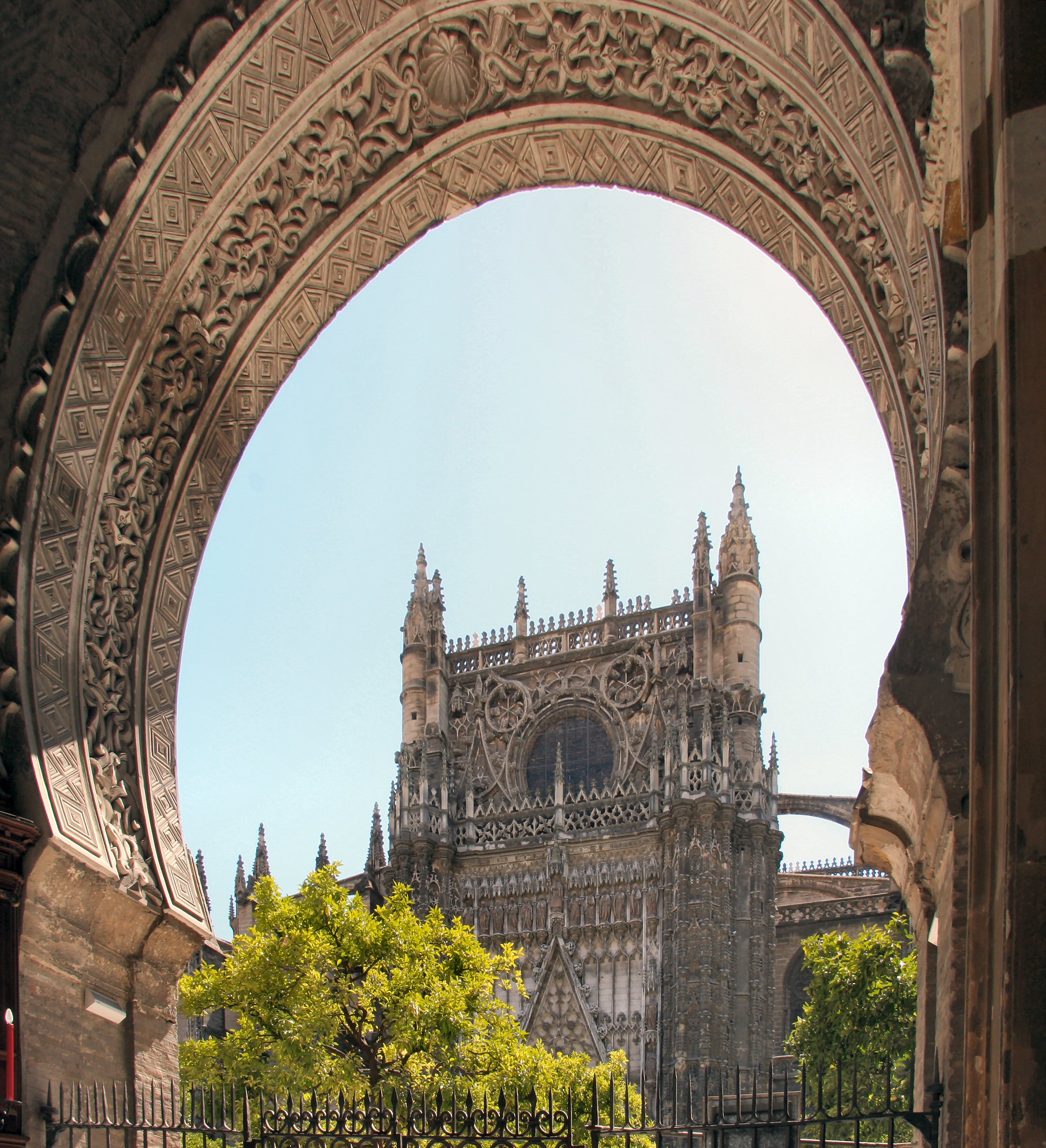
Seville is even more ancient than Cordoba being a Phoenican settlement. Today the combination of Moorish and Christian influences give the city its special character.
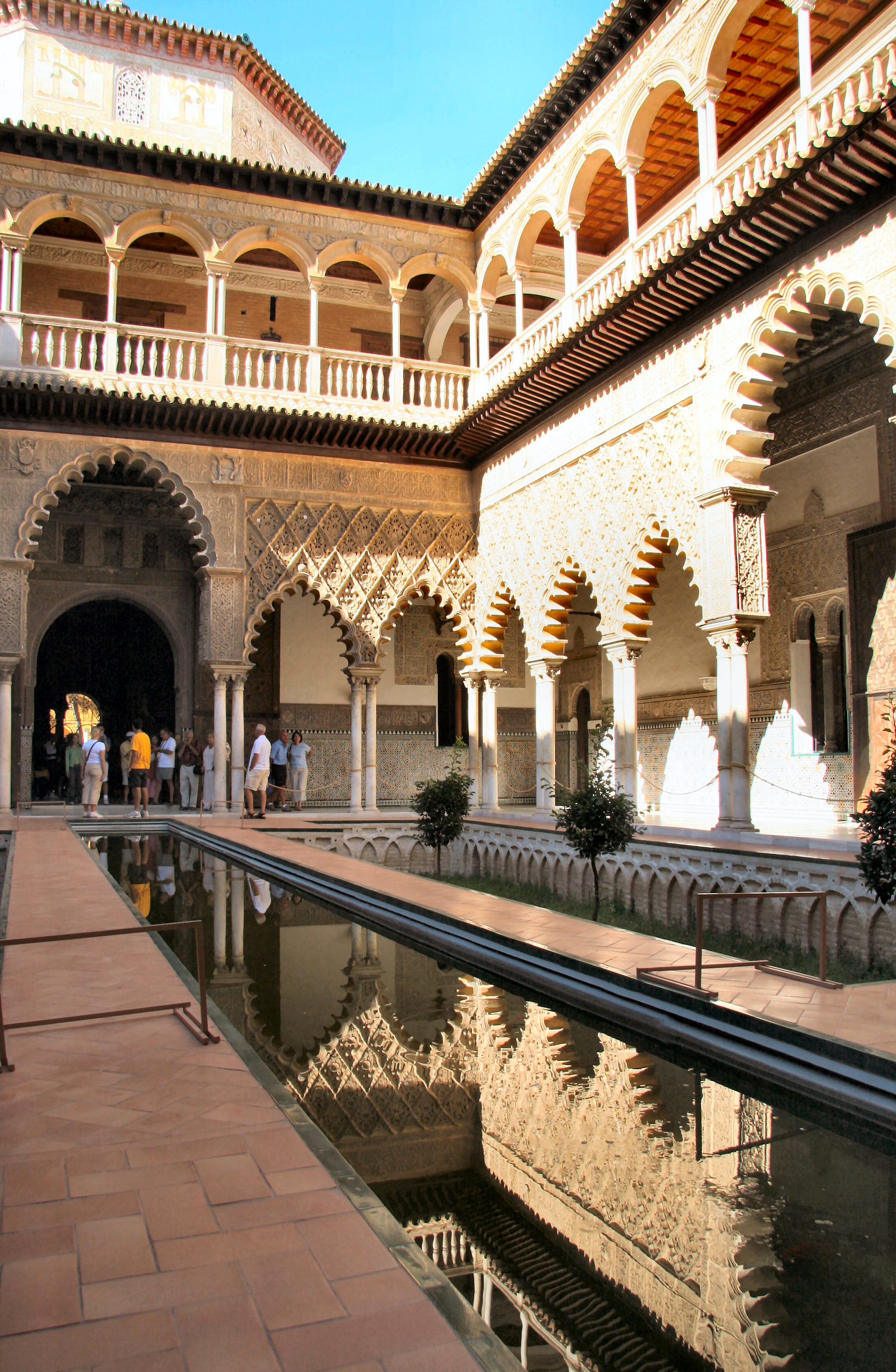
The Alcazar is the most prominent Moorish site - a stunning combination of palace and gardens.
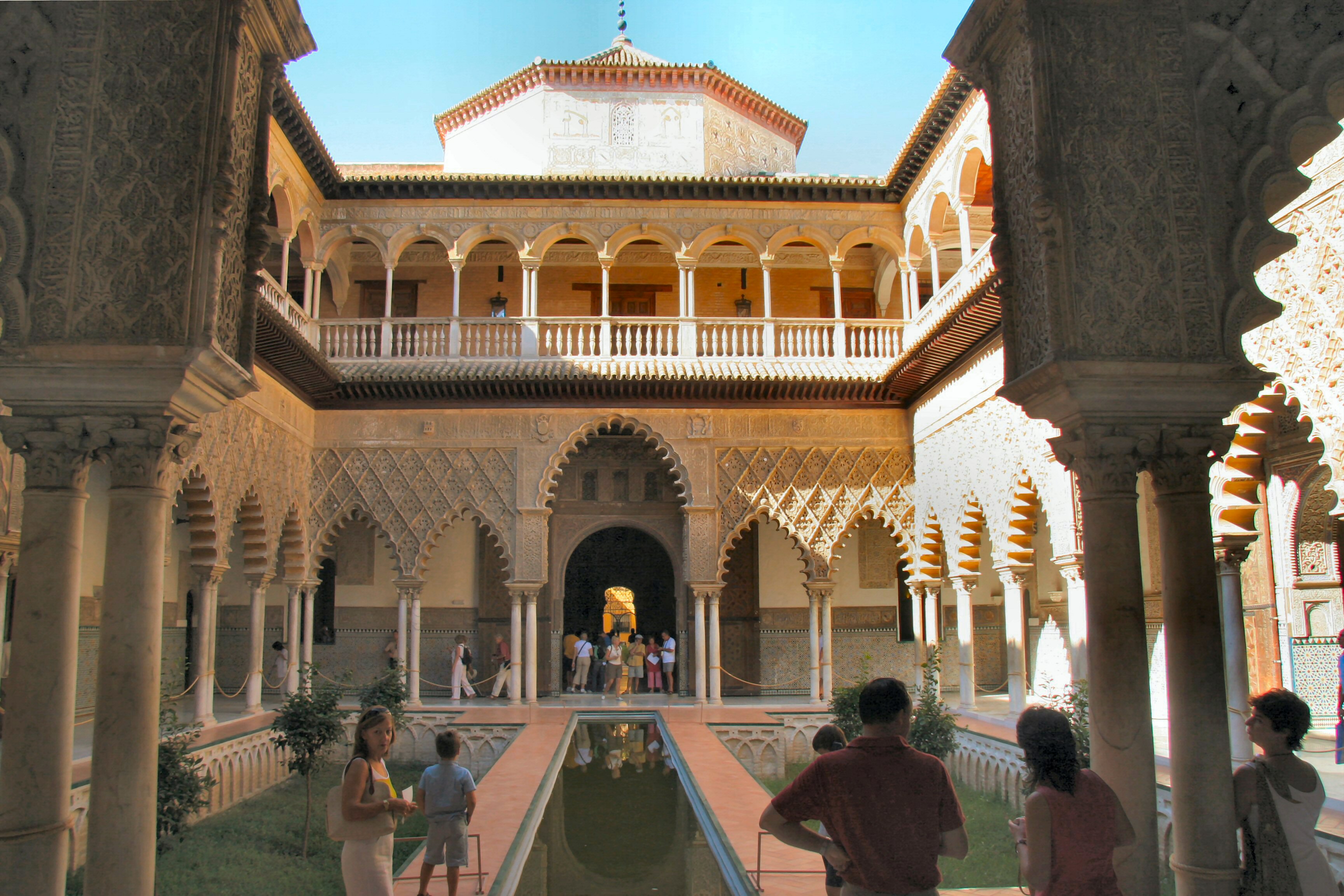
Courtyard of the maidens.
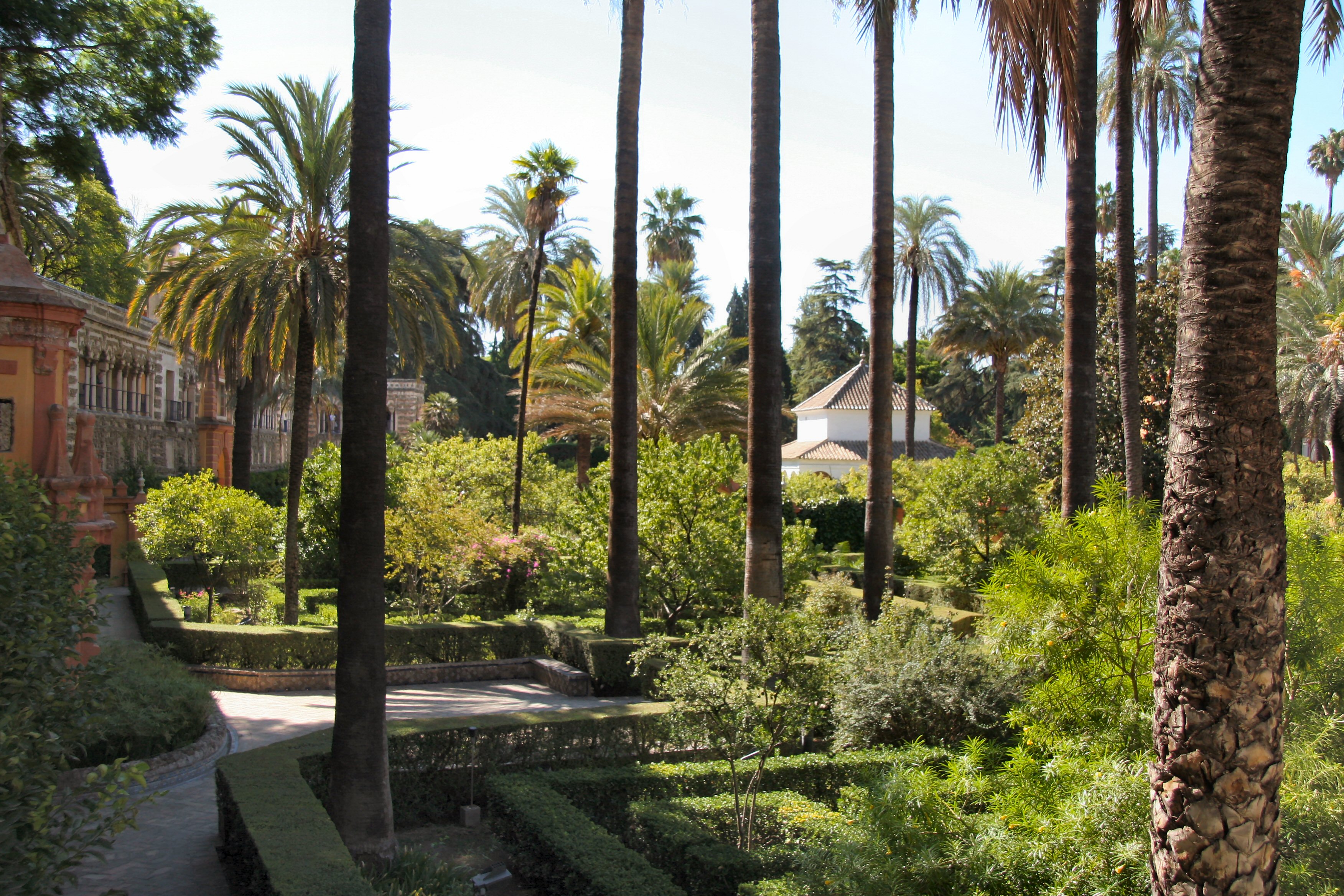
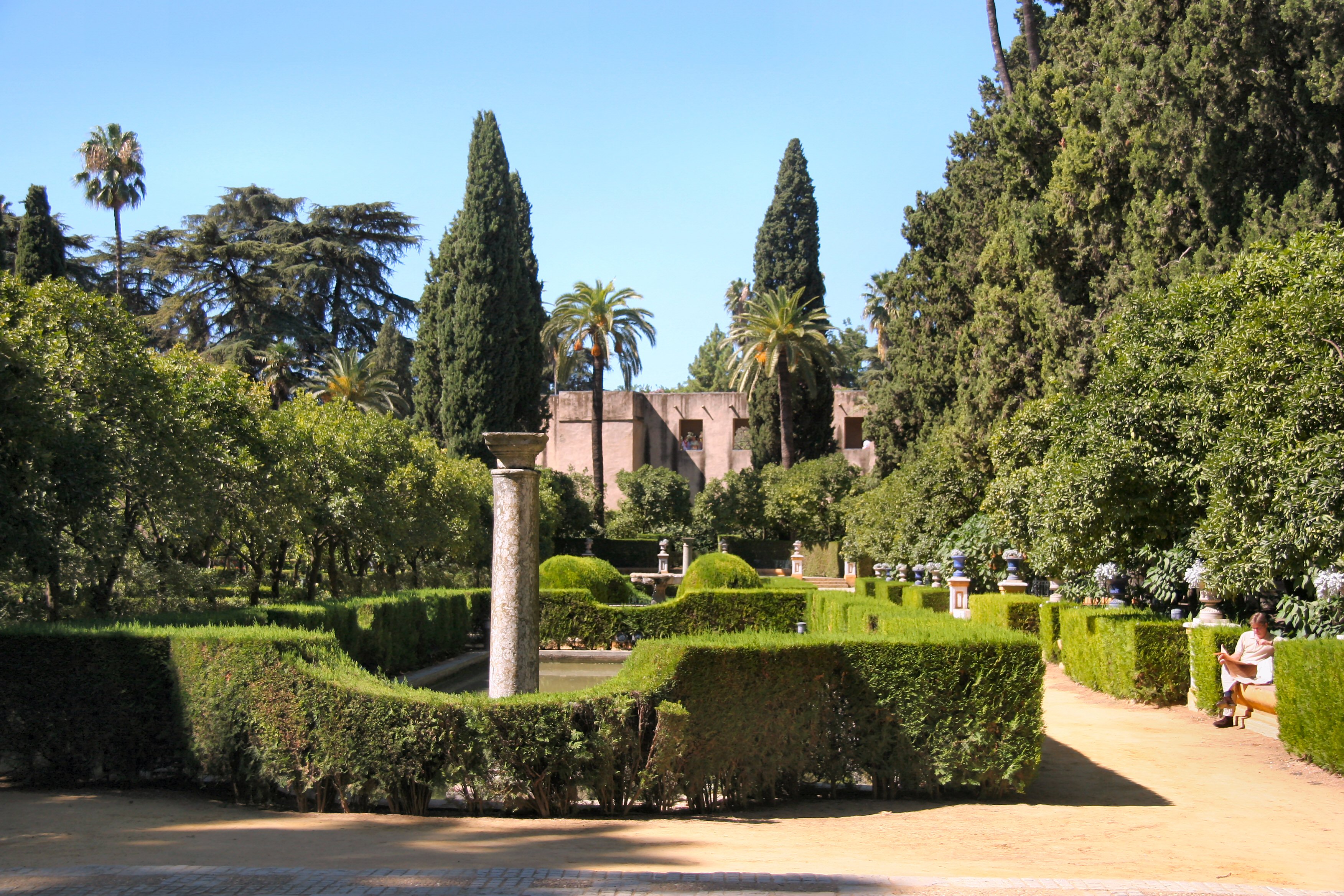
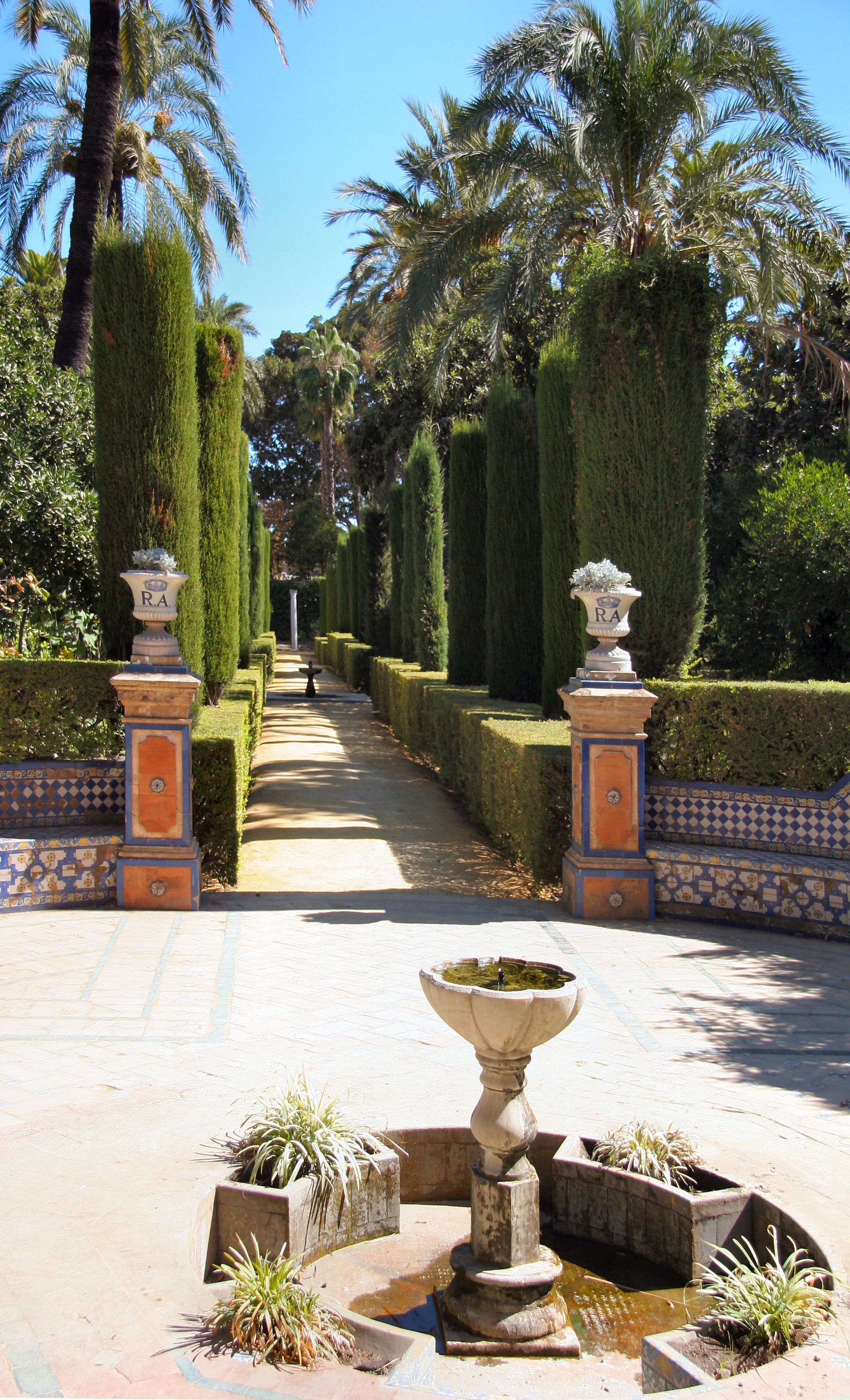
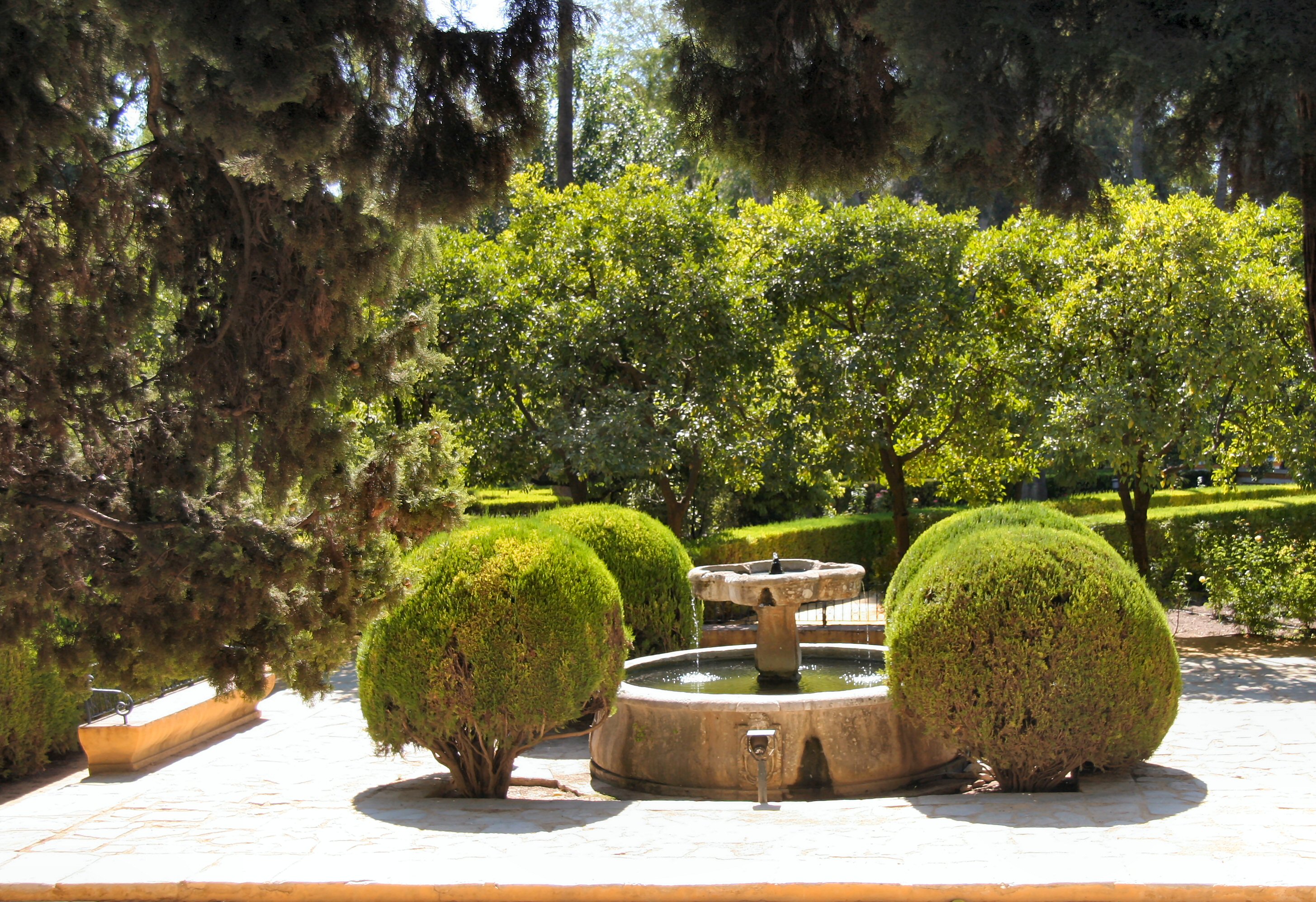

Fountains and running water enhance the gardens and demonstrate the advanced hydraulic engineering the Moorish civilisation achieved in its golden age.
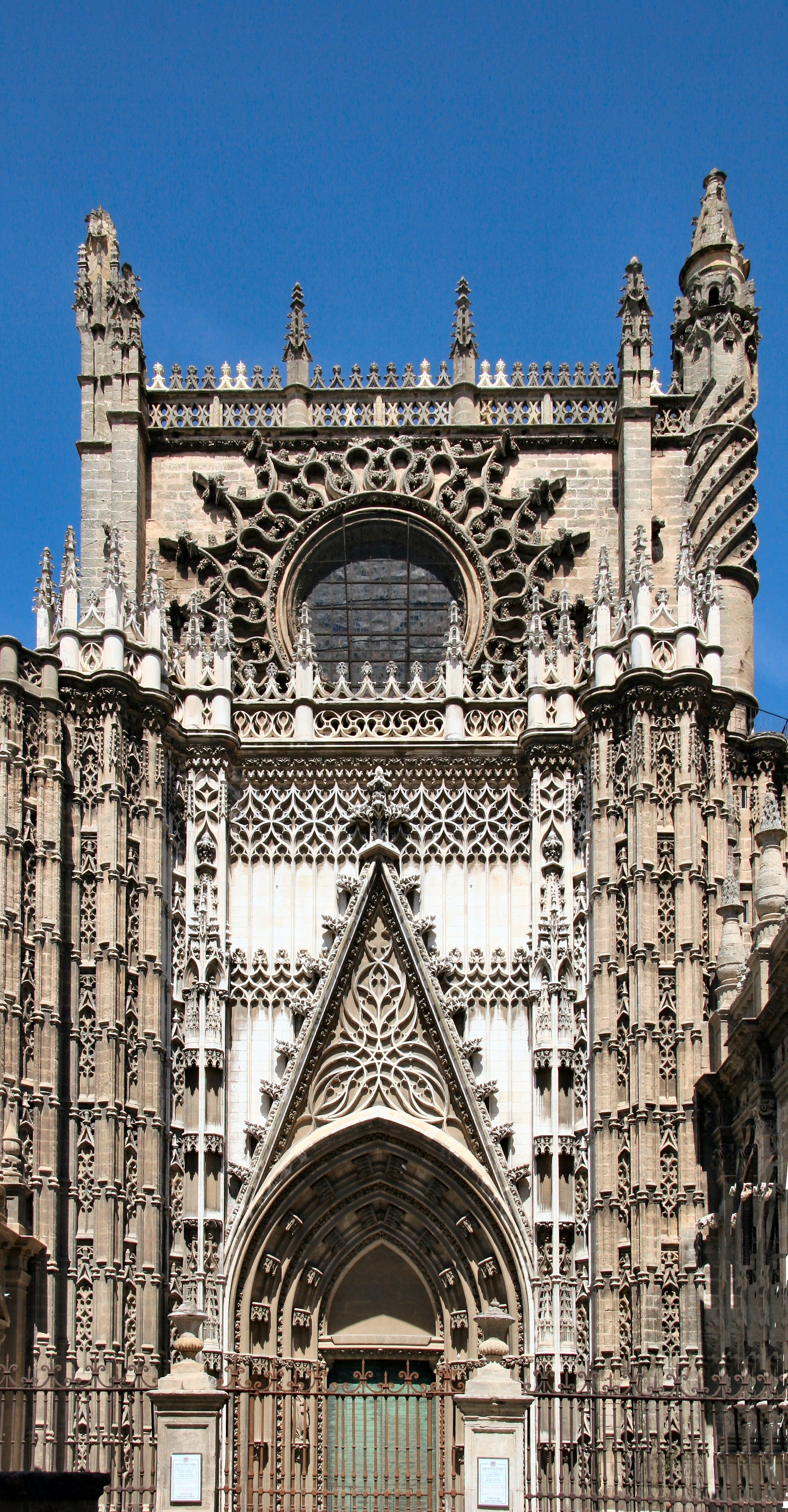
Christianity also has its share of magnificent buildings.

St Mary Cathedral.
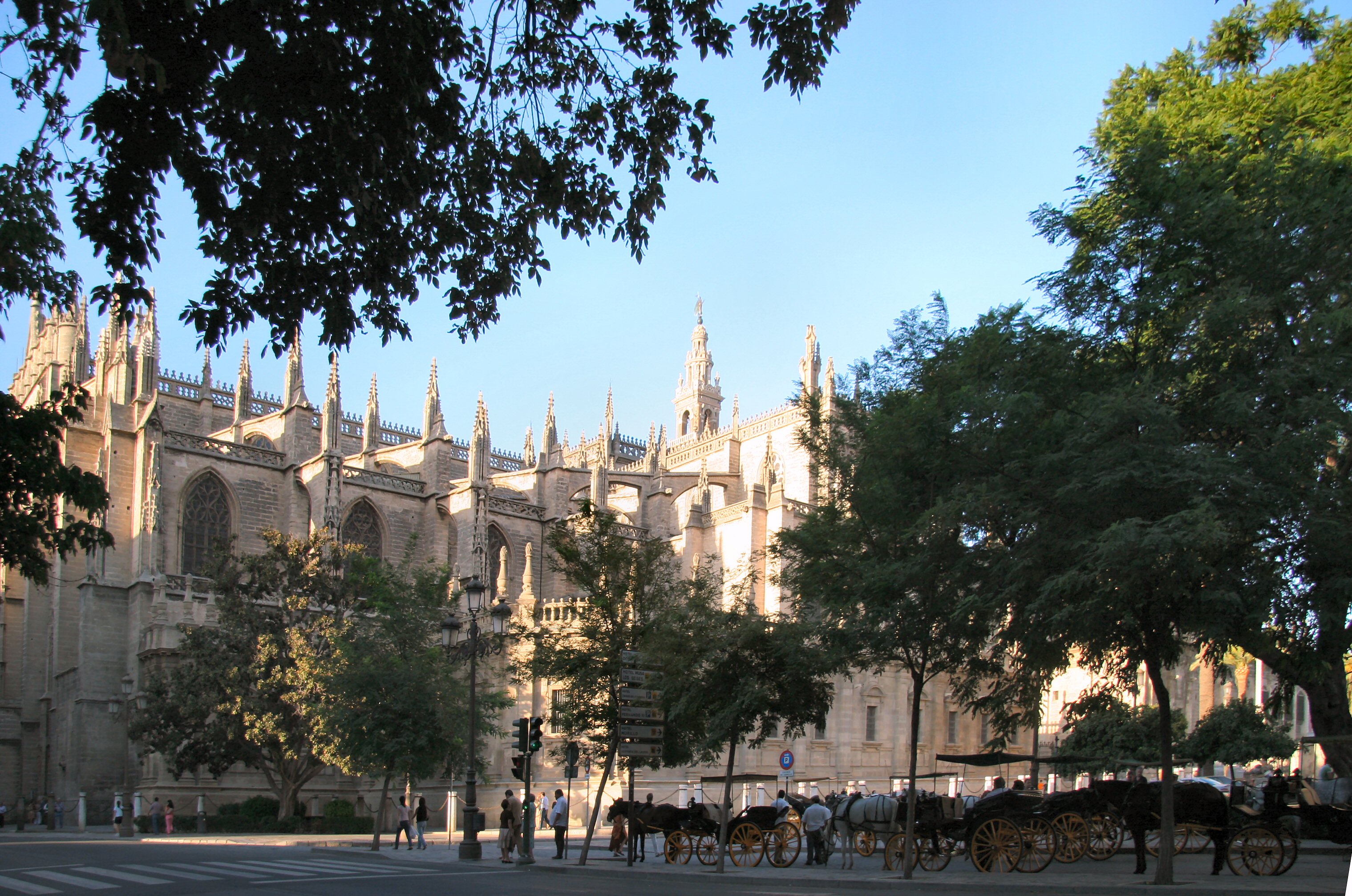
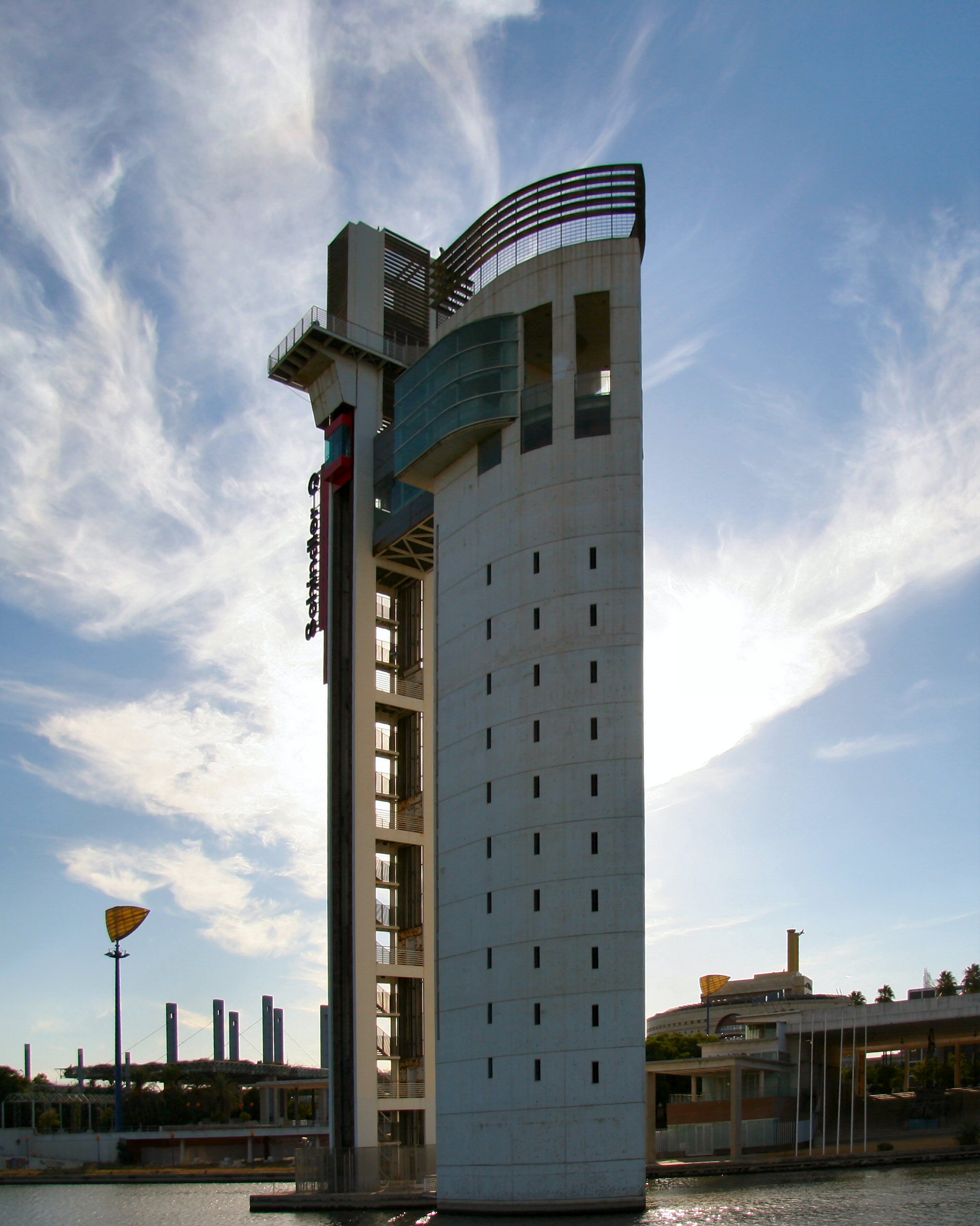
In 1992 The Universal Exposition of Seville took place. A legacy of this event are several modernistic structures, some of which are rather enigmatic.
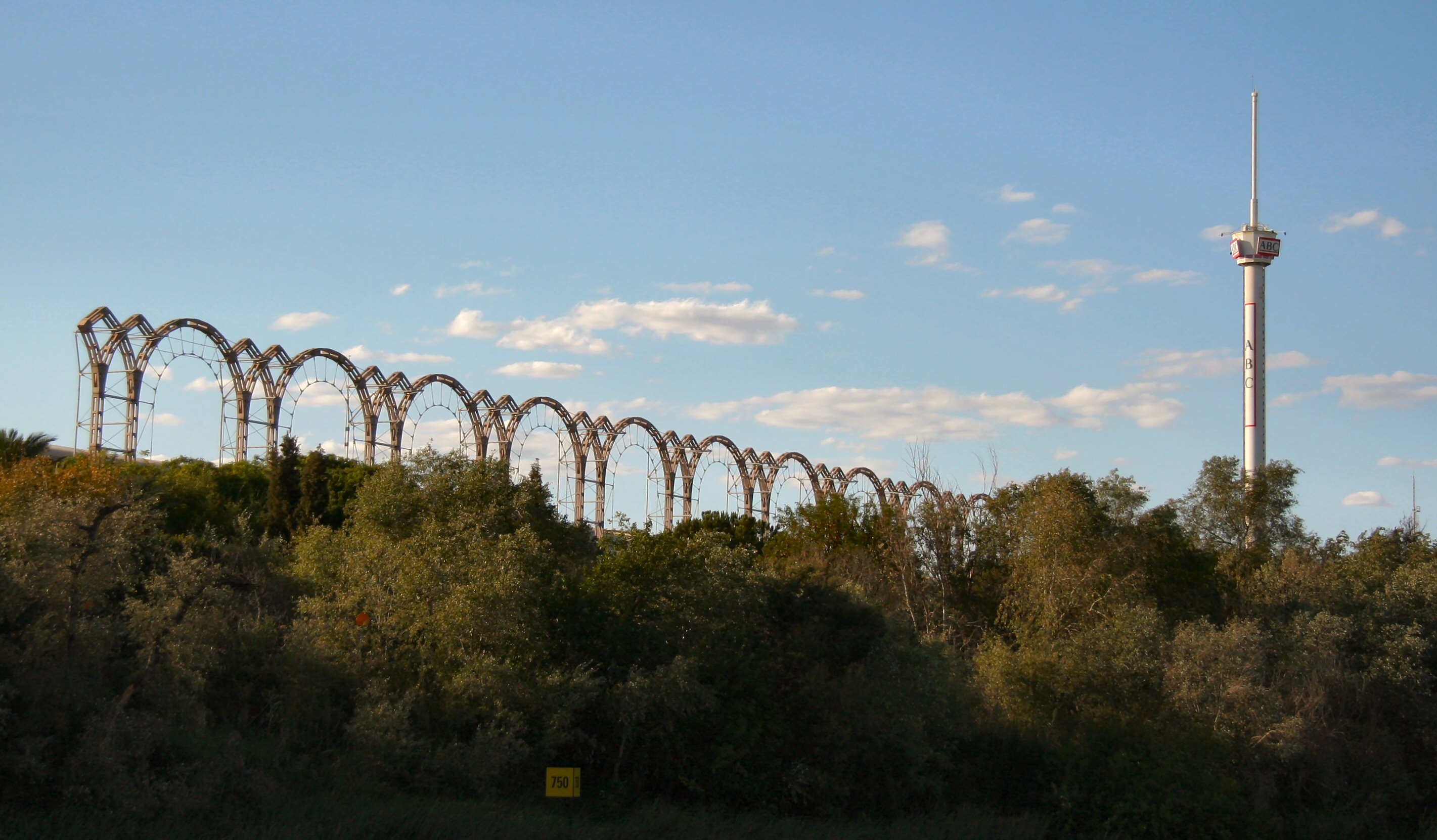
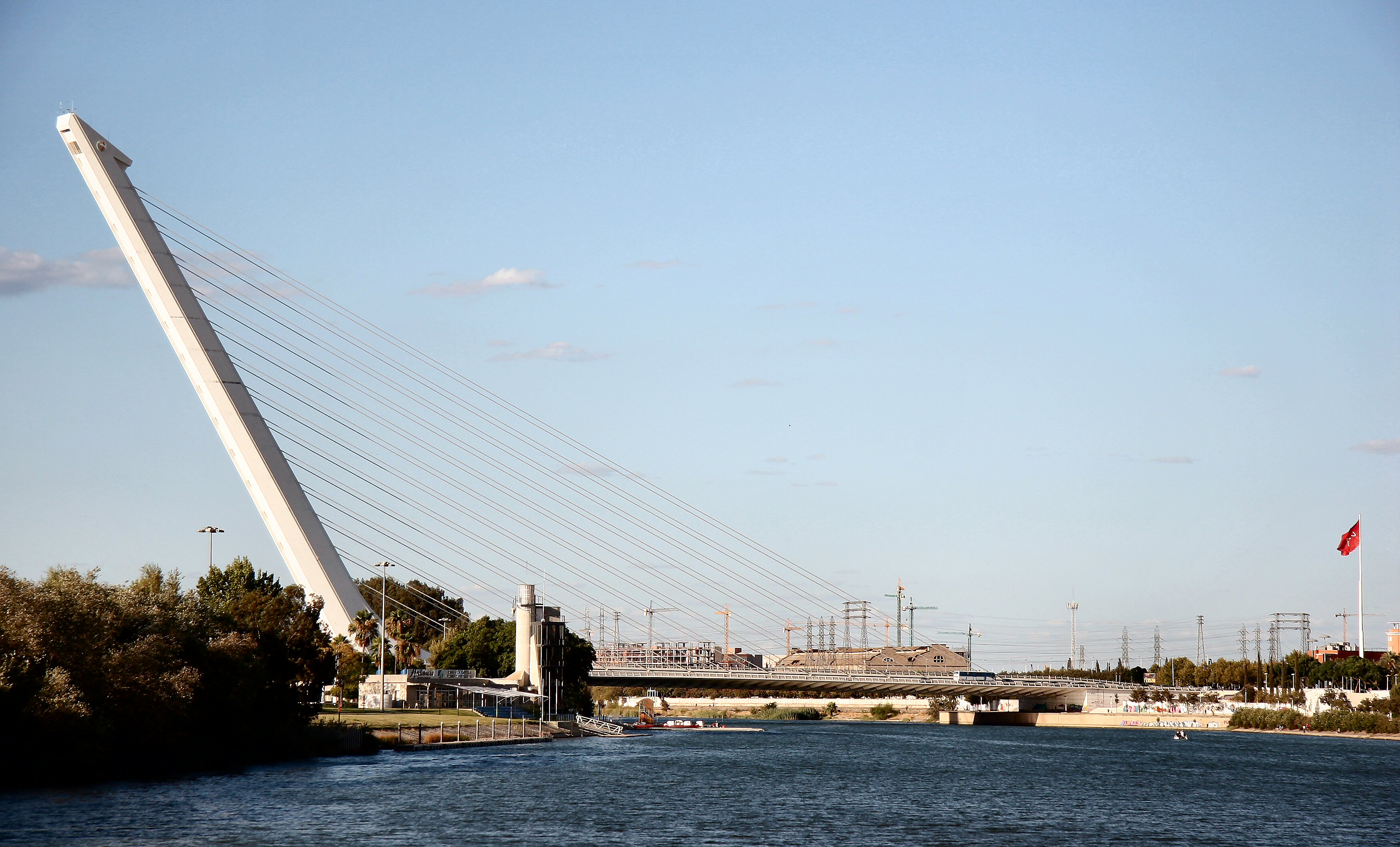
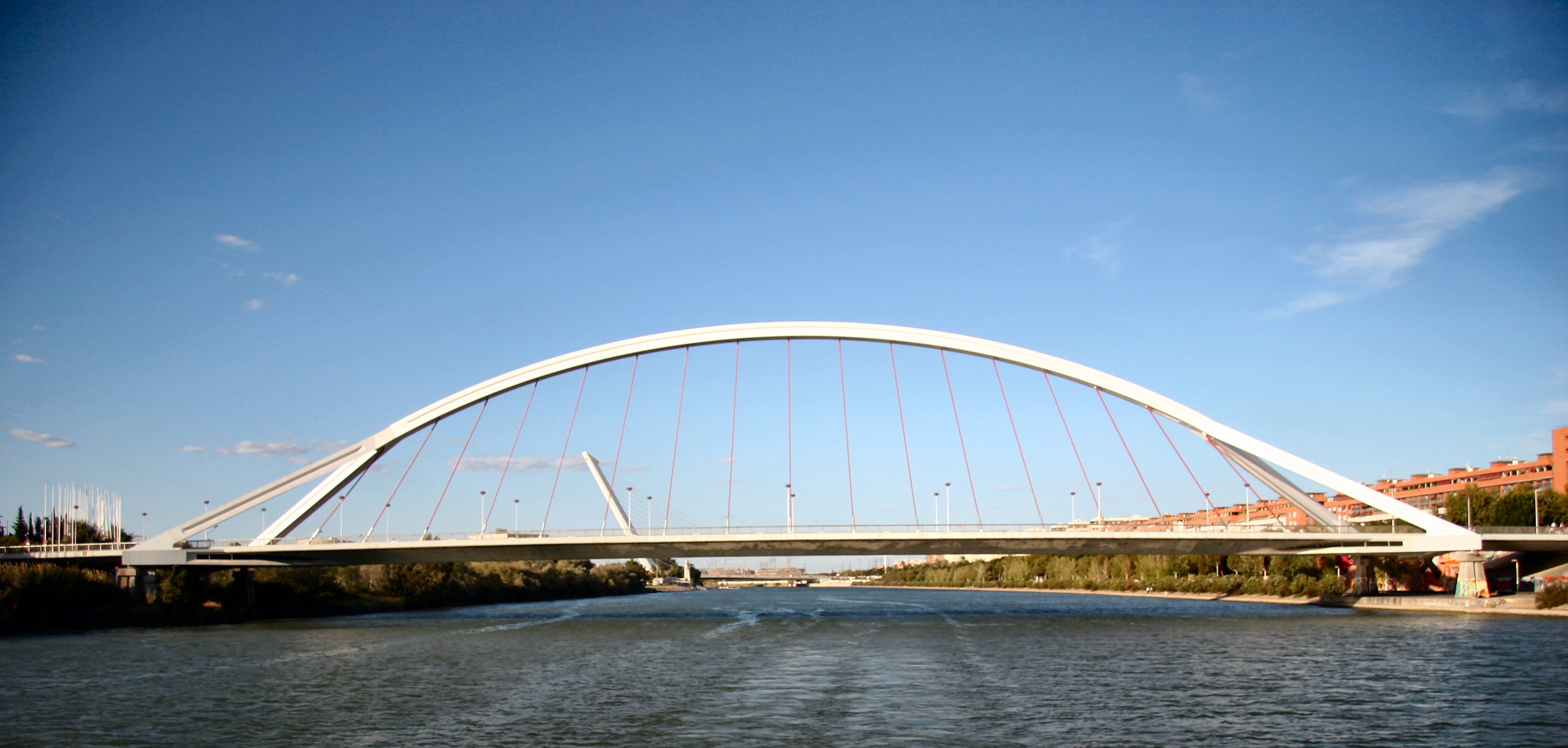
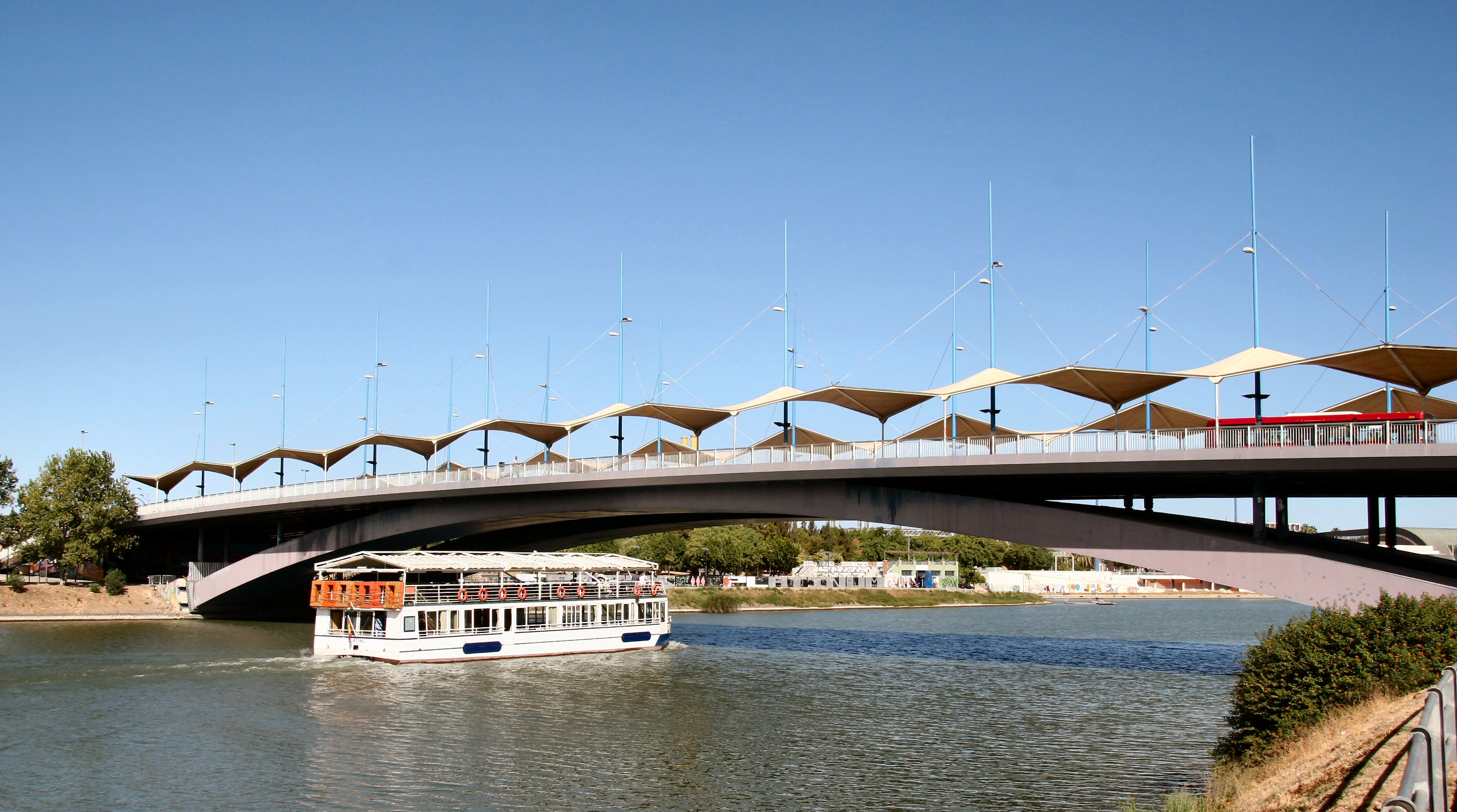
Although it is very old Seville is nevertheless a modern and forward looking city.
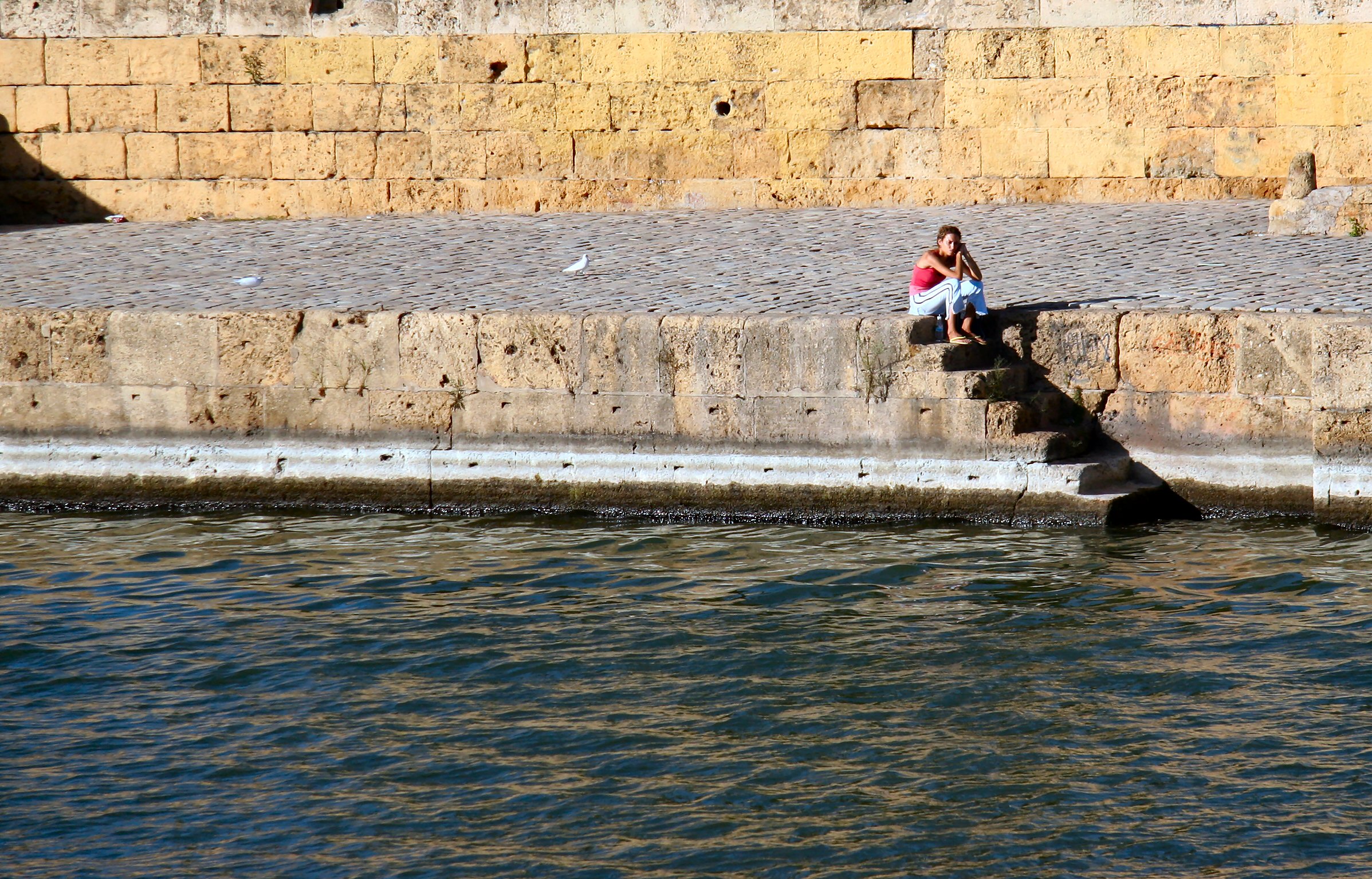
So often it is a small detail and the unknown story that attracts your attention.
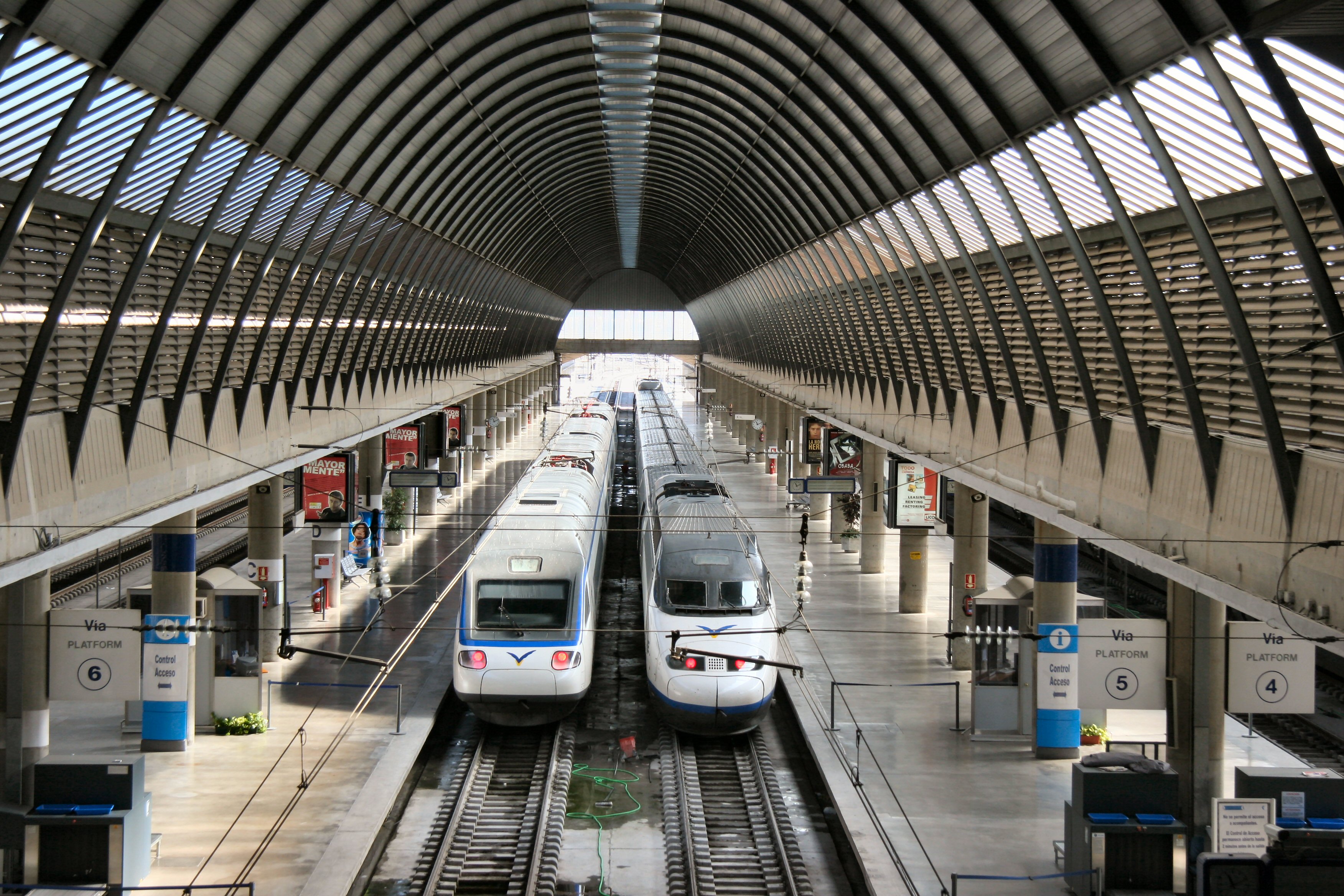
On to Seville's modern station where we take the train to our final destination...
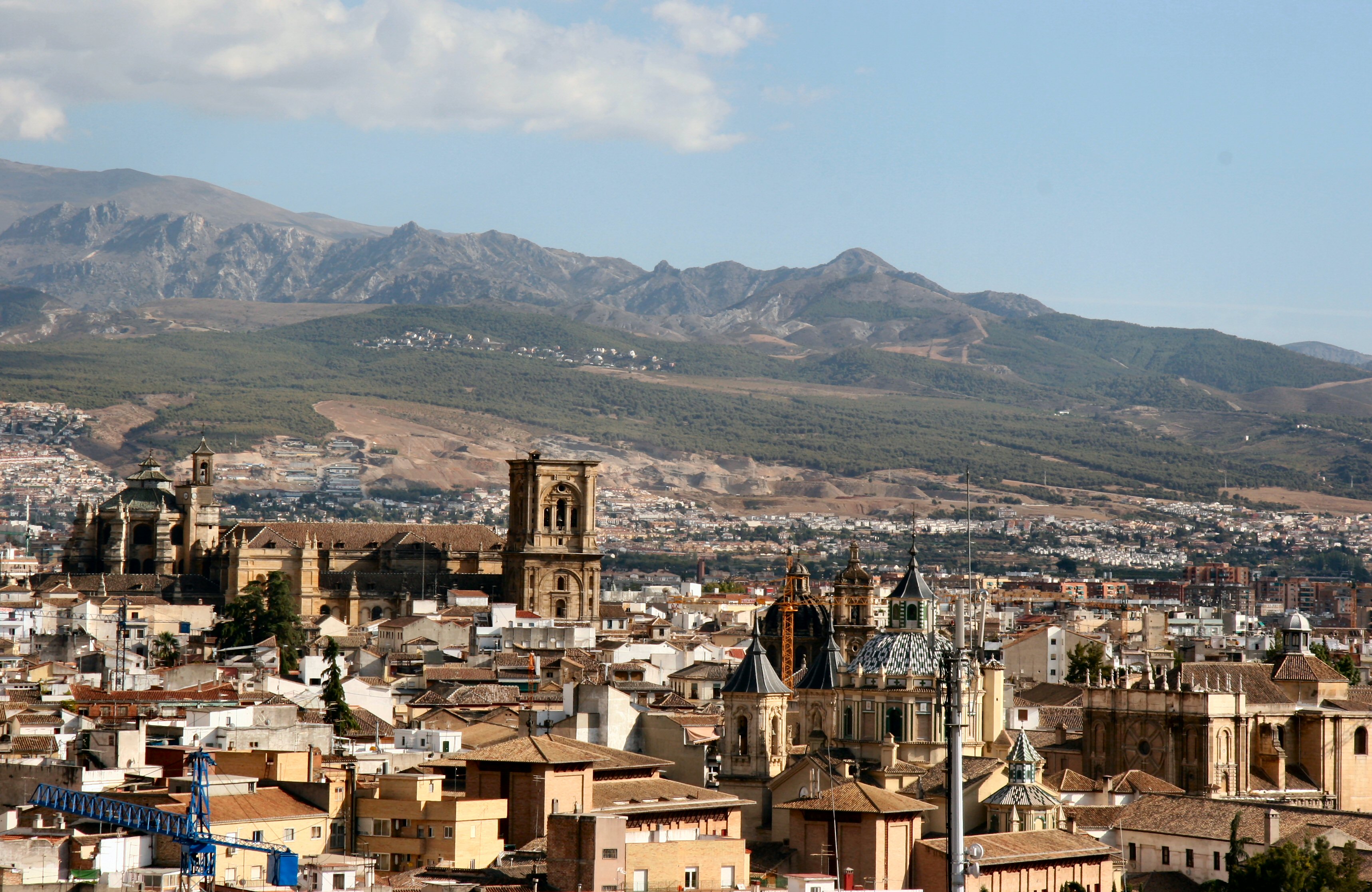
...Granada.
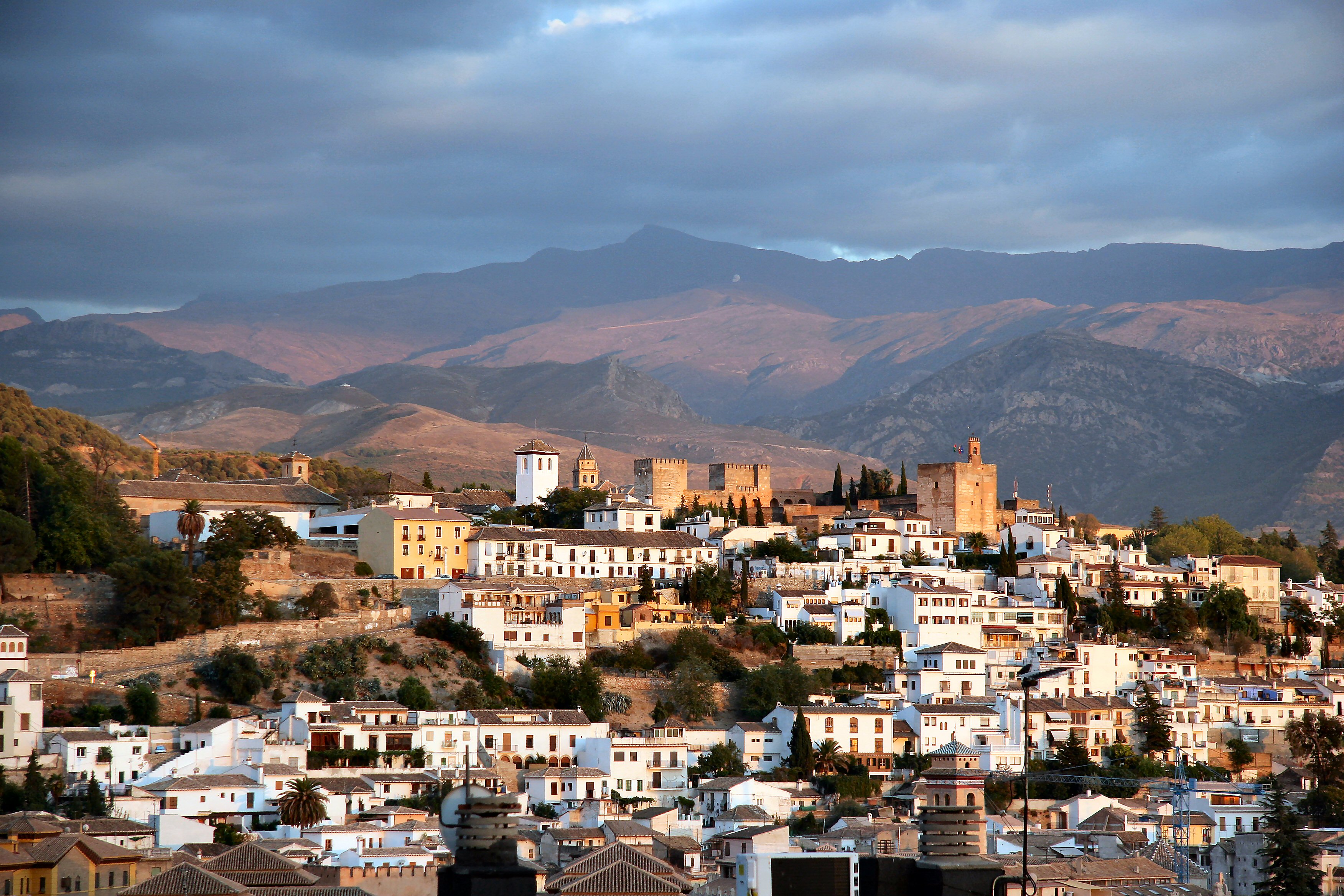
Granada was part of a Moorish kingdom until 1492. This is a view (actually from our hotel room) looking across to its most visited attraction, the Alhambra, a complex of fortresses and Palaces. These were constructed in the declining years of Moslem Spain - a last burst of creativity while under growing pressure from the Christian north. The name Alhambra translates literally as "The Red One", something that makes sense as the sun begins to set.
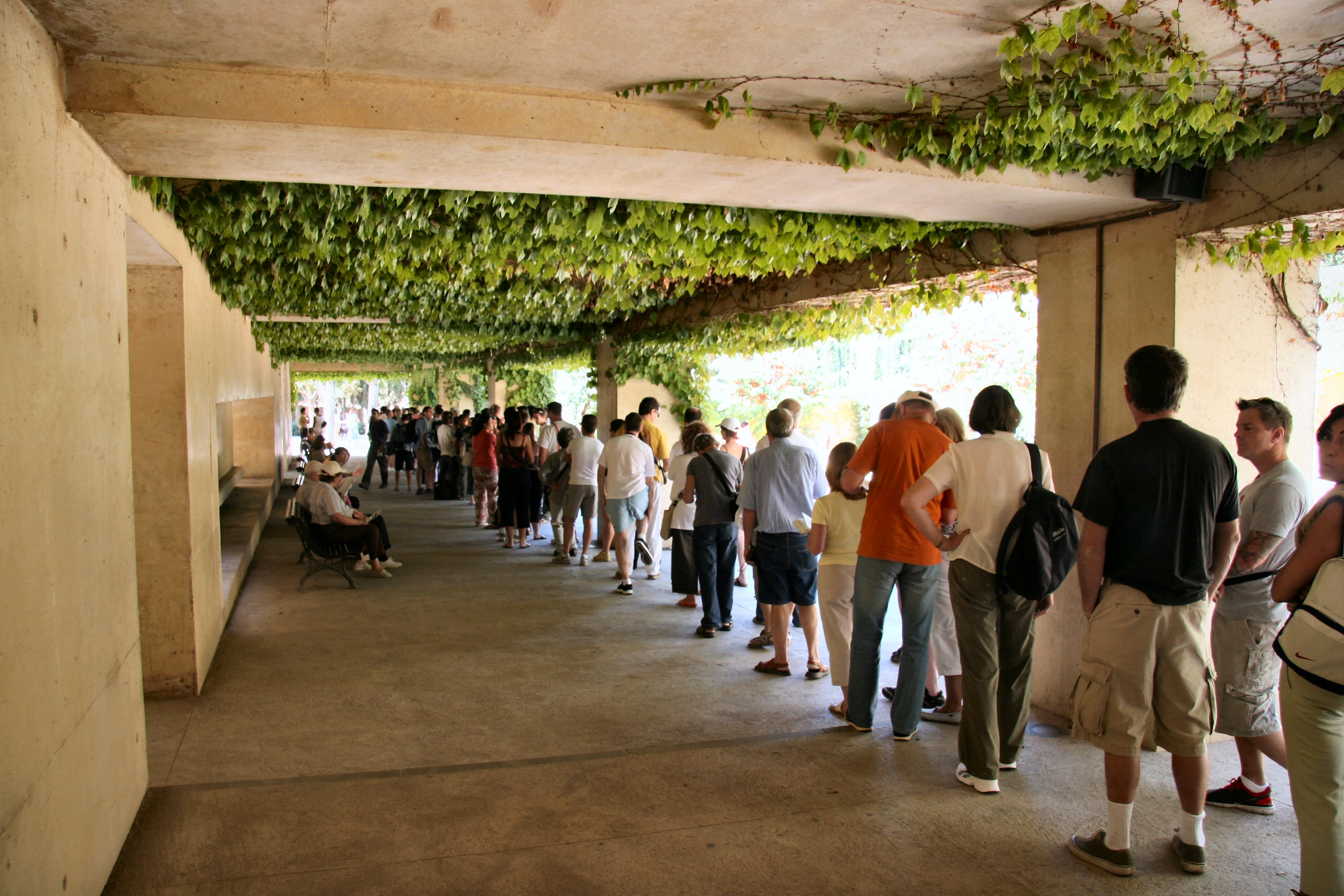
Getting into the Alhambra requires a certain degree of endurance...
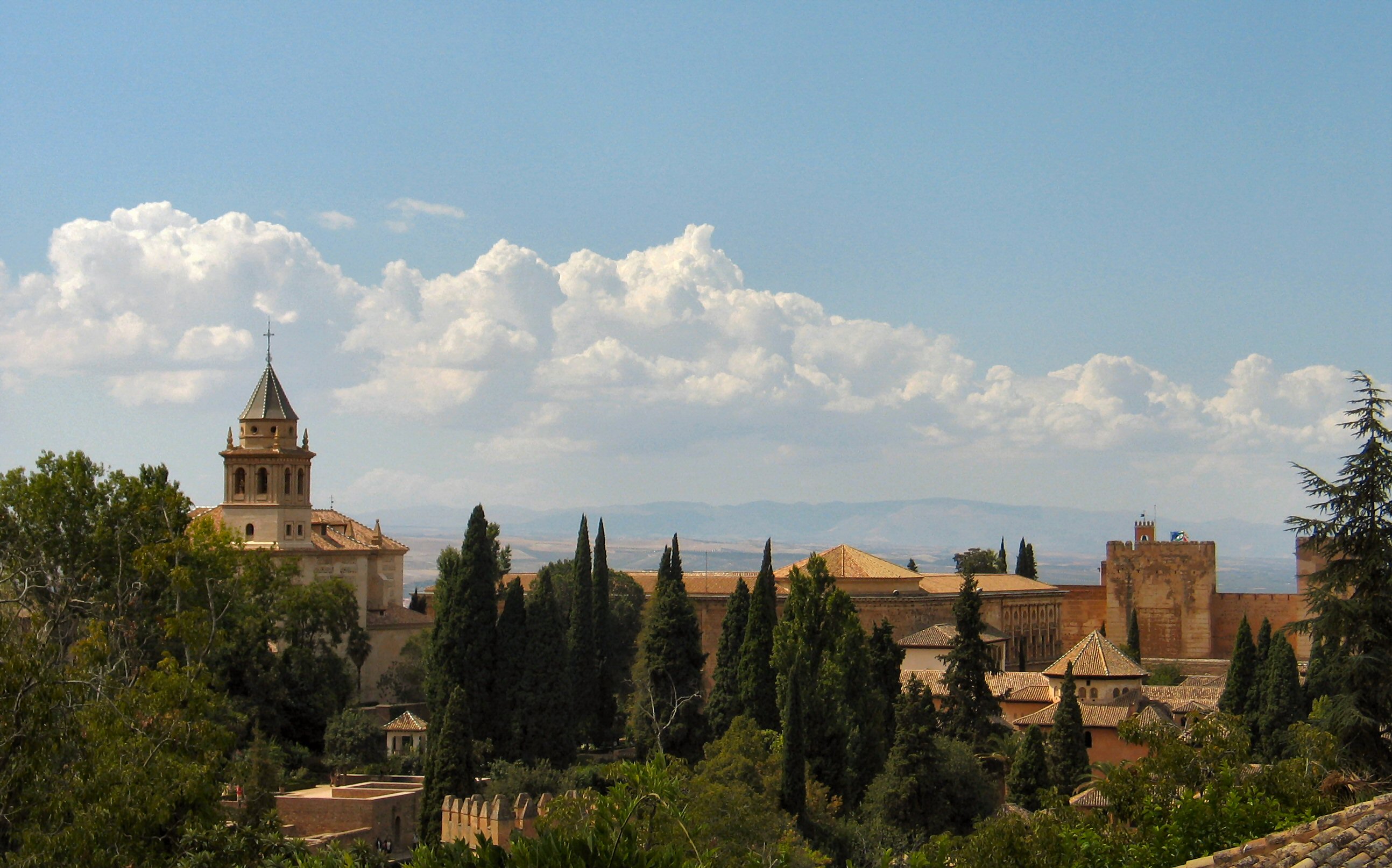
Once inside you are free to wander around the whole complex, apart from the most popular and spectacular of the palaces. For these you are given a time slot of a specific half hour to gain entry to the more crowded parts of the site - a sensible arrangement that works quite well. Waiting for our slot, we climbed to the higher part of the site called Generalife outside the main fortress where there are lovely gardens. This is a view from there looking back to the main fortress.
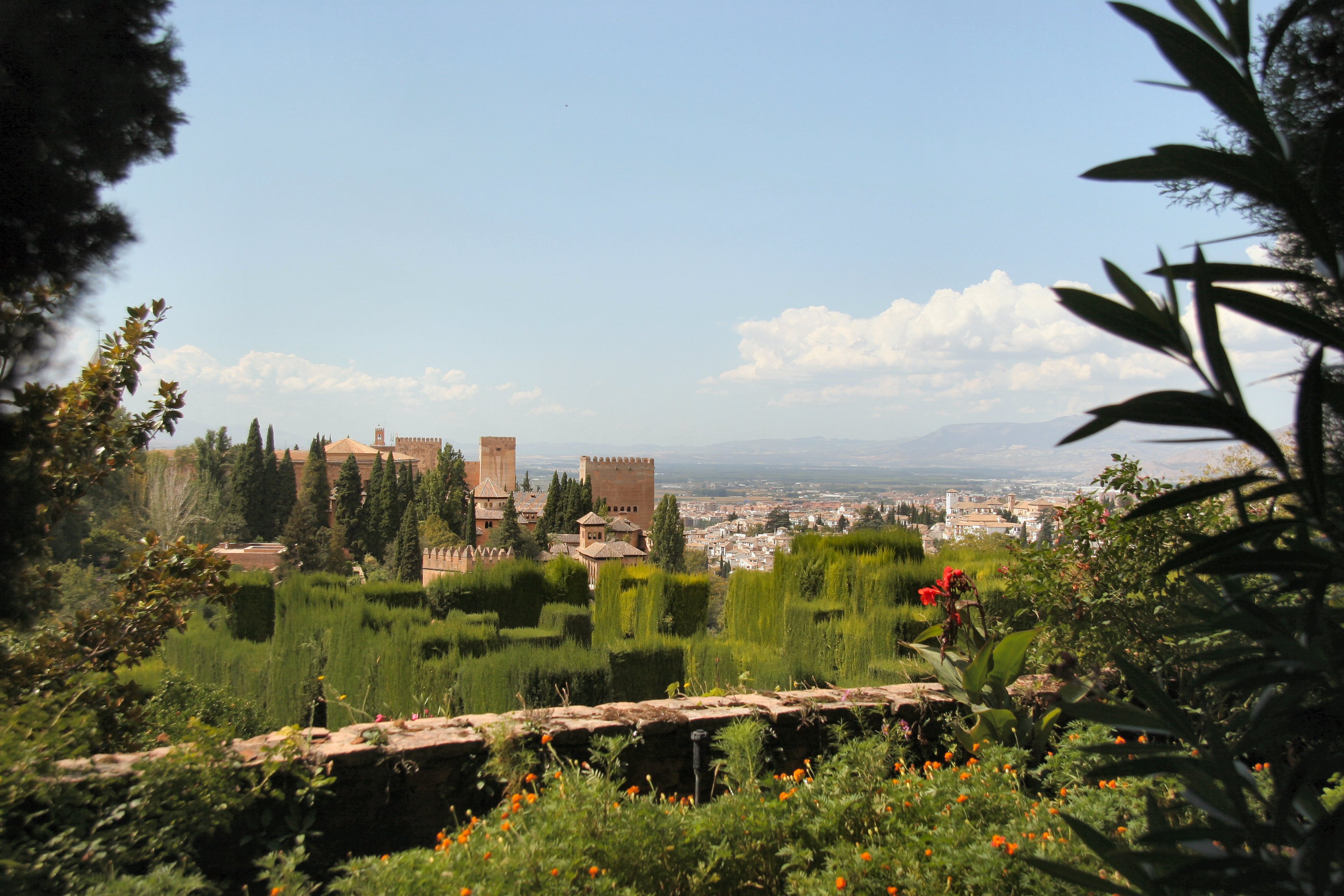
A different view of the same with Granada in the background.
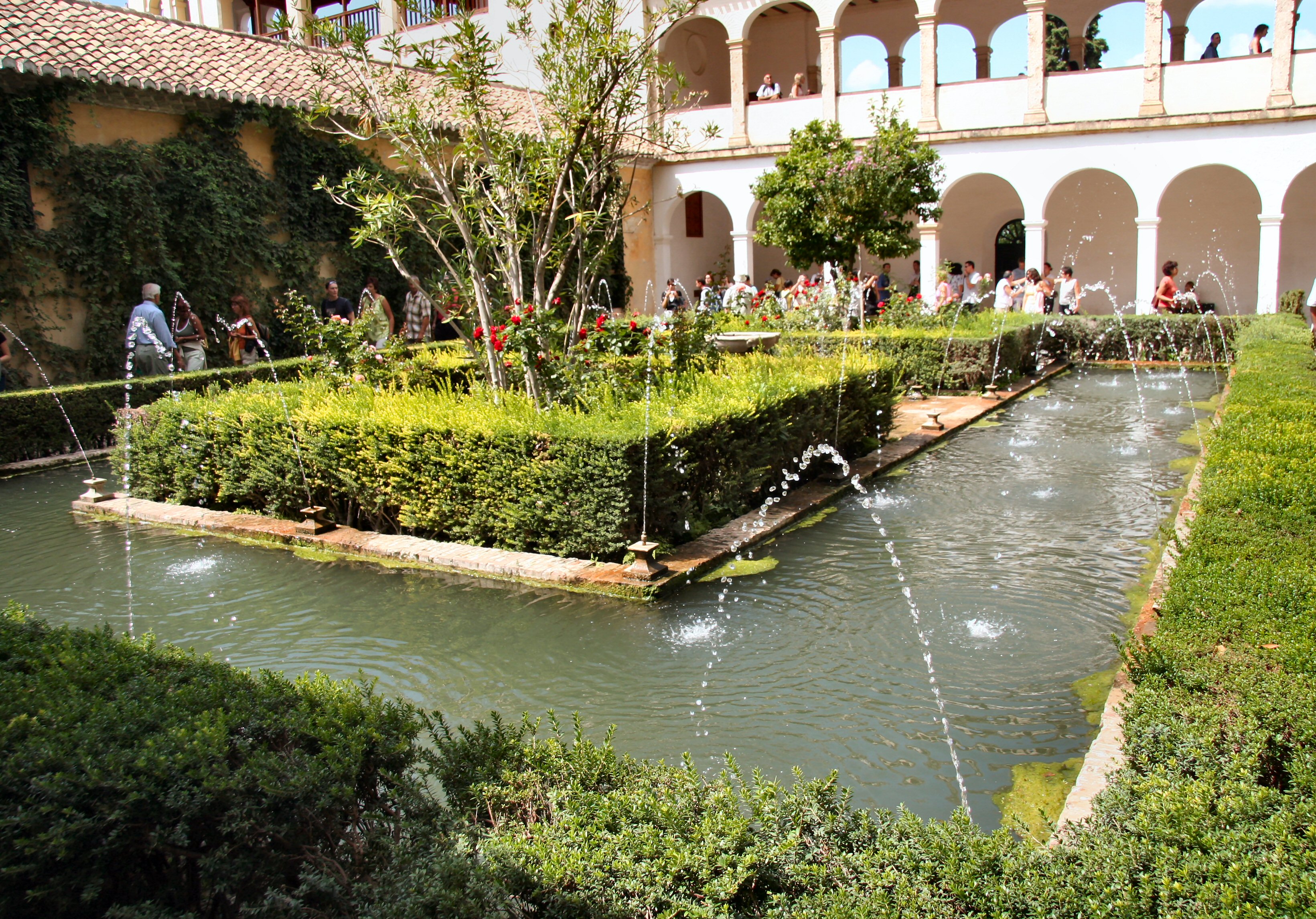
Everywhere the sound of running water which has its origins in the mountains behind.
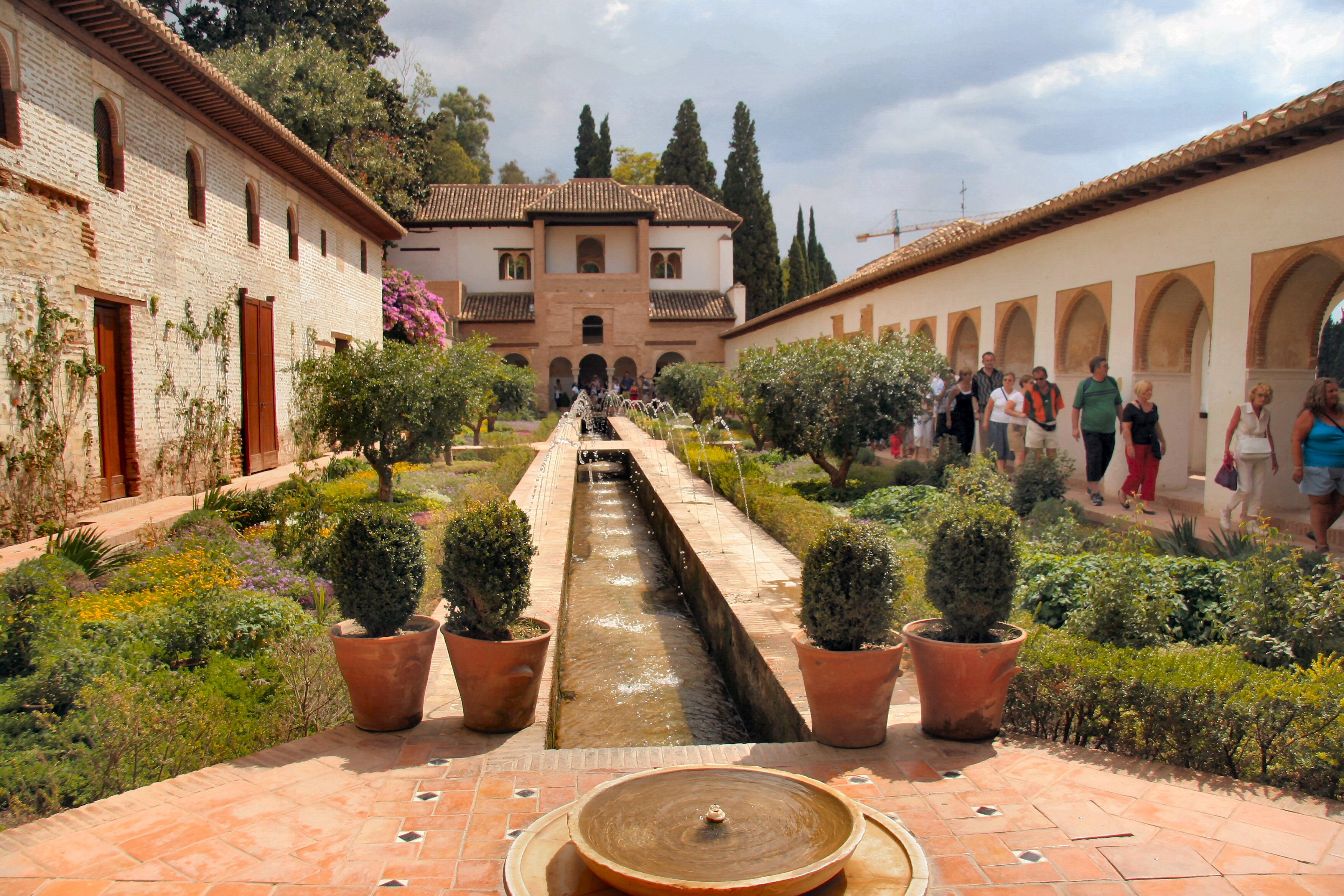
Much to admire...
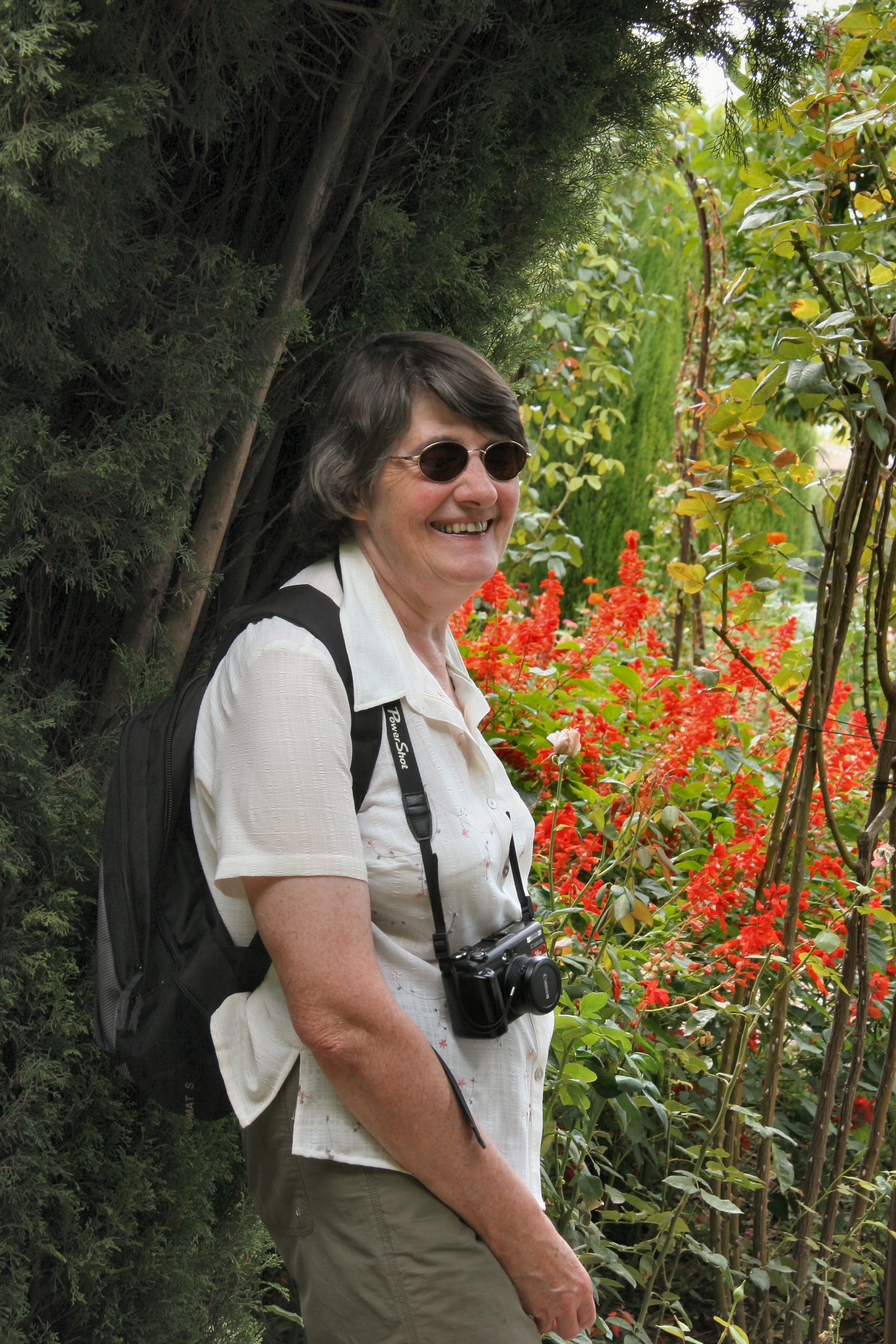
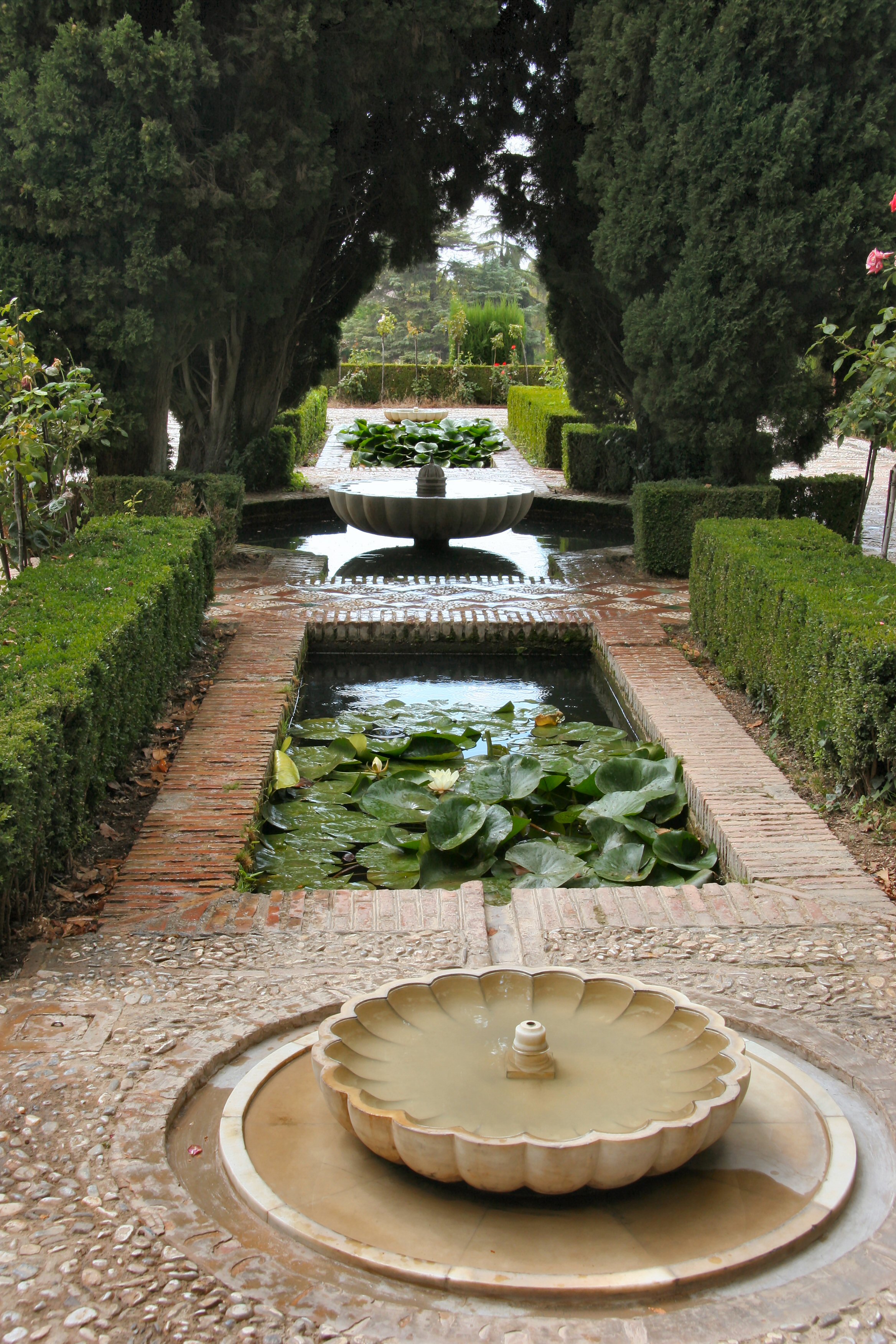
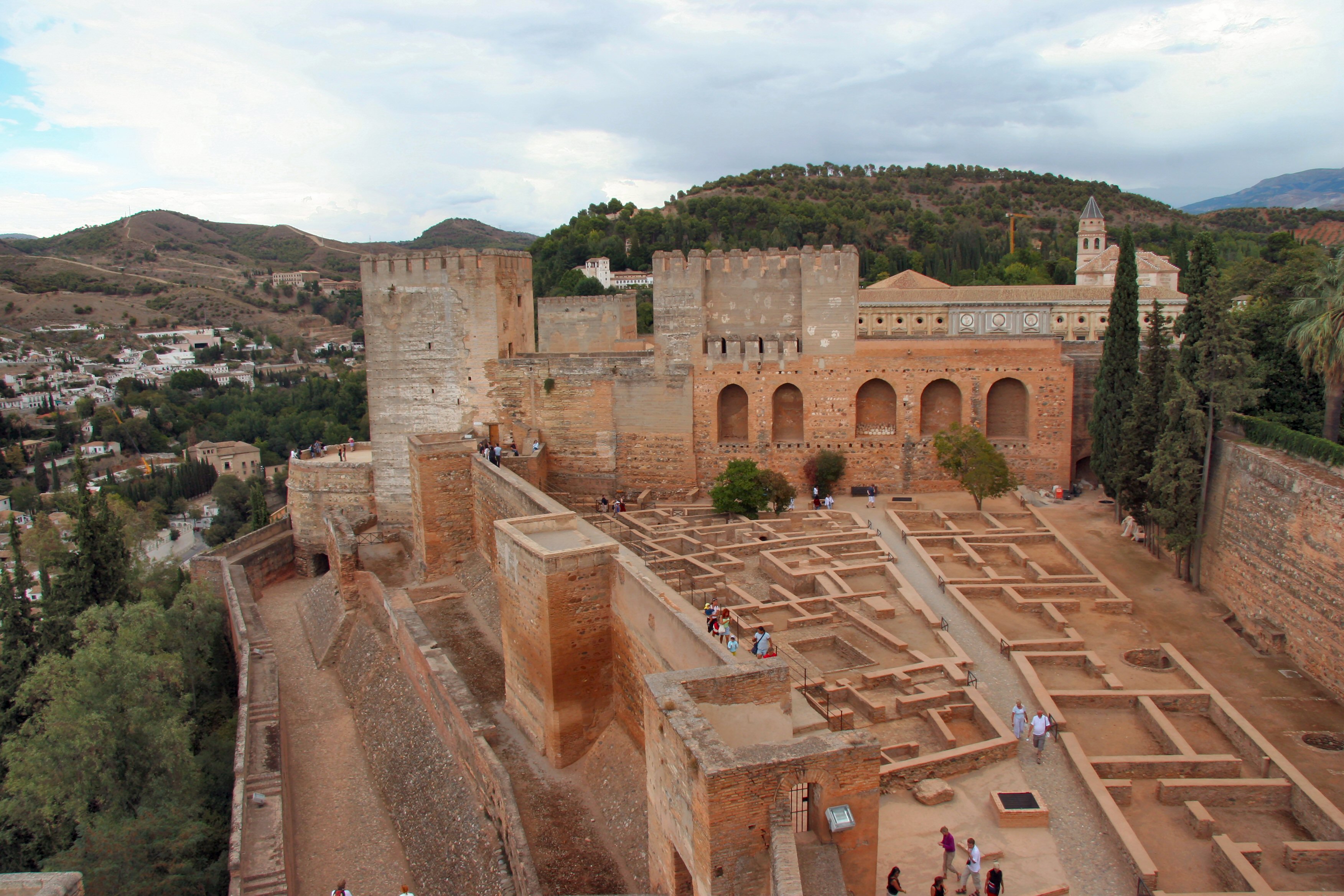
The main fortress...
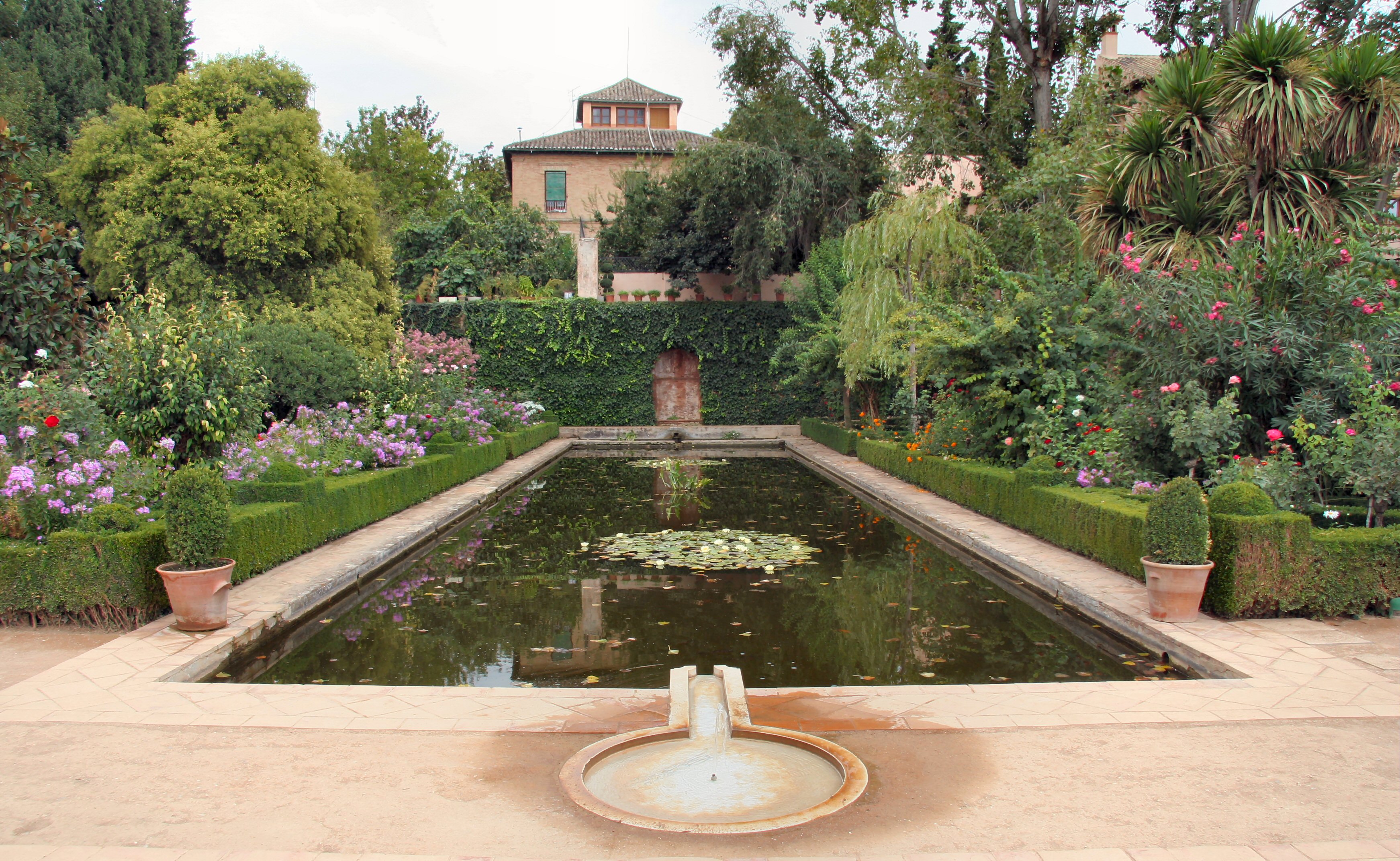
...and more formal water gardens.
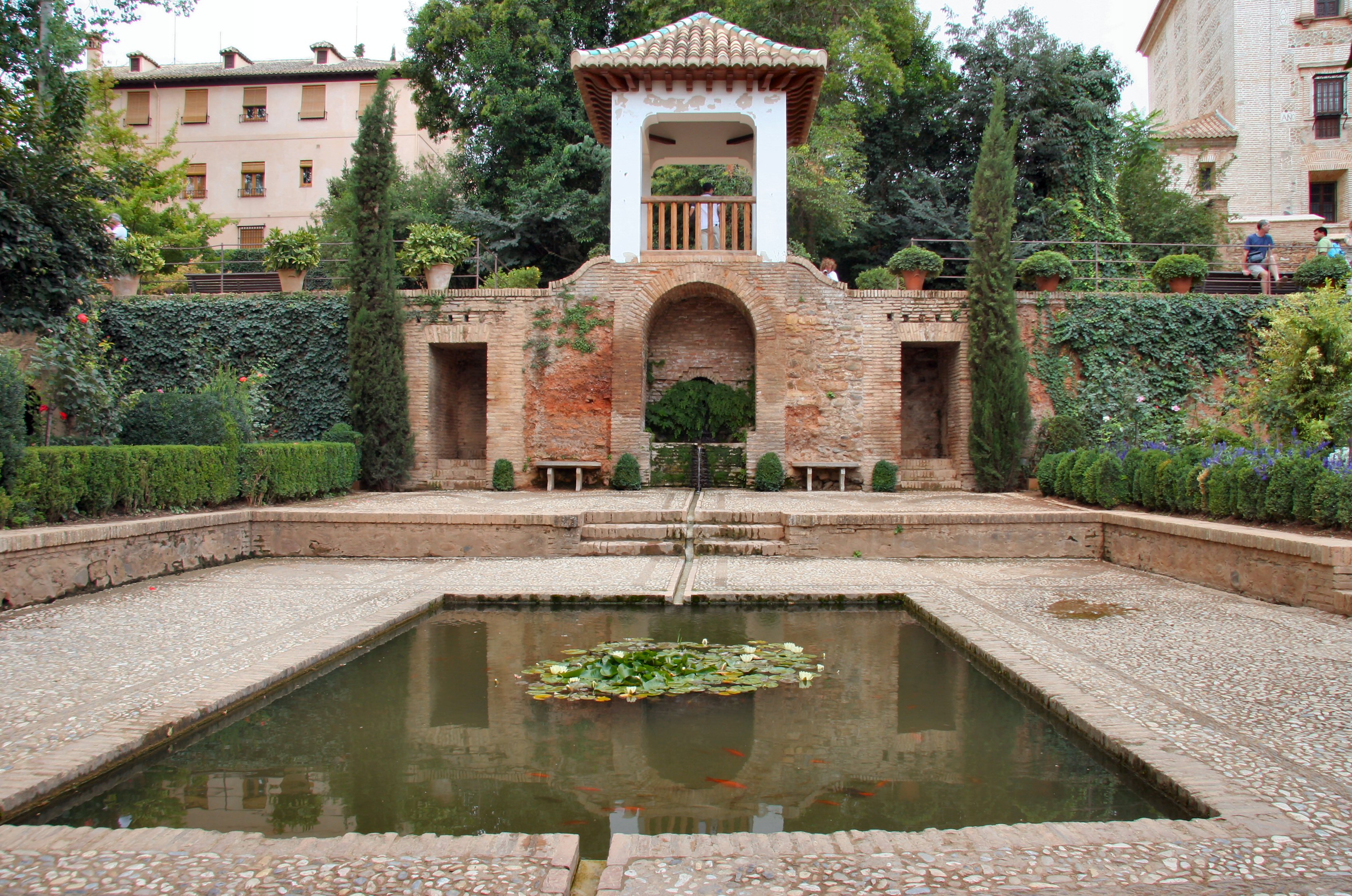
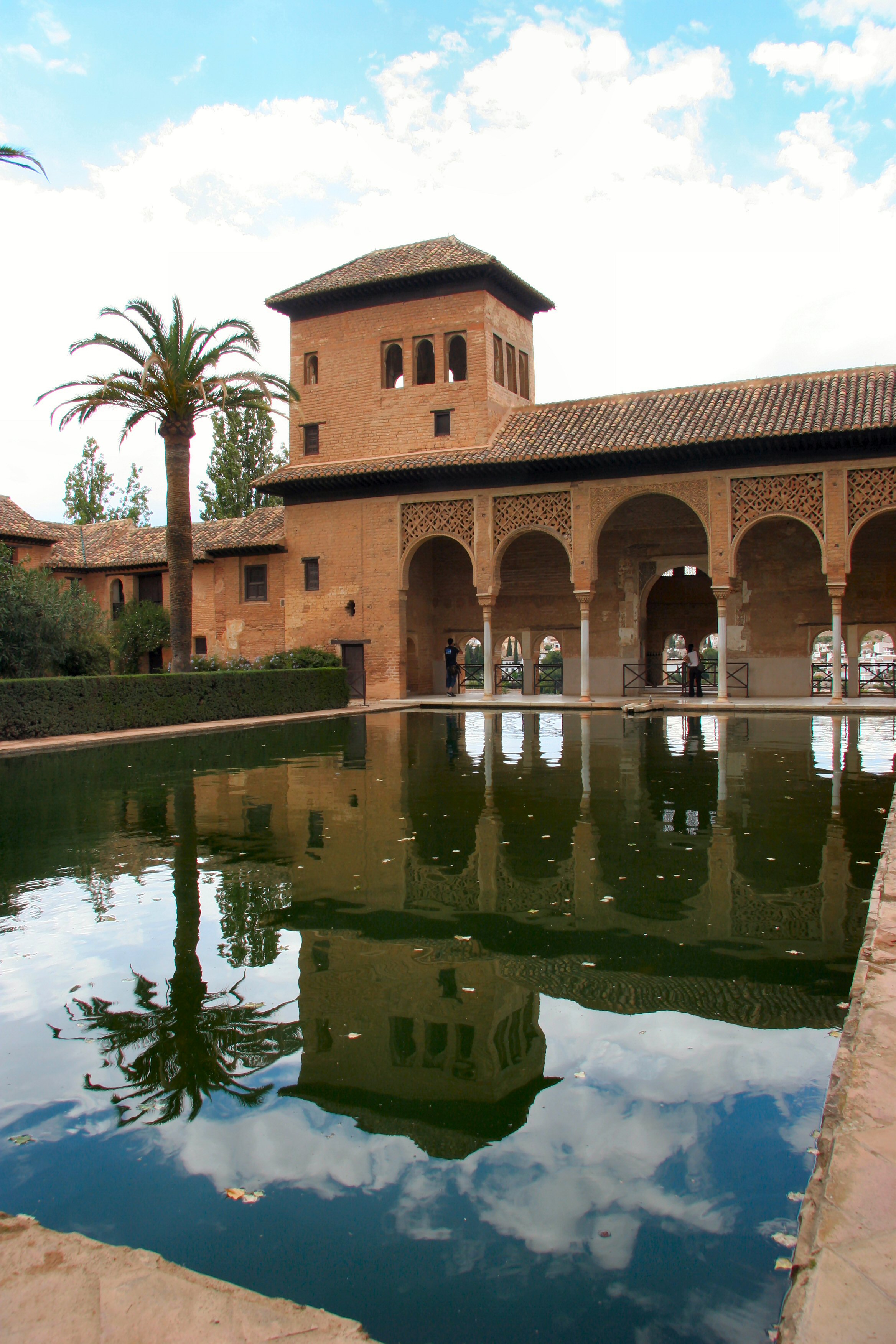
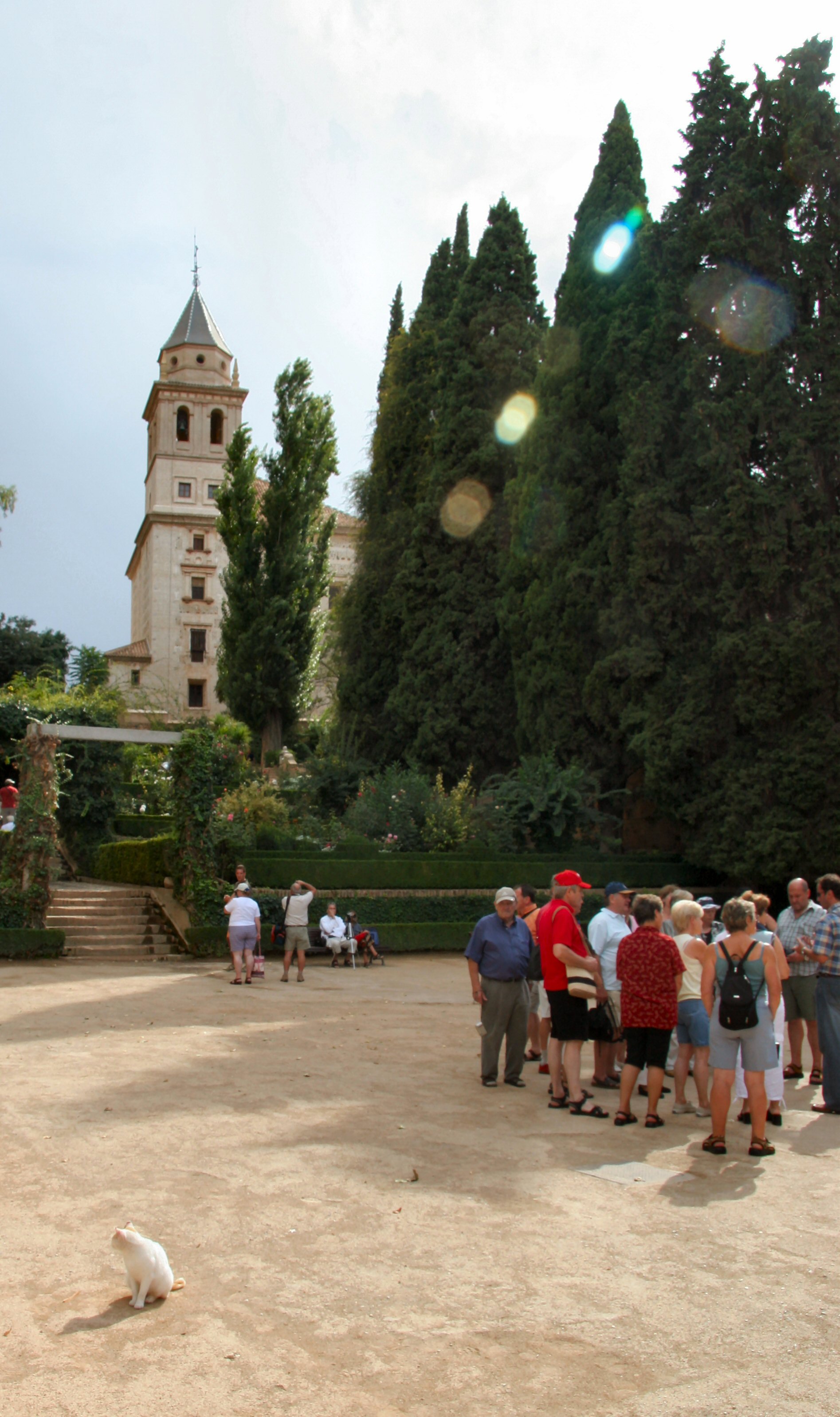
Sometimes your guide just goes on too long and you have heard enough....
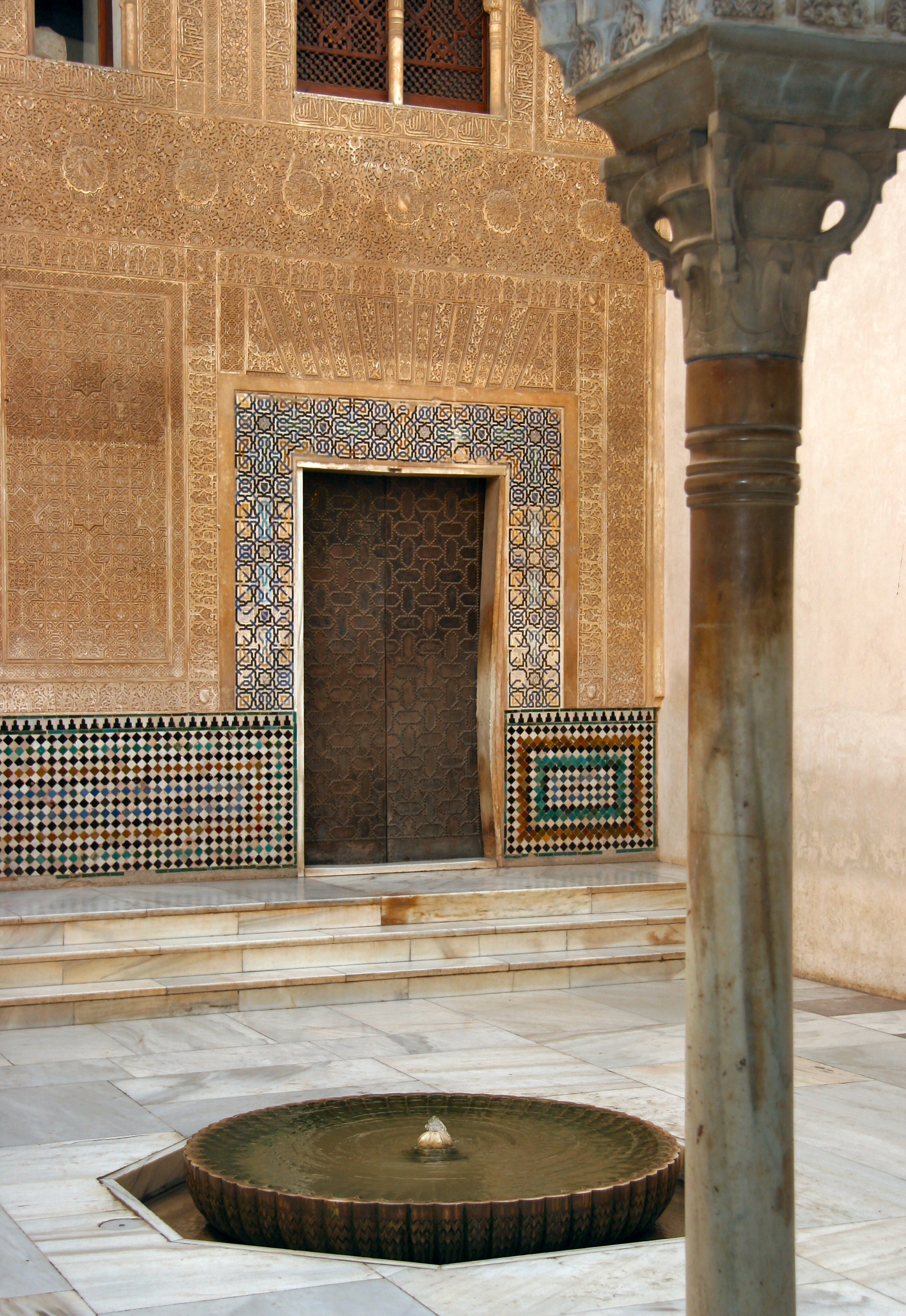
When our time arrived we gained admission to the Royal Quarter and its complex of palaces. As an overall impression I was struck by the clean austere lines of the buildings, combined with complexity and intricacy of the decoration.
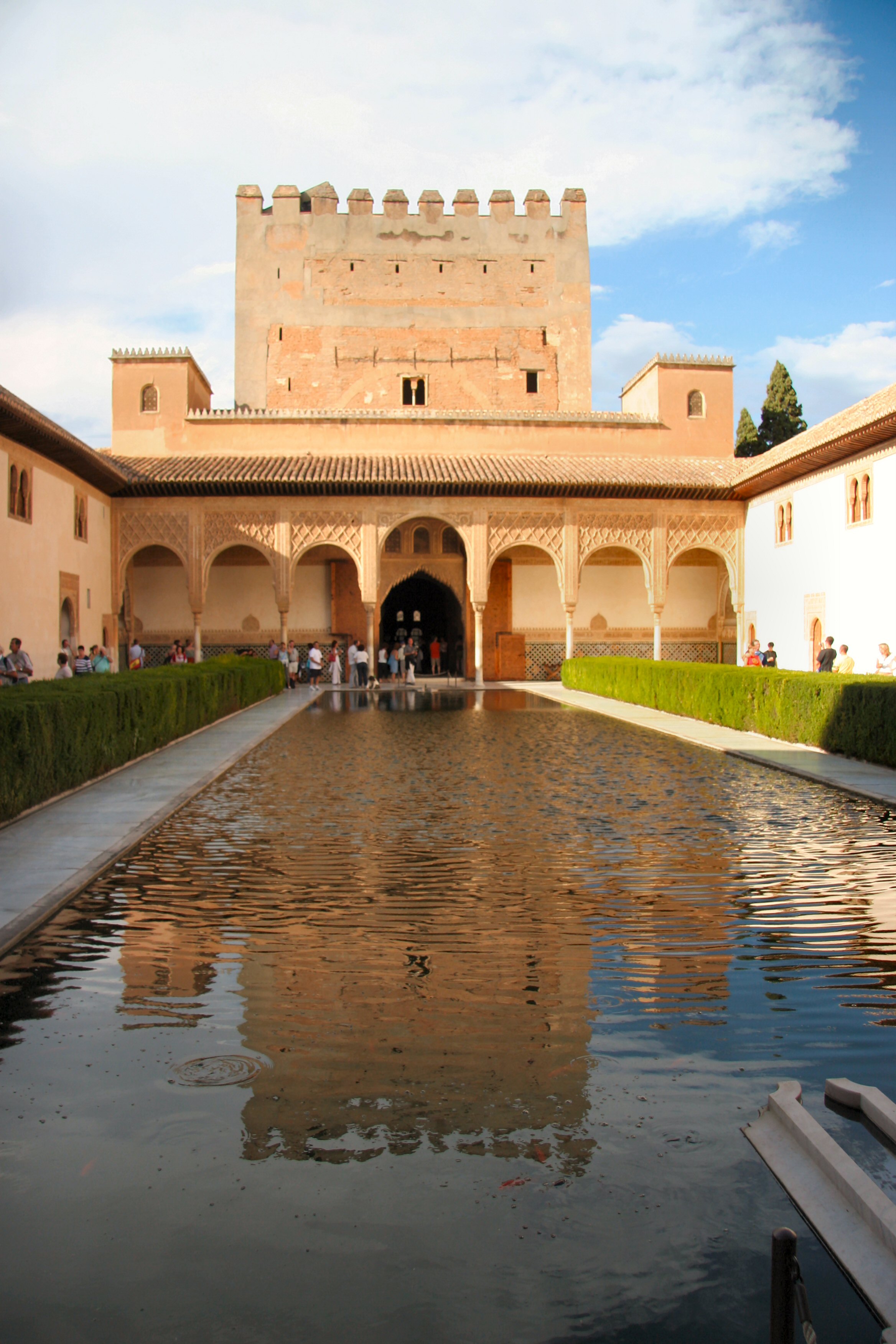
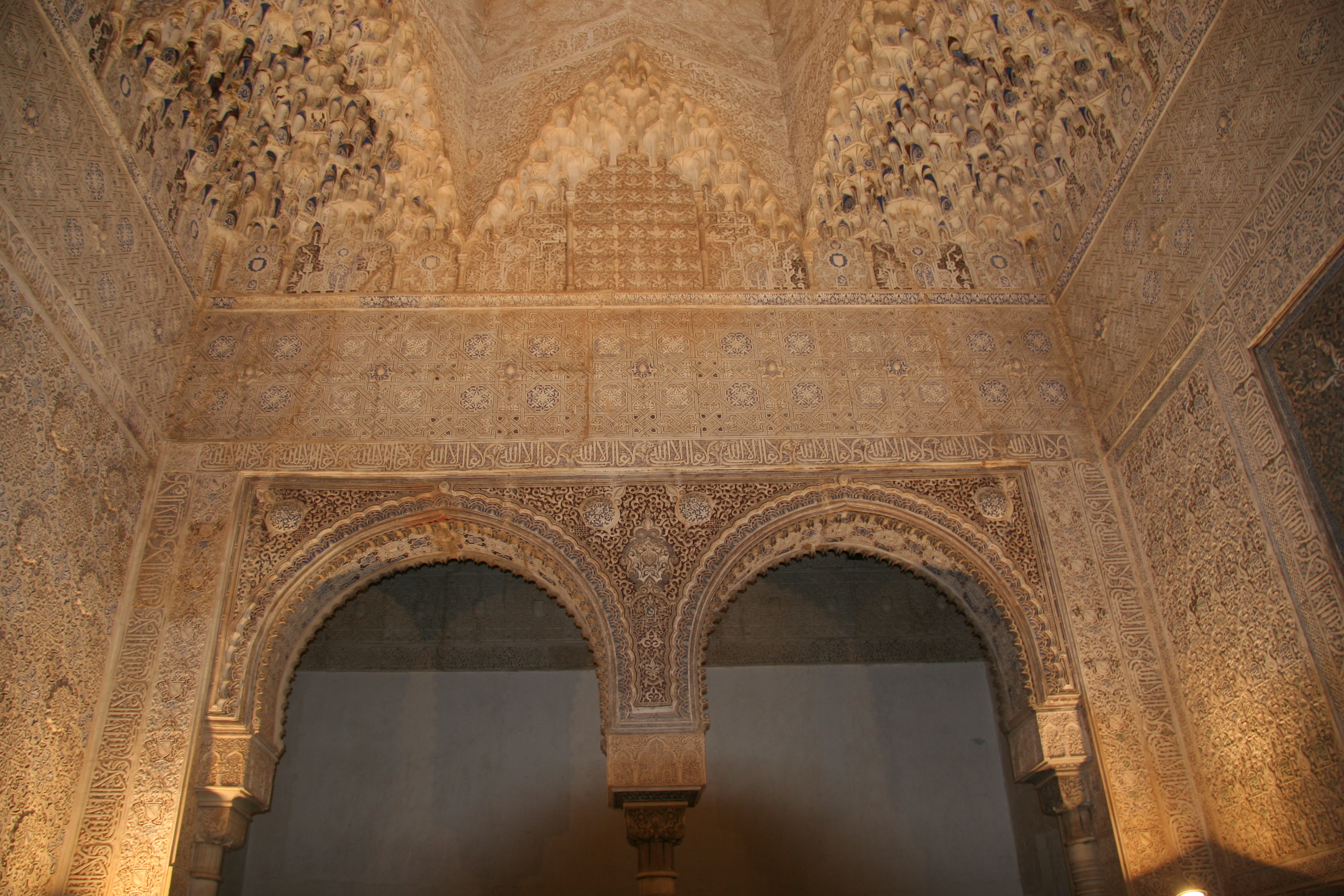
I wonder how long all this took - one corner of one room of six palaces!
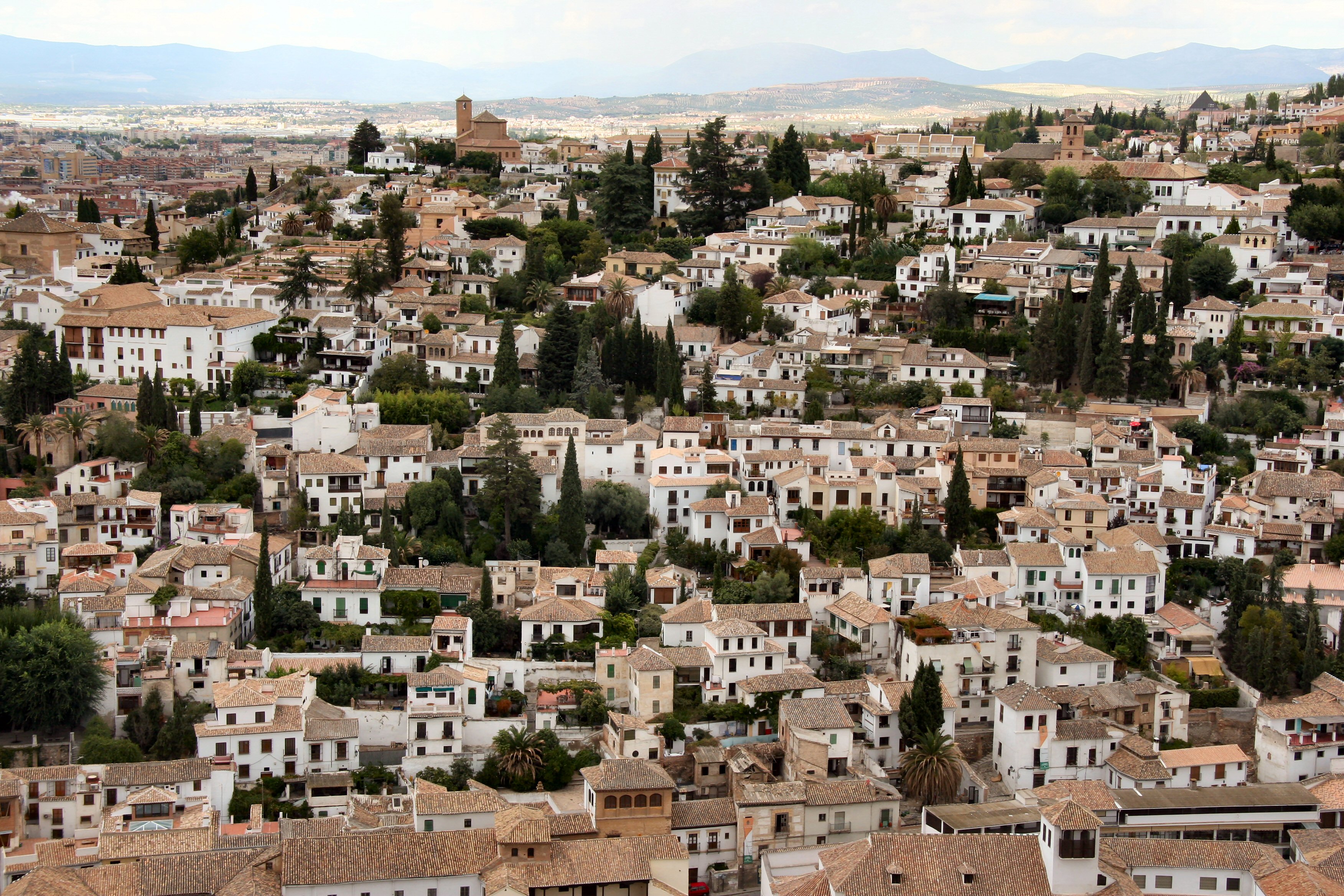
From the main keep of the fortress one can look across a valley to a fascinating part of Granada called Albaicin. This is where the Moors and their descendents continued to live after the Christian kings had conquered the region. It retains the narrow winding streets of the original Moorish settlement and there is definitely something very different about this part of the city.
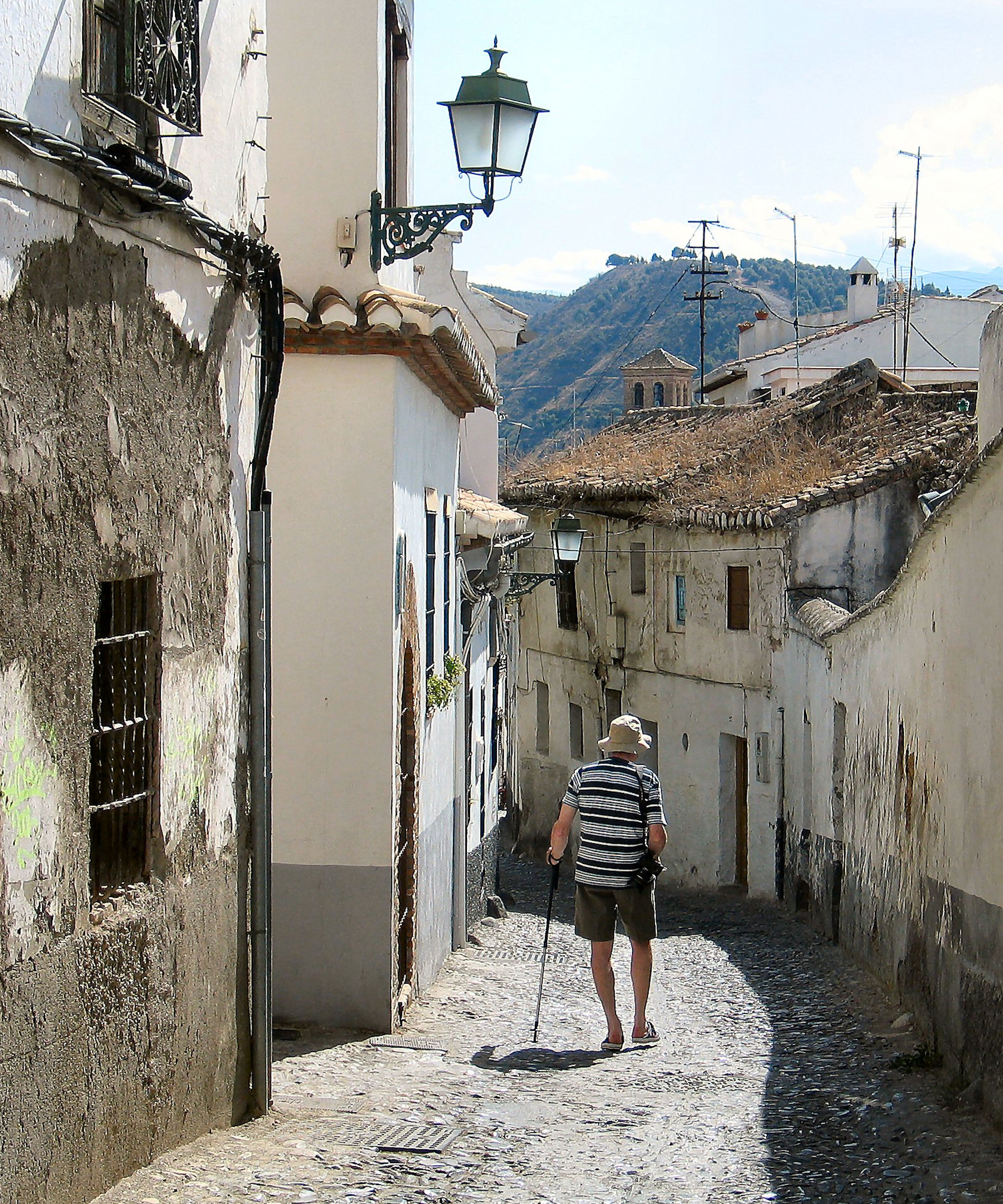 Secure in his natural gift for navigation, the intrepid guide leads the way into the Albaicin.
Secure in his natural gift for navigation, the intrepid guide leads the way into the Albaicin.
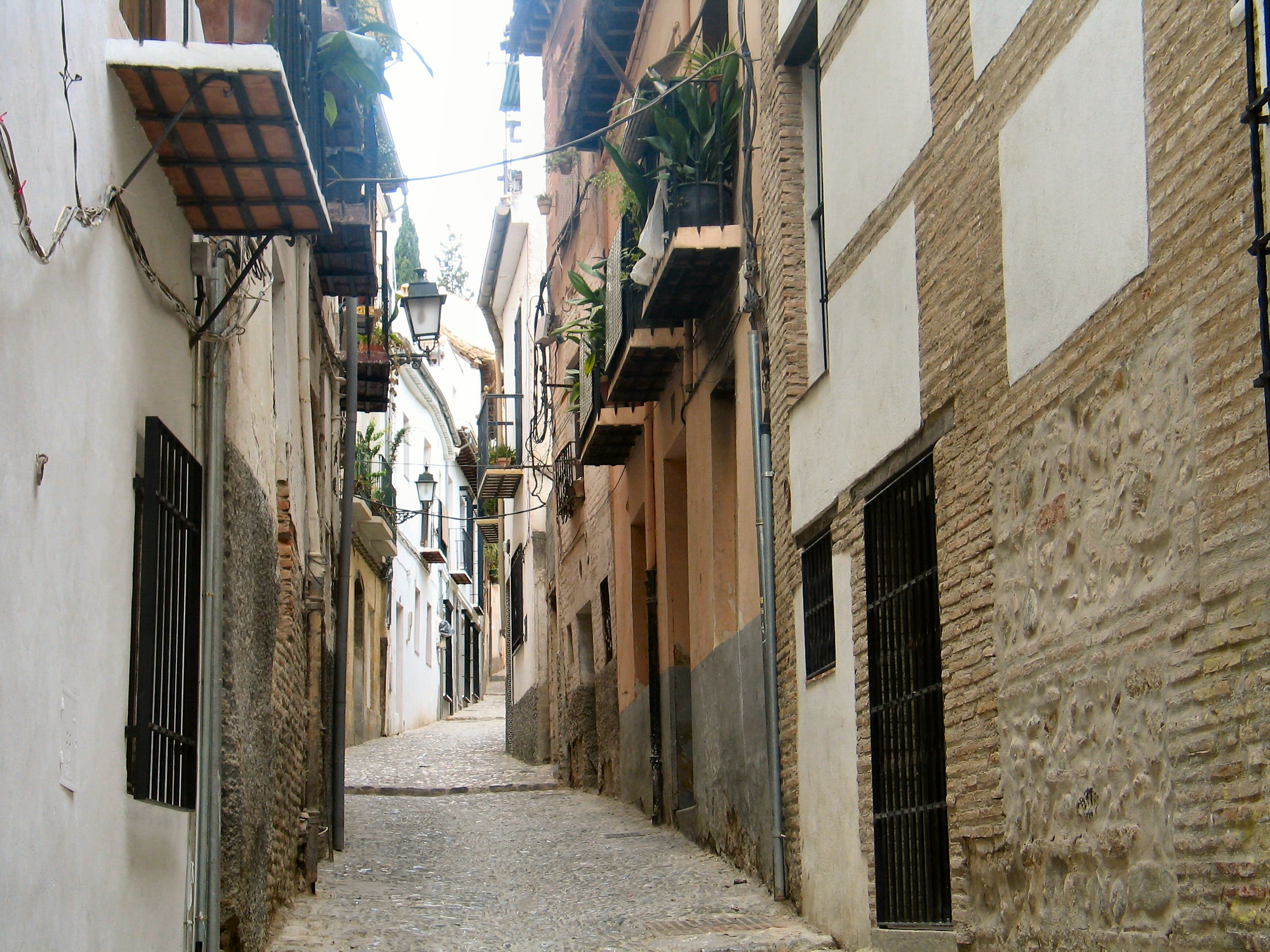
Yes! Definitely this way...!

Looking across from Albaicin to the Alhambra.
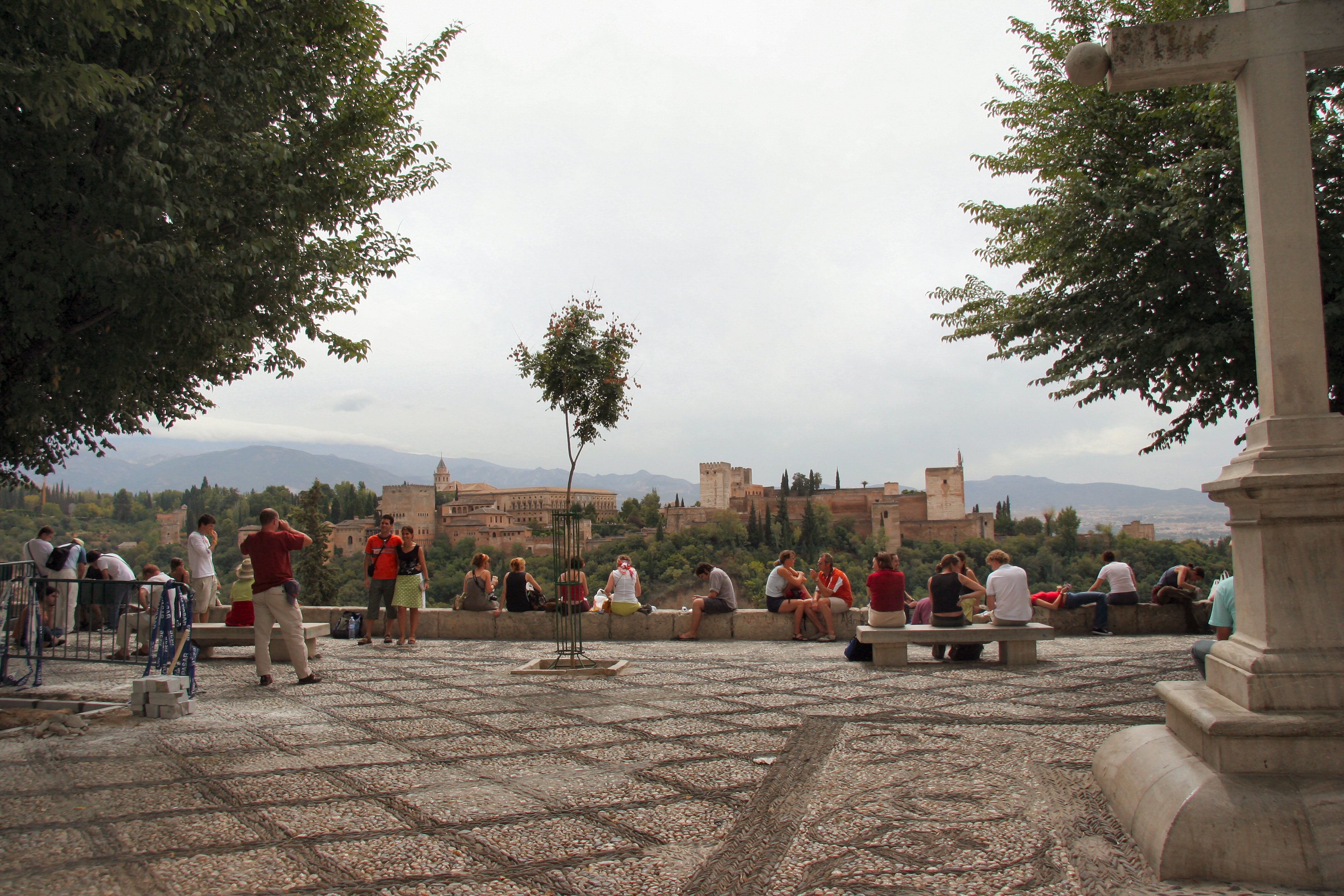
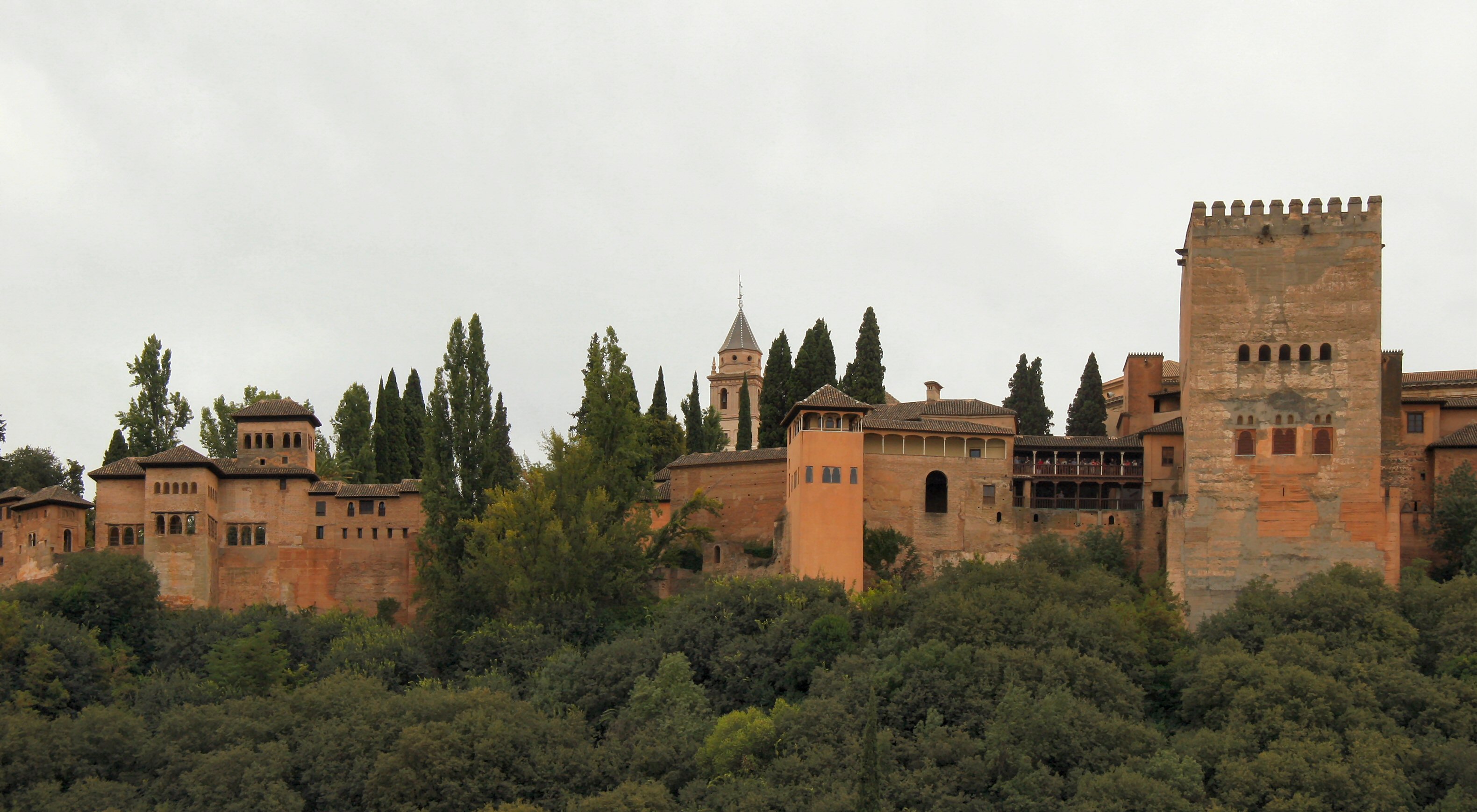
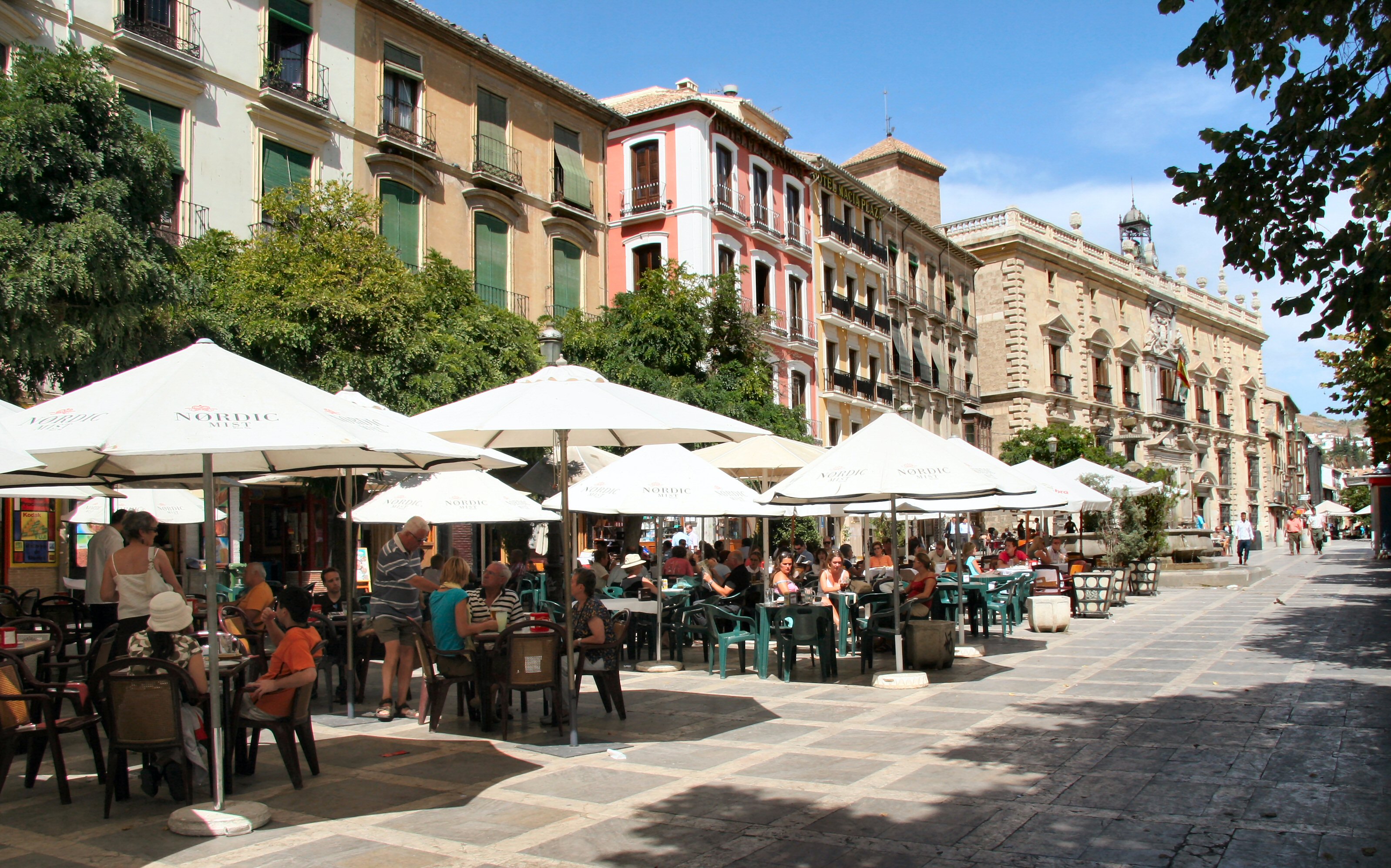
Apart from the Alhambra we were not too sure about Granada. We found it a bit edgy. There was never a time when we could not hear police sirens and many quieter corners were adorned by dubious looking characters. We stayed with the crowds.
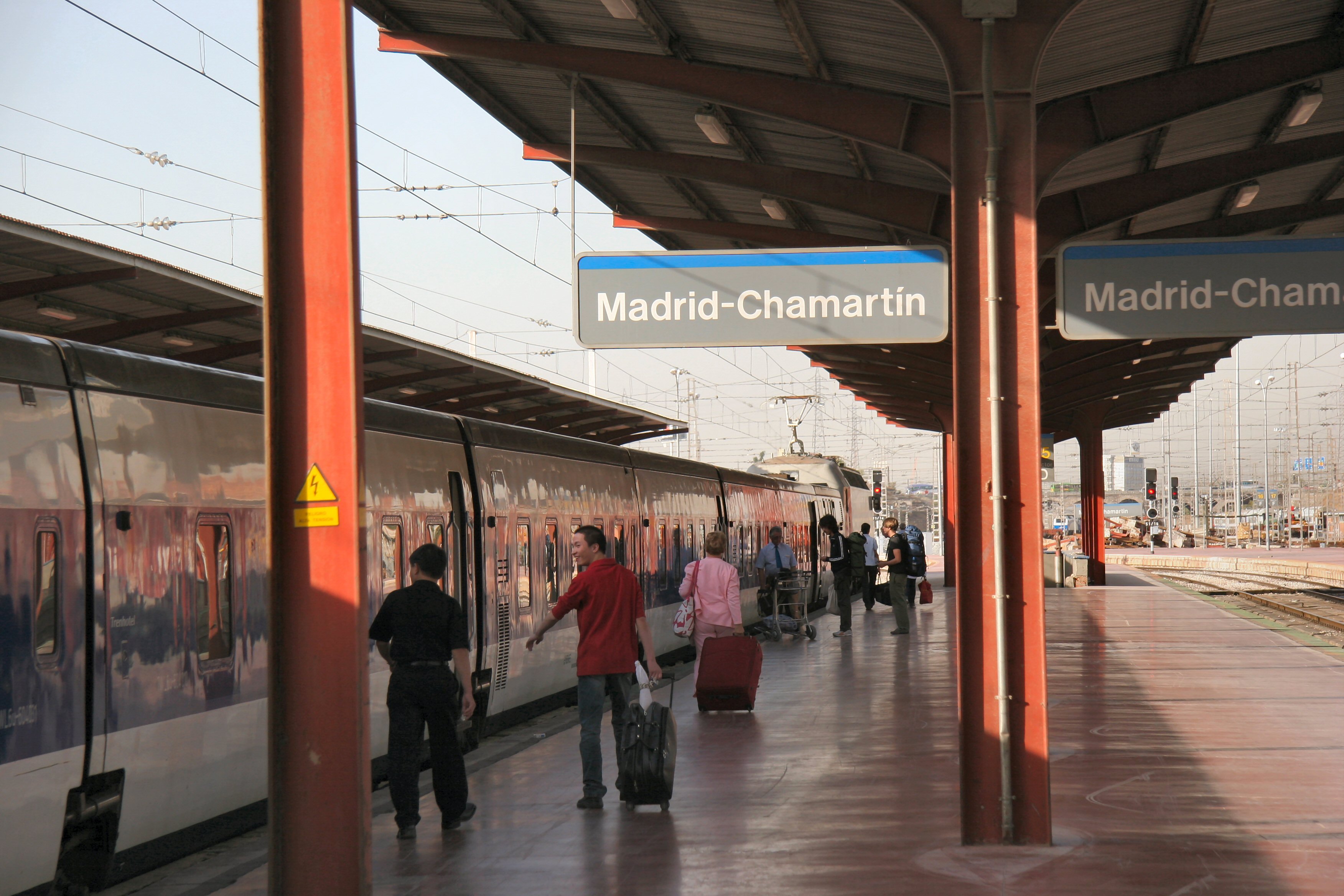
Granada is just a few miles from the Mediterranean and we had a long journey back to central Scotland. Reaching Madrid in the afternoon we travelled overnight to Paris on the "Trenhotel" in great luxury. Sadly this service no longer runs...
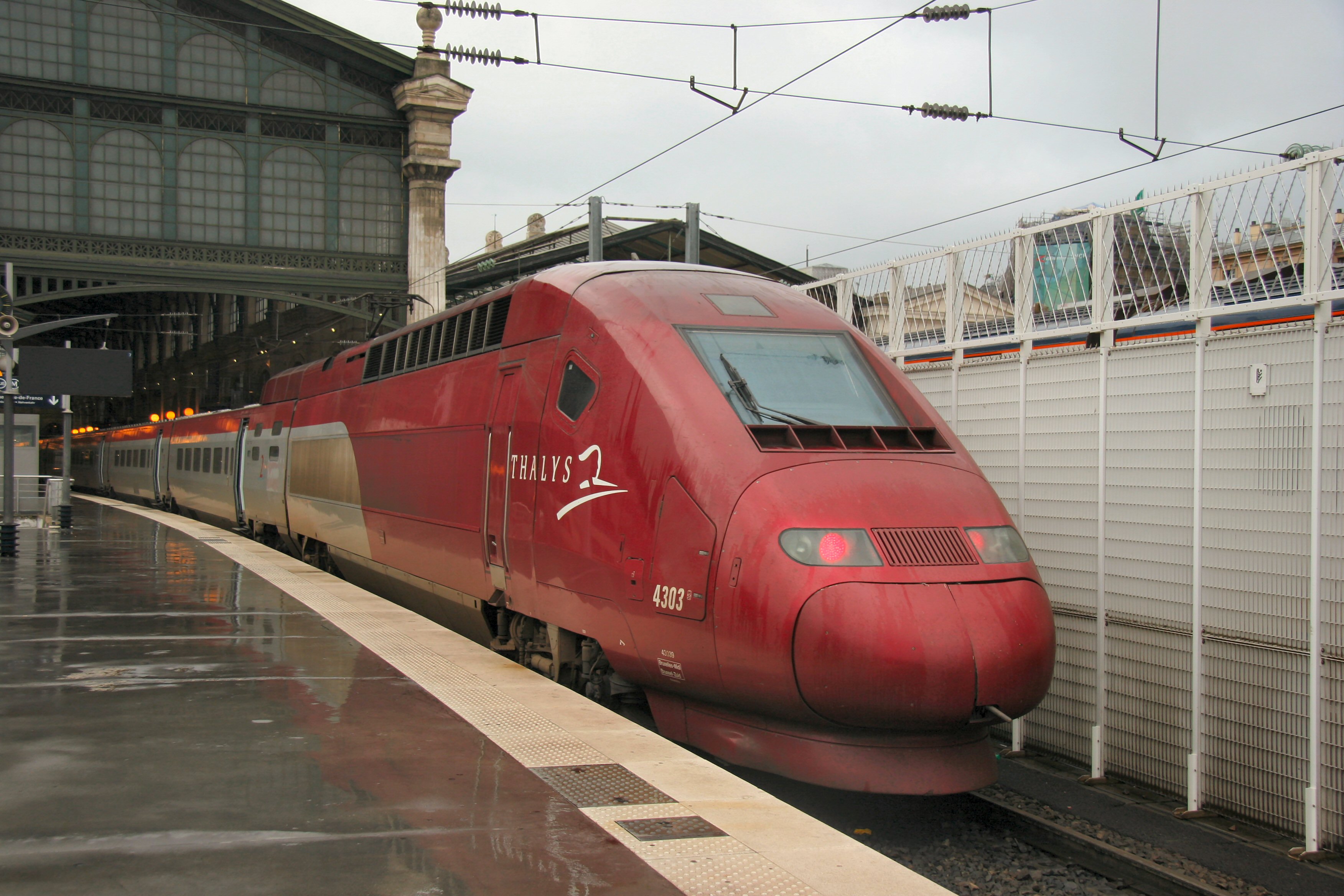
From Gare du Nord we caught a Thalys service to Brussels and then on to Zeebrugge.
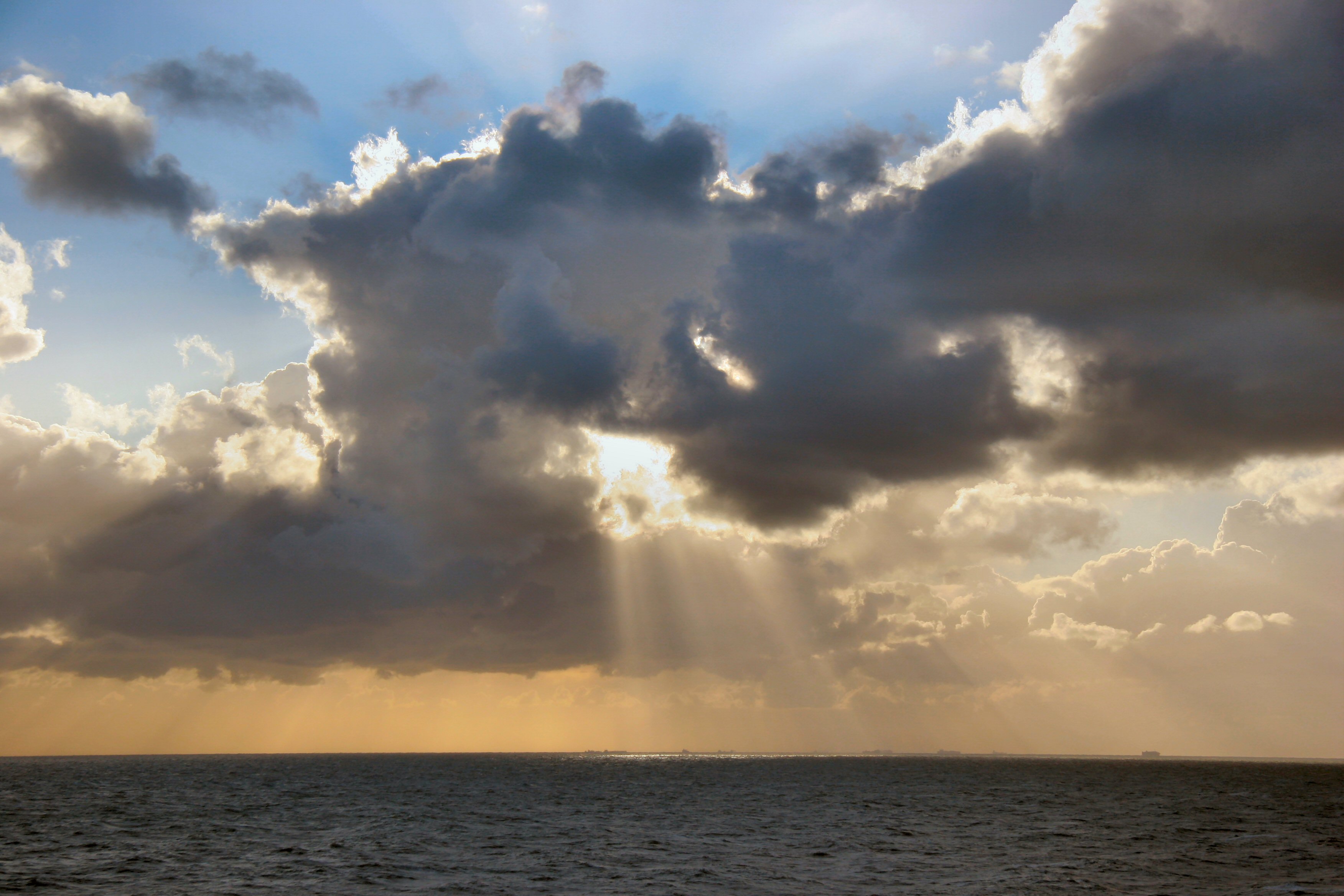
Early the next day we were sailing up the Northumberland coast in another service that has disappeared, the Zeebrugge - Rosyth ferry. With the eye of faith you can just make out the humps and bumps of the Farne Islands, Lindisfarne and Bamburgh Castle.